The fastest way to turn your PDF into a polished booklet is to let us handle the print – but if you’d like to test on your own printer first, our clear guides below have you covered.
Great, upload your PDF file along and our experts will give it a thorough preflight check. If we notice anything that needs changing, we'll let you know.
Excellent, we have step-by-step guides. We have clear instructions for printing your booklet from PDF in Acrobat, MS Publisher, InDesign and Affinity Publisher.
If you’re considering getting your PDF printed as a booklet professionally, here’s why we at Ex Why Zed stand out:
We’re print perfectionists. Your booklet will be handled by experts who specialise in short-run booklets, zines, and books. We ensure crisp text, vibrant images, and a clean finish that represents you or your brand beautifully.
⚠️ Our team double-checks every PDF so you get a result that a typical home printer just can’t match.

No one likes surprise costs. We offer free delivery on all orders UK-wide, so the price you’re quoted is the price you pay – no extras. Whether you’re in London, Manchester, or a small village, your printed booklets will arrive safely at your doorstep without any shipping fee.
Using our Printed Project Builder you can get an instant price for your booklet project. Just input your specs (size, page count, quantity, etc.) and see the price – or use our Booklet Printing product page for guidance on options. When you’re ready, you can upload your PDF using WeTransfer. It’s a smooth, hassle-free experience – no need to email large files or worry about FTP. (And of course, if you prefer a human touch, you can always email us or call – we’re here to help.)
We’re not just a print shop; we’re your printing partners. If you have questions, need a template, or aren’t sure about something, check out our Resources like the File Set-Up Knowledge Base or just reach out. Our friendly team will guide you, as we genuinely want your project to succeed. Printing can be complex, but we make it simple by being available to assist at each step.
In short, we’re passionate about printing and we take pride in helping creators like you. Feel free to get a quote or ask us anything – even if you’re not ready to print just yet. We’re here to provide advice, reassurance, and of course, top-notch printing when you need it.
Printing a PDF as a booklet can feel intimidating to first-timers. You might be worried about page order, margins not fitting, or how to print double-sided without messing up the layout. We get it – these concerns stop many budding authors and creators in their tracks. The good news is that turning your PDF into a real booklet is easier than it seems, and we’re here to walk you through it step by step.
At Ex Why Zed, we speak your language. We specialise in helping novice and self-publishers – from independent authors and artists to community groups and small businesses – get their PDF documents printed as professional booklets. In this guide, we’ll show you exactly how to print a booklet from a PDF. We’ll cover everything from setting up your PDF correctly, to using common software (Adobe Acrobat, Microsoft Publisher, Adobe InDesign, and Affinity Publisher) to arrange and print your pages in booklet format, and finally to double-checking technical details like margins, bleed, and printer settings. By the end, you’ll be confident that your booklet will look and feel right.
✅ Expert Tip
If at any point you feel overwhelmed or simply prefer an expert to handle it, we’ve got you covered. All we need is your PDF file – send us your PDF and we’ll do the rest.
You might be wondering what software or tools you can use to create a booklet from your PDF. The answer is: there are several options, from beginner-friendly to professional design programs. Below, we’ll go through four popular methods step-by-step:
Adobe Acrobat or Reader
Great for most users. Acrobat (including the free Adobe Reader) has a built-in booklet printing feature that simplifies the process.
Microsoft Publisher
Good for home office users. Publisher can import PDFs and arrange them into a booklet format.
Adobe InDesign
Advanced option for designers who want fine control over layout and typography.
Affinity Publisher
Advanced and affordable alternative to InDesign, ideal for designers on a budget.
Scroll down to your program of choice ⬇️
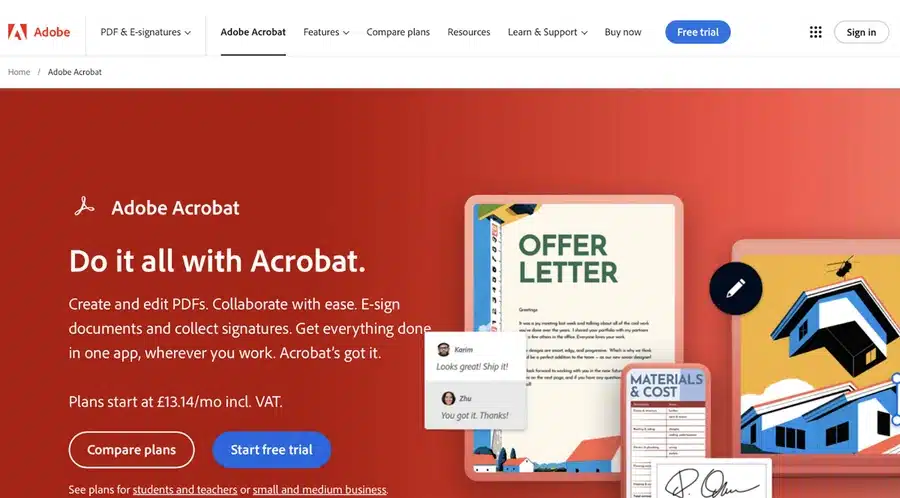
Adobe Acrobat is one of the simplest ways to print your PDF as a booklet. Even the free Adobe Acrobat Reader application includes a booklet print setting that arranges pages automatically. Follow these steps to print a booklet from your PDF using Acrobat:
Ctrl+P on Windows or Cmd+P on Mac). The Print dialog will appear. Under “Page Sizing & Handling,” select the option for Booklet. This tells Acrobat you want to print in booklet format, which will automatically arrange two pages per sheet in the correct order.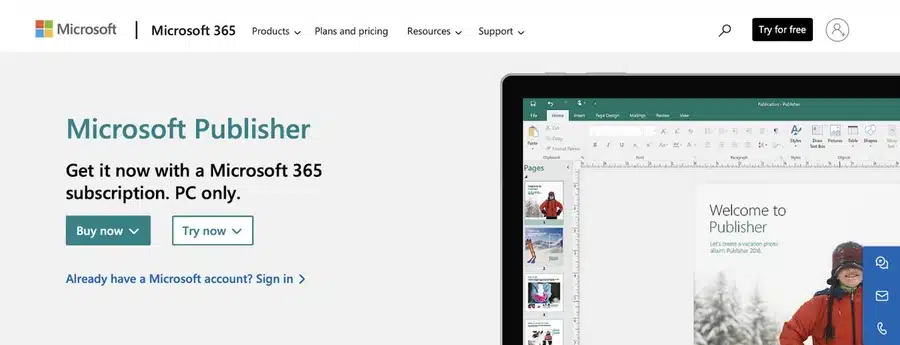
Microsoft Publisher isn’t as commonly used as Acrobat for PDFs, but it’s a handy tool if you have it as part of Microsoft Office. Publisher can import your PDF pages and arrange them for booklet printing. Here’s how to do it:
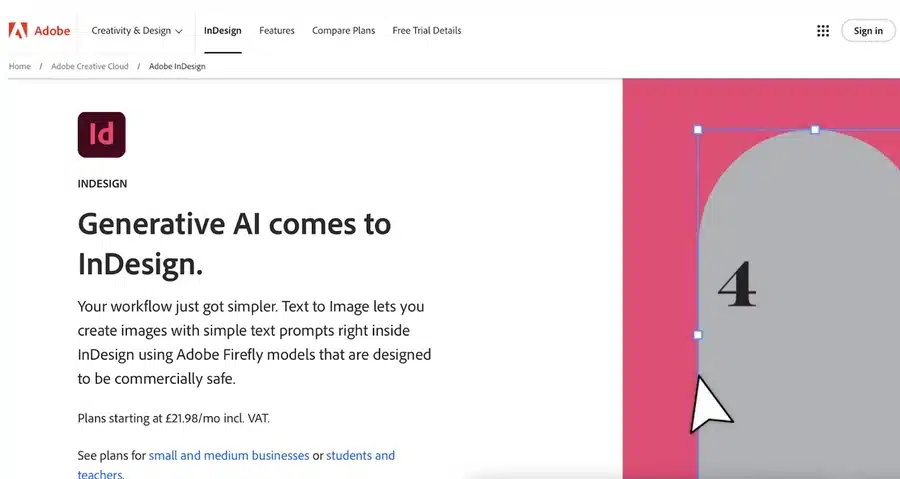
If you have Adobe InDesign and your PDF needs more sophisticated layout adjustments, InDesign offers powerful control. This is typically used by design professionals or if you want to add or tweak design elements while creating the booklet. The process is a bit more involved: you’ll place the PDF into an InDesign document and use the Print Booklet feature.
Here’s how to print a PDF booklet with InDesign:
✅ Expert Advice
InDesign gives you the most control, so it’s ideal if you plan to design the booklet further or merge multiple PDFs, add new content, etc., before printing. But for simply printing an existing PDF as-is, the earlier methods might be quicker.

Affinity Publisher is an increasingly popular design tool (a one-time purchase alternative to InDesign) that also can handle booklet printing. If you own Affinity Publisher, you can use it similarly to InDesign to arrange and print your PDF as a booklet. Follow these steps:
✅ Affinity Publisher is powerful, but for a straightforward PDF-to-booklet task, some users might prefer the simpler Acrobat route unless they are already working in Affinity.
Regardless of which software you use, a successful print starts with a properly prepared PDF. Here are the key things to get right in your PDF before you hit print:
In short, a well-prepared PDF means less chance of surprises when printing. If you’re unsure about any of the above, don’t worry – at Ex Why Zed, we run a free pre-print file check (preflight) on every PDF you send us. We’ll let you know if anything is amiss (like missing bleed or low resolution images) before we print, so you can fix it and avoid disappointment.
✅ Ready for a flawless finish? Upload your PDF and we’ll do the folding, trimming and stapling for you.
When you’re ready to print, taking a moment to verify your printer settings can make the difference between a flawless booklet and a frustrating misprint. Pay attention to these settings:
Before printing the entire run, we highly recommend doing a test print of a few pages of your booklet (or even the whole booklet in a draft mode). This trial run will reveal if the margins are correct, if the page order works out, and if any settings need tweaking. It’s much better to catch an issue on 4 printed pages than on 100!
If you made any changes in InDesign, Publisher, or another program (for example, adding bleed or adjusting layout), you’ll likely export a new PDF to print from or send to a printer. When exporting your final PDF for booklet printing, keep these in mind:
✅ By paying attention to the export settings, you’ll create a PDF that is truly print-ready. If all of this sounds technical – don’t worry. As part of our service, we handle these technicalities for you. Simply supply the best PDF you can, and we’ll ensure it meets the requirements before printing.
Printing a booklet from a PDF might seem tricky at first, but as we’ve shown, it can be a straightforward process with the right steps. Whether you use a basic tool like Acrobat Reader or professional design software, the key is careful setup and a bit of patience. Always double-check your page order, settings, and do that small test print. With a bit of preparation, you’ll end up with a stunning booklet that you can be proud of.
Remember, the goal is to have your story, artwork, or information presented in a tangible, easy-to-read format. There’s nothing quite like holding that finished booklet in your hands – it makes your PDF’s content feel real and impactful. We hope this guide has demystified the process and empowered you to print booklets confidently.
And if you ever hit a snag or decide you’d prefer the professionals to handle the printing, you know where to find us! Ex Why Zed is here to help you at every step – from prepping files to the moment your beautiful booklets arrive at your door.

A: The good news is you usually don’t have to rearrange pages manually – the software will do it for you. Simply keep your PDF in the normal reading order (1, 2, 3, 4, …). When you select a booklet printing option (for example, in Adobe Acrobat’s print dialog, choose “Booklet”), the program will automatically impose the pages into the correct order for booklet format. This means the first and last page end up on one sheet, second and second-last on another, and so on. If you’re printing at home and not using a booklet feature, you’d need to manually arrange pages in a new document – but using the built-in booklet print settings is by far the easiest and least error-prone method.
A: “Splitting into a booklet” can be interpreted a couple of ways. If you mean arranging one PDF into a booklet format, you don’t actually split it – you print it as a booklet (as described above) by selecting the booklet layout in print settings. The software handles which pages print on the same sheet. If you meant splitting a regular PDF file to make two booklet files (like splitting content into two booklets), you’d use PDF editing software to divide the pages into two separate PDFs, then print each as a booklet. But generally, to convert a PDF into a booklet format, use the print settings designed for booklet output, rather than trying to reorder pages yourself in the PDF.
A: You have a few free options:
A: Typically, PDF is the preferred format for booklet printing (and you’re already there!). Printers love PDFs because they preserve layout, fonts, and images reliably across different systems. As long as your PDF is high quality (see our preparation tips above), you’re set. You don’t need to convert it to another format. If your content is in a Word document or another format currently, the best approach is to export it as PDF. This locks in your design. In rare cases, a printer might accept other formats (Adobe InDesign files, Illustrator files, etc.), but you’ll have to include fonts and images – with PDF you avoid all that complexity. So, short answer: PDF is the way to go for booklet printing.
A: Yes, you can use a home printer to print a PDF as a booklet by using the methods described (like Acrobat’s booklet print setting). Many people do this for short, simple booklets. However, there are a few caveats to be aware of:
We obviously encourage you to print your booklet with us at Ex Why Zed for the best results – our prices are fair, our team will check your files, and the quality of our printing (high-resolution, vibrant inks on proper paper, with full bleed) is substantially better than what you’ll achieve on a typical home printer. Plus, you don’t have to do the collation and stapling yourself. But for a one-off or an experiment, a home printer is a good start using the tips in this guide. If you try it at home and aren’t satisfied, you know where to find us to get a quote for a truly polished booklet!
We hope this guide has been helpful in turning what might have been a daunting task into an achievable project. If you’re ready to take the next step:
Whatever you choose, the team at Ex Why Zed is here to support you. Happy printing, and good luck with your booklet project!
Recently, the print industry has undergone exciting changes, moving away from the past to embrace innovation. If you’re a designer, artist, publisher, or print business owner, you’ve likely noticed that print has evolved beyond ink on paper. In 2025, it’s not just about what you print, but how and why you print it.
From AI-powered workflows and sustainable materials to hyper-personalized prints and short-run flexibility, the print world is undergoing a creative and technological renaissance.
Whether you're navigating rising material costs, exploring new revenue streams, or just trying to keep your production process efficient, staying ahead of the trends is no longer optional—it’s essential.
The good news? There’s never been a more exciting time in this industry. In this post, we break down the top 10 print trends shaping 2025—so you can work smarter, create better, and stay ahead of the curve.
Print nowadays is smarter, faster, and more sustainable than ever. From AI automation to eco-conscious materials, the industry transforms how we design, produce, and deliver print. Here are the top ten trends that's making waves in the print industry:
You're not alone if you’ve ever guessed how much stock to print and ended up with unsold material. Print on Demand, as a business model, fixes that for your online business and supports your business growth. Print on Demand trends 2025 is a must-have for small brands and indie creators who want to sell unique products in high demand and creative designs.

You upload a design, someone places an order, and it gets printed—it's that simple. There’s no upfront inventory cost, storage stress, or pressure for massive runs, contributing to a favorable average profit margin. This makes it ideal for testing products or running a lean eCommerce brand in an online store.
The best part? It syncs perfectly with personalization, especially for high demand products. Whether it's art prints, tees, or merch, customers want unique items including home decor items.To fulfill these needs, POD delivers fast, high-quality results without locking you into bulk.
If you’re an author ready to publish or a creative launching new designs, POD gives you the freedom to test and grow without the upfront risk. At Ex Why Zed, we specialize in high-quality short runs, offering the flexibility and professional finish independent creators need. With a helpful team and no-pressure order sizes, it’s a reliable way to bring your work to life, your way.
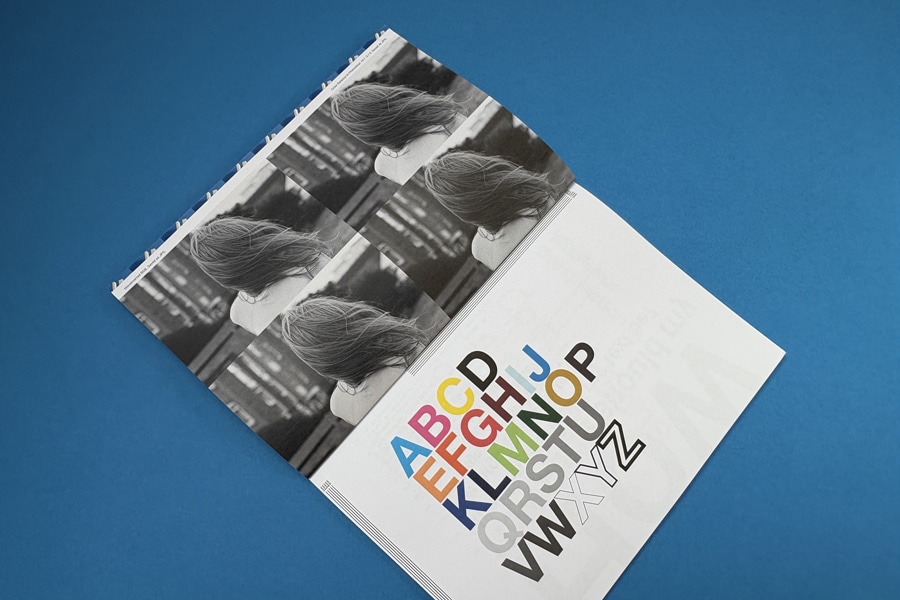
Let’s be real—time is money, especially when clients want results yesterday. Digital printing provides the speed, precision, and personalization modern businesses need without setup headaches or long delays.
Forget large minimum orders. Whether you're printing brochures for a pop-up or custom labels for a product launch, digital printing scales effortlessly.
Tech upgrades in inkjet and toner mean print quality now rivals traditional offset. You get sharp color, quick turnarounds, and happy customers, minus the waste or waiting.
If you're exploring digital printing for your creative work, ExWhyZed offers a flexible, high-quality solution. Our HP Indigo presses are ideal for short runs—whether it's one copy or a few hundred. You’ll get sharp, professional results without the bulk commitment.
We also offer free file checks and paper samples to help you get it right the first time. Plus, with fast turnaround and optional fulfillment, the process stays smooth from start to finish. You can check out the complete details of digital printing here.
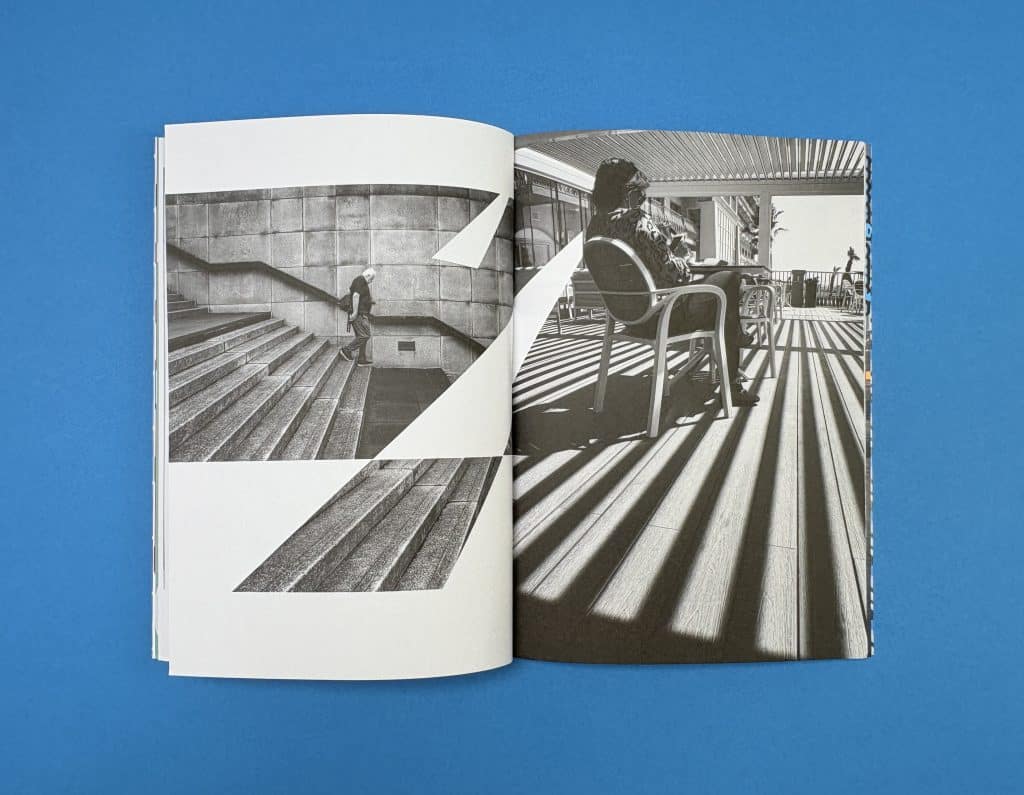
Think 3D printing is still just for models? Not anymore. Currently, it’s reshaping everything—from jewelry and packaging to prosthetics and product parts—with custom, on-demand designs that actually work.
Picture this: a designer creating made-to-order metal rings. A startup printing functional product samples in hours, not weeks. 3D printing makes it real and fast.
It’s perfect for one-offs, short runs, and complex ideas that traditional methods can’t afford. If your business thrives on innovation or personalization, this is your playground.
And it’s not just plastic anymore. With materials like ceramics, metal, and biocompatible materials in the mix, 3D printing is unlocking design freedom across industries.
AI and ML aren’t just buzzwords—they’re changing how print businesses operate day to day. In 2025, these technologies will power a smarter, faster printing process, boosting efficiency and personalizing outputs.
AI-led automation streamlines tasks and allocates resources better, so your team spends less time fixing errors and more time delivering results over a long time. Marketing efforts are enhanced as ML analyzes customer data to create tailored print materials that include product recommendations, boosting engagement and loyalty.
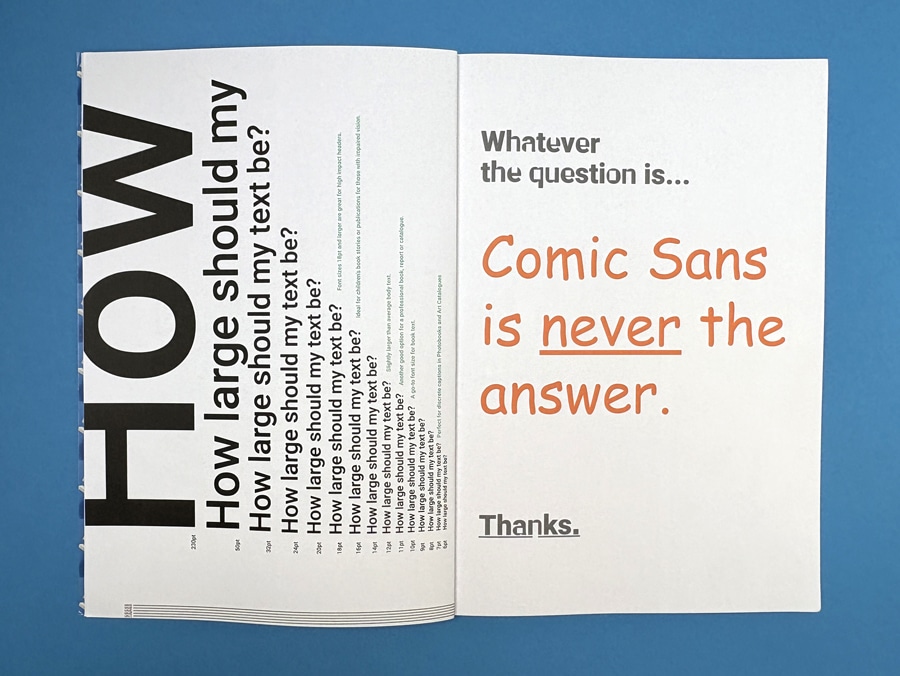
Technically, AI improves print quality by automatically optimizing colors, resolution, and sharpness—no extra steps are needed.
Thanks to predictive maintenance, ML helps identify equipment issues before they cause downtime, keeping operations smooth. With all this built in, AI and ML aren’t future upgrades—they’re tools helping print companies work smarter and save money today.
Cloud printing is a game-changer. In 2025, it is helping businesses stay lean, creative, and responsive by connecting print processes with the flexibility of the cloud.
Need to fulfill a custom tote bag order from across the country? No problem. Cloud printing lets you design, approve, and send jobs from anywhere—perfect for remote teams and eCommerce sellers.
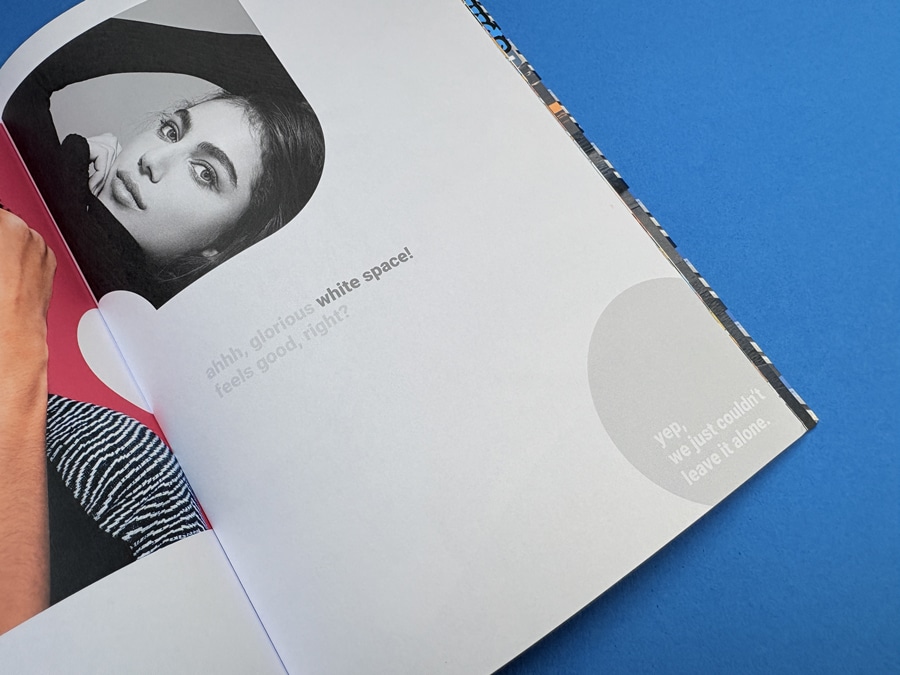
It also supports real-time collaboration and helps automate production queues, so deadlines are met faster with fewer errors. Plus, it cuts infrastructure costs and scales as you grow.
Cloud printing offers freedom, efficiency, and a competitive edge to businesses looking to move fast and stay ahead in the print industry.

Sustainability nowadays isn’t optional anymore—it’s a value customers expect. Eco-friendly printing will go mainstream, with print shops using smarter materials like compostable phone cases and cleaner processes to cut their environmental footprint.
Think recycled paper, water-based inks, and energy-efficient machines. It’s not just about going green—it’s about staying relevant to conscious buyers who care how products are made. These changes, from reduced waste to lower emissions, show your commitment to the planet and build long-term customer trust.
ExWhyZed is committed to eco-friendly printing and is exemplified in their collaboration with Moof Magazine. For Issue 12, we have utilized 100% recycled Evolution Uncoated paper for both the 160gsm cover and 90gsm inner pages, achieving a sustainable yet high-quality finish.
This approach demonstrates that environmentally conscious choices can coexist with vibrant design and professional production. ExWhyZed's dedication to sustainability ensures that creators can produce compelling print materials without compromising their environmental values. Check it yourself here.
Everyone wants something made just for them. That’s why personalization is a powerhouse trend, turning generic prints into meaningful experiences customers connect with.
Using digital printing and variable data, brands can tailor every piece—from names on mailers to custom colors on packaging—without slowing down production.
Personalization is more than a design tweak. It increases emotional connection, boosts response rates, and builds loyalty. Customers feel seen, and they keep coming back.
As AI and machine learning evolve, expect even deeper personalization at scale. The future of print isn’t one-size-fits-all—it’s tailor-made, every time.
Technology is reshaping print, and innovative packaging is leading the charge in 2025. It blends digital features into products, offering interaction and visual storytelling beyond basic information. Smart packaging connects with smartphones to deliver nutritional data, usage tips, or even augmented reality experiences.
Consumers can scan codes or tap embedded chips to access brand videos or games, enhancing their experience with product descriptions that attract target customers. It also boosts authenticity and traceability, fighting counterfeiting and showing the product’s journey. Interactive packaging builds brand affinity by offering engaging experiences.
Smart packaging adds value beyond the label as expectations rise, redefining what print means in a connected world.
Pocket printers are booming currently, offering sleek, mobile printing for those who need quick results anywhere. Compact and wireless, these devices enhance the shopping experience by freeing users from bulky desktop printers. From photos to labels, the convenience is unmatched.
They’re more than gadgets—they spark creativity. Print a photography on a trip becomes a real-time memory.
Moreover, these printers redefine how people engage with physical media, making print personal and accessible.
As digital life speeds up, portable printers highlight how print remains relevant—agile, fun, and fully integrated into modern lifestyles.
In 2025, data is essential for print businesses seeking efficiency and growth. Analytics tracks performance, trims costs, and reveals opportunities. It empowers smarter decisions by highlighting production output, satisfaction levels, and operational gaps.
Understanding trends and customer behavior uncovers innovation paths. Predictive tools help forecast demand, improving planning.
Besides, data-driven resource allocation cuts waste and boosts performance. Lastly, analytics provides the clarity needed to pivot quickly, optimize services, and stay competitive.
Data ensures it moves forward with purpose and precision as the print industry evolves.
As the print industry evolves, Ex Why Zed is your strategic partner for staying ahead in the market. Our expertise in various printing media helps streamline your operations smoothly as we deliver innovative, customized solutions, keeping in mind various industry trends.
Plus, our ability to seamlessly integrate eco-friendly practices and personalization into print operations makes our client stand out in the industry.
Let us help you stay ahead of the curve, streamline your processes, and create lasting impressions with customers in the world of print. Contact us now!
The print world isn’t what it used to be—and that’s good. In 2025, printers aren’t just pushing ink on paper anymore; they’re pushing boundaries. Whether battling fierce competition or responding to what today’s customer really wants (think: fast, personal, and eco-friendly), the industry is in full-on transformation mode.
We’re seeing way more than just sleeker machines. AI, machine learning, and 3D printing are baked into everyday print workflows. It's not just about speed—it’s about smart, data-driven choices. And let’s talk about customization. From personalized packaging that tells a story to pocket printers that fit in your palm, everything’s getting more personal, mobile, and interactive.
Even traditional setups are evolving. Cloud printing, digital workflows, and Print on Demand Market Trends 2025 models are helping businesses move faster, reduce waste, and stay profitable in a tough market. This isn’t just progress—it’s a total reimagining of what print can do.
Artificial Intelligence (AI) significantly impacts the print industry by automating complex tasks, optimizing operational processes, and enhancing quality control in the manufacturing process. It allows real-time adjustments, predictive maintenance, and personalized print content, increasing efficiency, decreasing waste, and lowering operational costs.
Eco-friendly printing significantly reduces the industry's environmental footprint by utilizing sustainable materials and practicing energy-efficient operations. It minimizes waste, decreases toxic emissions, conserves natural resources, and promotes a healthier planet.
Small print businesses can integrate sophisticated e-commerce solutions by partnering with all-in-one production software platforms. These platforms can automate print production, enhance quality control, offer online ordering, payment processing, and shipping automation, providing an effective way to improve efficiency and scalability in print production, graphic design, and distribution.
To stay competitive in 2025, print businesses in the printing industry should embrace advanced technologies like AI and data analytics, adopt practical ways for eco-friendly printing practices, utilize the right tools to offer personalized printing solutions with sustainable printing partners, integrate smart packaging technology, leverage digital and cloud printing services, and respond quickly to changing consumer preferences.
Personalization greatly enhances consumer engagement in the print industry. It enables businesses to deliver unique designs and tailored experiences that resonate with individual customer preferences. By providing personalized print materials, enterprises enhance customer experience, increase customer loyalty, and ultimately drive sales growth.
An informative 5 minute read.
At Ex Why Zed, we understand that printing a zine is more than just producing a publication—it’s about bringing a creative vision to life with precision, quality, and a deep understanding of the message it conveys. Zines are unique, personal expressions of art, culture, identity, and activism. Whether you’re aiming to self-publish a zine, create a perfect bound zine, or produce an eye-catching stapled zine, we are here to guide you through the journey, from the first spark of creativity to the final printed masterpiece. Our expertise lies not just in the technical aspects of zine printing, but also in helping creators preserve the essence of their vision, ensuring it resonates through every page.
To help you make informed print choices when you self-publish a zine, we’ve analysed and dissected a series of recent zine printing projects that highlight how different binding methods, paper choices, and design considerations come together to create exceptional zines. Whether you are producing an A5 zine, exploring perfect binding for a polished finish, or opting for a stapled zine for a raw, DIY feel, the following case studies will offer valuable insights into how you can elevate your zine with thoughtful, expert printing. From bold political statements to dynamic art and music explorations, each project reveals the creative potential of zine printing and how Ex Why Zed brings these ideas to life with care and craftsmanship.
Let’s dive into the journey of these incredible zines and discover how we helped each project achieve its unique impact through expert printing solutions.

The journey with Burnt Roti Issue 5 was a testament to the power of zine printing in delivering a bold, unflinching narrative. This zine tackles complex issues surrounding British-Asian identity politics, combining fierce political commentary with striking design elements. The cover alone—a vivid, provocative illustration featuring prominent political figures—sets the tone, while the choice of perfect bound zine ensures that the publication has a durable, professional finish while staying true to its rebellious spirit.
From the matte lamination on the cover to the 115gsm silk inner pages, Burnt Roti Issue 5 offers a tactile contrast that enhances the experience. The distressed typography and high-quality full-colour illustrations speak volumes about the zine’s theme of defiance against the status quo. The perfect binding method, paired with Ex Why Zed’s precision in colour printing, allowed for a premium finish that didn’t dilute the raw energy of its content. This project highlights how thoughtful paper and binding choices—coupled with technical advice and collaborative spirit—bring out the zine’s full potential.
Read the full Burnt Roti Issue 5 Zine case study here ›

When So Young Magazine reached its 50th issue, Ex Why Zed was there to support them in producing a staple bound zine that not only celebrated the magazine’s milestone but also showcased the energy and vibrancy of the independent music scene. Featuring dynamic photography, bold typography, and an eclectic mix of artists, this issue was designed to resonate with music lovers and culture enthusiasts alike.
The custom 245x172mm zine format combined with staple binding made this publication both compact and substantial, inviting readers to experience its content up close while maintaining a sleek, professional look. The use of full-colour images, interspersed with vivid neon hues and typography, perfectly captured the magazine’s essence. By advising on cost-effective paper types and ensuring the content maintained visual consistency, Ex Why Zed helped So Young Magazine deliver a publication that truly stands out in the world of music journalism.
Read the full So Young Issue 50 Zine study here ›

For Cunning Folk Magazine, a publication that blends mystical and folklore-inspired content, the challenge was not only the tight turnaround time but also the need for precision and consistent quality. This 240x170mm zine, produced on FSC-certified paper, needed a professional perfect zine format that would offer both durability and a tactile, portable experience for readers. The use of litho printing for this long-run project ensured cost-effectiveness and gave zine an uncompromising premium look.
Ex Why Zed’s customer-focused approach, along with guidance on digital versus litho printing for a print run of 1200 copies, ensured that Cunning Folk Magazine was produced quickly and effectively. The tactile uncoated paper stock and perfect binding gave the magazine the feel of quality printing, ensuring every page—whether filled with detailed illustrations or insightful text—was printed to perfection.
Read the full Cunning Folk creative writing zine case study here ›

Shooter Issue 17, a literary journal exploring 'The Unknown', exemplifies how design and content work together to elevate the narrative. Produced with perfect binding and using a premium 120gsm uncoated stock for inner pages, this perfect bound zine seamlessly combined the elegance of poetry with the raw power of visual art. The design choice of pastel greens as a bed for the minimalist typographic choices reinforced the theme of exploration while keeping the visual narrative clean and readable.
At Ex Why Zed, we worked with the editor to navigate technical challenges, from adjusting images for print to ensuring that each page of Shooter Issue 17 felt cohesive with the zine’s artistic vision. The perfect binding method not only preserved the tactile quality of the zine but also elevated its status as a collectible piece. The seamless integration of design and content showcased Ex Why Zed’s ability to handle intricate creative projects with expertise and precision.
Read the full Shooter Issue 17 case study here ›

Tyler Dolph’s In A Flash, a zine that captures the fervor of Columbus Crew FC’s passionate fans, is an excellent example of how the A5 zine format can bring to life a dynamic, high-energy project. The perfect binding technique used for this project ensured that each page—a stunning collection of full-colour images and bold typography—was beautifully presented and durable enough to withstand heavy handling by fans.
By using smooth silk paper and providing guidance on high-quality full-colour printing, Ex Why Zed helped Tyler create a publication that was as much a collectible piece of art as it was a celebration of sport. The A5 zine format was perfect for this type of project, offering just the right balance between portability and visual impact.
Read our perfect bound photography zine case study ›

Meat Magazine 8 is a prime example of how stapled zines can be used to create visually impactful publications that reflect a unique and raw aesthetic. Printed on recycled paper stock with the cover onto a bespoke kraft-style sheet, the magazine aligns with eco-conscious values while presenting cutting-edge design. The stapled binding allows the zine to maintain its zine-like quality while still offering a professional presentation that engages readers through its bold typography and experimental layouts.

Ex Why Zed's expertise in choosing the right materials for the project—FSC-certified recycled stock—ensured that Meat Magazine 8 not only delivered visually but also aligned with sustainable publishing practices. The stapled zine format offered the perfect solution for an indie publication that needed to reflect its DIY roots while maintaining high print standards.
Nominated for a Guardian award speaks volumes about the design, content and styling prowess.
Read the case study of the first zine we ever printed ›

A-Z Lookbook 24 by Zeros Art blends the worlds of pop culture and artistic illustration in a stunning A5 zine format. The perfect binding and use of FSC-certified silk paper ensured that the finished product was both luxurious and tactile. The bright and contrasting colours of the illustrations jump off the pages, while the minimalist typography ensures the art takes centre stage.

Ex Why Zed's input in choosing the right paper stock and providing expert guidance on print quality ensured that every detail—from the vivid colours to the crispness of the typography—was faithfully rendered. This perfect bound zine showcases how powerful design and quality production come together to elevate a creative vision.
Enjoy the case study of our creative industry zine printing ›

Phantasmag Issue 1—a B5 zine that merges horror, music, and art—was printed with precision to reflect its bold and evocative content. The perfect binding of this 250x176mm zine allowed for a professional finish that didn’t compromise the raw energy of the design. The restrained use of colour, with black-and-white illustrations punctuated by flashes of pink, sets the tone for this dark exploration of horror culture.
The collaboration between Ex Why Zed and Phantasmag ensured that the technical aspects—colour conversion, paper choices, and layout adjustments—were all executed seamlessly, resulting in a visually cohesive publication that aligned with the zine’s unique themes.
Read the perfect bound zine printing case study here ›

Peak Magazine Issue 4 pushes the boundaries of traditional zine design with its oversized A3 format, making it an immersive publication that highlights urban and natural landscapes with stunning visuals. The unbound, nested format enhances the tactile experience, inviting readers to fully engage with the content. The use of vibrant hues, combined with sleek typography and spacious layouts, creates a perfect balance between the text and images. The dynamic layouts, full-page spreads, and bold imagery allow each spread to breathe, while still guiding the reader through the magazine’s visual narrative. The oversized format elevates the storytelling, enabling readers to fully appreciate the detailed photography that captures the urban grit and natural beauty featured throughout.

Read the case study of this impressive A3 zine here ›

Still Listening Issue 9 combines dynamic design with a celebration of emerging music talent. The zine's experimental approach to typography and its juxtaposition of bold, full-bleed images with clean body text creates a visually engaging experience. With two alternate covers and a strong sense of individuality, this project highlights how A5 zines can reflect the energy of music and subcultures while still maintaining a clear visual identity. The uncoated paper stock adds a tactile dimension to the zine, creating a matte finish that allows the vibrant illustrations and images to shine. The design choices—ranging from bright colour contrasts to a minimalist layout—capture the raw energy of the indie music scene, making it both a collector's piece and a visual feast.
The typography in Still Listening Issue 9 is a standout feature, with its mix of bold sans-serif headings and playful script fonts. The script on the cover adds a personal, handwritten touch, enhancing the indie zine vibe while maintaining readability. Inside, the careful balance between large images and white space ensures that the zine doesn’t overwhelm the reader, despite its bold design. This interplay between text and imagery invites the reader to slow down and fully absorb the content, whether it’s an interview with an emerging artist or a feature on a new music genre. The A5 zine format complements this design, making it both portable and visually compelling—perfect for music enthusiasts and zine collectors alike.
Read our music zine printing case study here ›

The Worldie 23/24 Lookbook is a visual celebration of artistic expression and football culture. The perfect binding in this A5 zine format elevated the experience, providing a sleek and professional finish while still capturing the vibrant energy of the street football community. The use of vivid colours, combined with sharp typography, helped to make this publication an immersive journey into the style and spirit of Worldie FC. The mix of street fashion photography and dynamic graphic design embodies the fluid, energetic world of football culture, offering a bold contrast between athleticism and style. Each page is carefully designed to draw attention, making the lookbook as much about the art of football as it is about fashion.

Beyond the visuals, Worldie 23/24 Lookbook conveys a deep sense of community and inclusivity, which is reflected in both the design and content. The interplay between full-colour spreads and minimalist text gives the publication a unique rhythm, allowing the reader to be absorbed in both the visuals and the stories. The decision to use FSC-certified materials reinforces the brand’s eco-conscious stance, aligning with the values of sustainability in football culture. The A5 zine format complements the need for a publication that’s accessible, portable, and packed with punch, making it a perfect blend of style, art, and activism.
Read the perfect bound zine case study here ›

The Dyke Express is unapologetic, loud, and proud—just like its message. With its hand-drawn, bold typography and powerful illustrations, this zine creates a compelling narrative of lesbian identity and community. The A3 unbound, nested format made it easy to engage with, allowing the bold statements and evocative visuals to dominate the page. The large-scale design choices reflect the raw, unfiltered voice of the zine, with each page demanding attention.

The black-and-white colour scheme, complemented by illustrations of diverse faces and bold typography, reinforces the message of unity within diversity, capturing the strength and power of the lesbian movement. This unbound design invites readers to freely interact with the publication, reinforcing its grassroots, DIY ethos.
Get inspired to print a large format zine, with the full case study ›
We hope this selection of winning zine styles has helped you visualise what can be achieved with zine printing at Ex Why Zed. They were curated to give a wide spectrum of print choices.
Whether you are looking to self-publish a zine, create a perfect bound zine, or explore stapled zine printing, Ex Why Zed’s expertise and commitment to quality ensure your zine project is in expert hands. From the A5 zine to larger formats, every publication benefits from our personalised approach, ensuring that your creative vision is brought to life with precision, care, and high-quality craftsmanship.
Our dedication to sustainability, attention to detail, and expert advice means that we are not just a printer—we are a partner in your creative journey.
🌟 Accessible, Expert, Friendly Advice. If you haven't done this before, don't worry, we have!
👩💻 Free File Check and Preflight. We aim for perfection and will let you know if anything needs changing.
💃🏻 We Talk the Talk, But We Also Walk the Walk. ⏰ Replies in minutes from print experts, not days or weeks.
🌲 All Papers are FSC Certified. Sustainable printing guaranteed and we also use vegetable inks for litho jobs.
🚀 Fast Turnaround. Zine delivery in 3 working days. Perfect bound zine delivered in 4.
🏆 Finest Digital and Litho Print. HP Indigo and Heidelberg Litho - the best possible quality for short, medium and long print runs.
🖨️ Professional Printing process. Best industry practice, not a Mickey Mouse website where you throw JPGs at the screen then keep your fingers crossed.
🛠️ Flexible Custom Options. The answer is "Yes", now what is the question?
🖼️ Enjoy 500 Case Studies in our Portfolio. Not made-up CGI nonsense like the other sites have 🤣
😍 A Solution For Every Budget. We always quote for a range of quantities to help hit your target price.
🎁 FREE Paper Samples. Make the best possible choice from our extensive print options.
🌍 FREE UK Delivery. Your print will arrive by tracked courier, the day after it leaves us.
🌍 Worldwide Shipping at cost price from a network of couriers.
✅ Transforming Your Ideas Into Print Since 2006.
Start a conversation with us today on hello@exwhyzed.com or 01206 766647 and see how we can transform your idea into a beautifully printed publication that speaks to your audience.
Let Ex Why Zed handle your book fulfilment, storage, and distribution! Click to read more.


You've poured your heart and soul into your manuscript. Late nights, early mornings, countless revisions—and now, finally, your story is ready to meet the world. But wait. How do you transform that digital document into a physical book that readers will treasure? One that stands proudly on bookstore shelves, catches the eye, and feels professional to the touch?
Welcome to the art and science of book design—where your words become a visual experience.
Whether you're a first-time novelist with a literary gem, a poet crafting a collection of verses, or a photographer assembling a stunning visual narrative, the design of your book speaks volumes before a single word is read. In this comprehensive guide, we'll walk you through the essential resources that will elevate your self-publishing journey from amateur to impressive. From captivating covers to perfectly balanced typography, from spine design to illustration collaboration—we've curated expert advice that puts professional-quality design within your reach.
Let's turn your literary dream into a beautifully designed reality that readers won't be able to resist.
If you’re at the beginning of your self-publishing journey, our comprehensive How to Self-Publish a Book UK Guide is your roadmap. It breaks down each step—from editing and formatting to ISBNs and marketing—into manageable chunks.
To ensure you don’t miss any critical details, our Self-Publishing Checklist serves as your companion document, offering a systematic approach from manuscript to printed book.
When it comes to book layout and covers, having the right tools makes all the difference. Our Essential Graphic Design Software Tools for Success guide helps you choose programs that suit your skill level—whether you're DIYing or working with a pro.
Start with the 6 Steps to Mastering Book Cover Design to understand how concept, composition, and genre expectations work together.
Learn what makes a design pop with Eye-Catching Book Cover Design for Self-Publishing Success, and draw inspiration from our Best Book Covers: Top 20 Designs That Will Amaze.

If you’re handling the design yourself, How to Make a Book Cover for Self-Publishing offers file setup instructions that ensure your cover prints perfectly.
Our guide to Designing a Perfect Bound Book Cover walks you through accurate spine width, bleeds, and layout essentials.
Your back cover is vital real estate. Learn how to write a compelling blurb, position your barcode, and style the layout with Crafting the Perfect Book Back Cover.
Typography plays a huge role in how your book is perceived. The Ultimate Guide to the Best Fonts for Self-Published Books helps you select readable, polished fonts that match your genre and tone.
For extra creativity, our Creative Book Cover Ideas explores how imaginative font pairings and title styling can grab attention instantly.
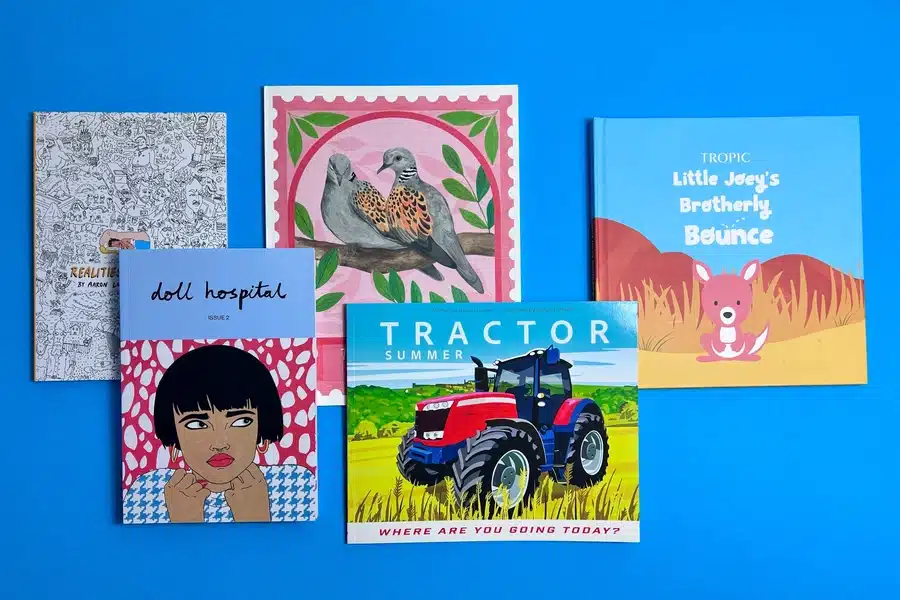
Looking to commission illustrations? Our guide on How to Find an Illustrator for a Self-Published Book covers how to brief an artist, where to find talent, and tips for creative alignment.
For more tailored support, use our Design Brief for Children’s Book Illustration to bring young readers' stories to life, or refer to our Design Brief for Photography Book Artwork for stunning, high-impact visual books.
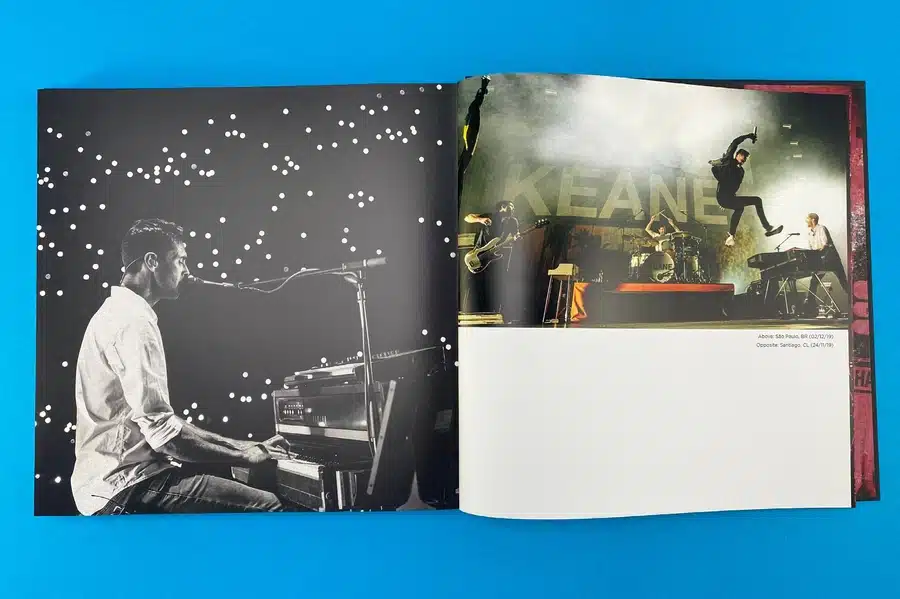
If you’re publishing a picture book or illustrated story, your cover must appeal to both kids and parents. Discover how to create joyful, colourful covers with Engaging Children’s Book Covers: A Visual Delight, packed with genre-specific design advice.
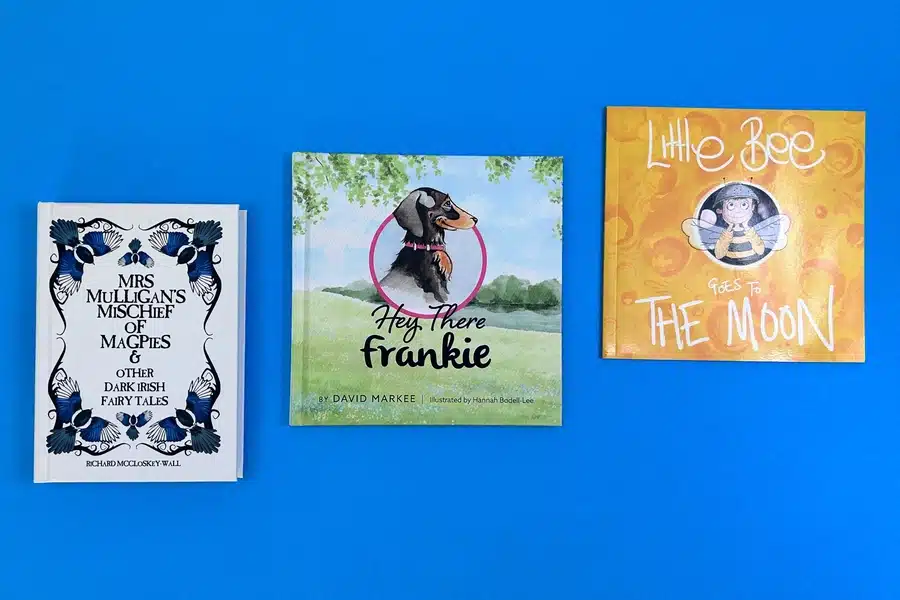
Designing your self-published book isn’t just about making it look good—it’s about building a meaningful reading experience. Each design decision contributes to how your story is received, remembered, and loved.
With the expert guides linked above, you’re equipped to make confident, informed choices. Good design expresses your unique voice and brings your story to life on the printed page.
Your words deserve to be wrapped in design that amplifies their power. Your story deserves a format that invites readers in. And you deserve to hold a finished book that reflects the care, creativity, and effort you’ve poured into it.
We will just need a high res PDF file to go ahead. SO do use the program you are most comfortable with laying out the artwork in. Ensure that you are happy with how everything looks on the page, then Export or Save As PDF. Easy!
We'll give the files a thorough check and preflight when they arrive and at that stage we will flag up anything that doesn't look right so you can change it before printing.
Ready to place an order? Click Here and Let’s Go!
With the rise of online platforms, self-publishing has become increasingly popular among authors worldwide. Authors can set their budgets and retain creative control. However, self-publishing comes with production costs that vary based on various factors. In this blog post, we'll detail self-publishing costs approaching 2025 to help you manage your budget effectively for a successful self-publishing journey.

Multiple factors influence the cost of self-publishing of your own book in 2025. Key factors include the type of book and its genre, production quality, marketing and distribution efforts, and developmental costs like editing and cover design. Let's examine these determinants in-depth to understand how they contribute to the overall cost of book production.
Book type and genre significantly impact self-publishing costs.
For example, text-heavy nonfiction books may incur high editing costs for fact validation and indexing, placing them in a higher price range. Similarly, historical fiction novels may require thorough research and fact-checking, leading to increased editing expenses. In contrast, genres like Science Fiction and fantasy often have more extended word counts, nearly double that of an average novel, resulting in higher overall publishing costs.
Children's books, including children’s book genres, also present unique editing and publishing challenges when working with a literary agent.
Production quality impacts self-publishing costs. Investing in a high-quality cover design enhances marketability but increases costs, including the cover price.
Superior interior layout and formatting services give a book a professional look, potentially boosting sales. Genres like children's books or comic books, which rely on illustrations, may incur higher costs due to expensive illustrators, affecting royalty arrangements.

Marketing and distribution are key self-publishing costs associated with various publishing companies. They include marketing services such as advertising, email marketing, social media management, book reviews, blogger outreach, and author events to boost visibility and sales.
Costs vary based on platforms, campaign intensity, and hired services. Distribution also incurs expenses like shipping, online retail sales, and distribution network fees for physical stores. Each method has its costs that impact self-publishing total costs.
Want to start your print book journey at a reasonable cost? Get a quote now!
Turning your manuscript into a professionally finished product involves several development steps. These steps include substantial stages of editing, designing an intriguing book cover, and meticulously formatting your book for print and digital versions, including clarifying the page numbers and the number of revisions you may need. Let's examine these development costs in more detail.
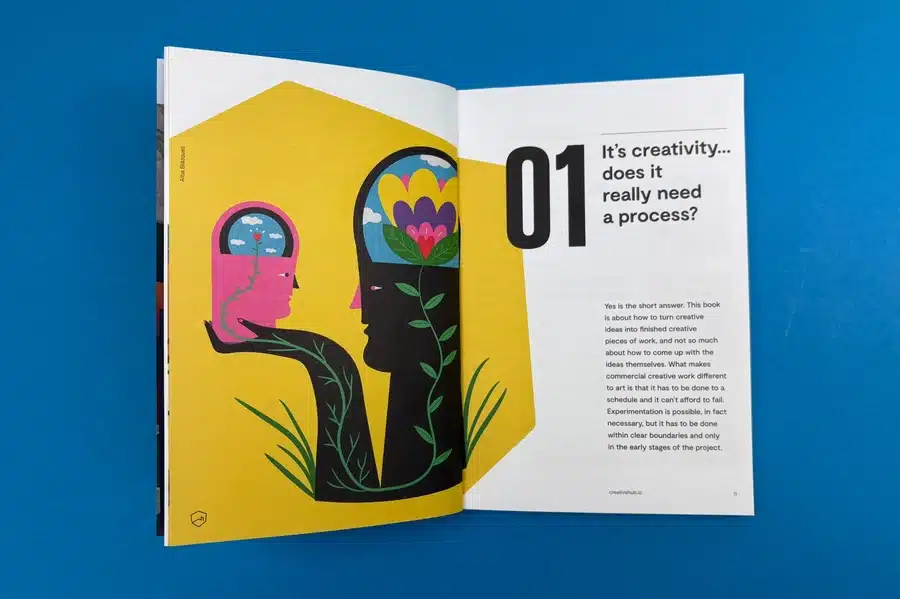
Professional editing is crucial in self-publishing, but it can be expensive. The cost of a professional editor varies significantly as editors provide developmental guidance, copy editing, and proofreading to ensure error-free manuscripts during the editing process. Depending on the editing type, the editor's experience, and the book genre, costs range from $0.01 to $0.12 per word. Nonfiction or historical fiction books requiring extensive fact-checking may incur higher costs.
| Service | Cost per Word |
| Developmental Editing | $0.07-$0.12 |
| Copy Editing | $0.02-$0.04 |
| Proofreading | $0.01-$0.02 |
These costs can vary based on factors like the need for increased fact-checking and the length of your book.
First impressions matter, even for print book cover design. The cover is the reader's first encounter with your book, so a practical and attractive design is essential. Depending on whether you design it yourself or hire a professional, the average cost of cover design for a book cover can be between $200 and $3,000. A striking cover enhances your book's value and marketability, making the investment worthwhile.
Formatting your book interior design for print and digital versions and utilizing book cover design services is crucial for a smooth reading experience. DIY book formatting tools save costs but may not yield professional results. Hiring a formatter can cost up to $1,000 but ensures a polished look. Consider cost-effectiveness and quality when choosing between DIY or professional services.
Adding illustrations or stock images to your book can increase self-publishing costs. Custom illustrations, especially color or detailed ones, can be expensive due to the illustrator's skill level and requirements. Licensing images from stock photo websites is cost-effective but may limit creativity. Knowing these costs can help you budget for self-publishing accurately.
Once your manuscript is ready to be transformed into a physical or digital book, it's time to consider the production costs. Production costs primarily encompass the actual printing of the book. Let’s explore the various production options and their respective costs.
Print-on-demand (POD) is a cost-effective method for self-publishing authors, including options like Ingram Spark. Books are printed on demand, reducing upfront costs. Authors can avoid bulk printing expenses and storage fees. Depending on size, color, and paper quality, POD services typically cost between $4-$14 per book. Costs are deducted from royalties with every purchase.
| Book Type | Cost Per Book |
| Black and white interior | $4-$6 |
| Colour Interior | $7-$10 |
| Premium color interior | $10-$14 |
Remember, the perceived cost-effectiveness of POD depends on the scale of your book project and the expected number of copies to be sold.
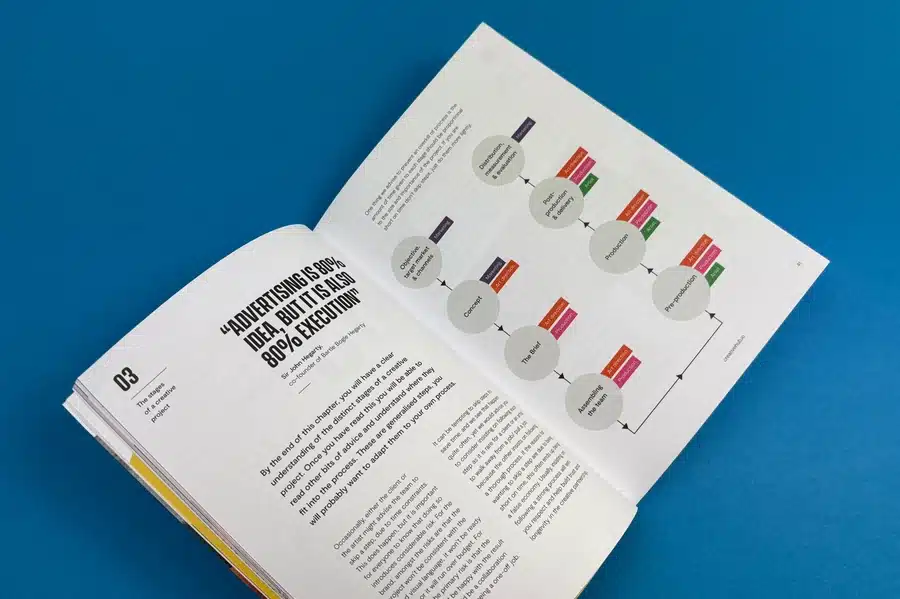
Bulk printing can be cost-effective for selling large quantities of your book. It reduces production costs per book but requires upfront investment and additional inventory management. Consider storage and shipping costs when calculating total expenses for bulk printing.
| Quantity | Cost per Book |
| 100-499 books | $5-$8 |
| 500-999 books | $4-$7 |
| 1000+ books | $3-$6 |
These figures fluctuate based on the type of book, its size, and the print quality desired.
Ebooks eliminate physical production costs for self-publishing. However, converting your manuscript to EPUB or MOBI format may incur expenses for device compatibility. You’ll need different formats for the eBooks to ensure compatibility. DIY conversion with free software like Calibre or Sigil is an option but comes with a learning curve. Professional eBook conversion can cost $50 to $500, depending on complexity. Remember, while eBooks reduce production costs, distribution and marketing challenges remain.
Once the book is ready, it's time for it to reach the hands of readers. The cost of distributing your self-published book depends mainly on how much profit you aim to make and your chosen distribution channels. Whether you decide to distribute via print-on-demand services, sell through online retailers, or utilize distribution networks for physical bookstores, each option has costs and considerations. Let's delve into this further.
If you choose bulk printing, managing shipment and fulfillment is crucial. If you lack space at home, storage fees can add up. Hiring a fulfillment services company can streamline distribution, freeing you to focus on marketing. These companies handle storage, packing, and shipping, easing logistical challenges. Fees vary based on service level, usually from $1 to $5 per order plus warehousing costs.
Online retailers such as Amazon, Kobo, and Barnes & Noble provide global exposure for your book. Amazon's Kindle Direct Publishing (KDP) offers access to millions of readers worldwide. However, these platforms charge distribution fees that may affect your revenue. For instance, Amazon KDP deducts a percentage of the listed price as a fee, which varies depending on the sale's location and the book's price. Despite these costs, online retailers offer wide distribution and visibility that can increase sales opportunities and profits.
Getting your self-published book into physical bookstores can be challenging. Authors negotiate consignment deals, risking payment only upon sales. Additionally, authors handle delivery and retrieval, increasing distribution costs in the self-publishing industry. Despite challenges, in-store display enhances credibility and reaches new audiences.
Depending on your marketing strategy, the costs can range from a few hundred to several thousand dollars. Book marketing includes advertising campaigns, maintaining a social media presence, sending press releases to local outlets, outreach to book reviewers, and organizing author events. Let's delve into these aspects to understand better the costs involved.
Advertising campaigns are vital for promoting your book and attracting readers. They can range from online platforms like search engines and social media, including Amazon and Facebook ads, to offline channels like newspapers or trade fairs. While online ads can start cheaply, broader campaigns may need a significant budget. A successful campaign will boost sales and contribute to your book's success. Key aspects include selecting the right platforms, creating compelling ads, and continuous monitoring for effectiveness and adjustments.
Authors need a strong social media presence to connect with readers, build a fan base, and promote their books. However, managing multiple accounts efficiently can be time-consuming and costly. Key factors in social media management include profile setup, content creation, and paid promotions to increase visibility for your book.
If you're curious about the social media promotion of your book, we have something for you. Check our ExWhyZed Promotion Pack!
Book reviews can enhance Yahoo's credibility, convincing potential buyers to purchase. Authors often send review copies of their books to prominent reviewers, bloggers, and influencers in their genre to boost exposure. Some services offer paid options for guaranteed reviews within a set timeframe, costing between $100-$ and $600.
Connecting with book clubs and hosting author events locally can effectively promote your book and enhance word of mouth. While some book clubs may feature your book for free, renting a venue for an author event can be costly. However, these events allow direct interaction with readers, potentially boosting sales. Providing signed copies or organizing giveaways can generate interest in your book, making it a valuable investment.
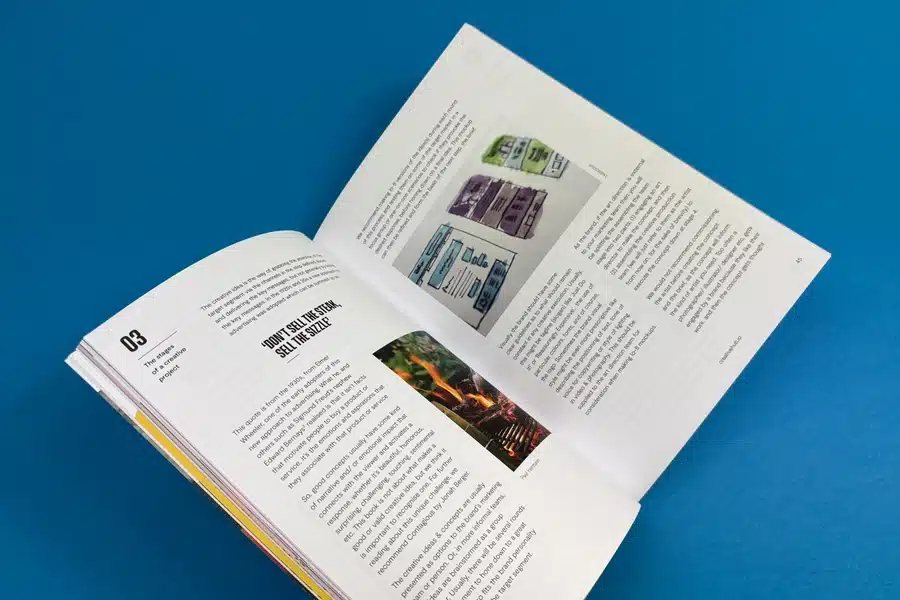
Understanding potential revenue and how royalties work is critical in determining the profitability of self-publishing your book. This involves analyzing book sales data, learning about print-on-demand and eBook royalties, and leveraging bulk printing for higher profit margins. Let’s delve into these areas in detail.
Tracking book sales data is crucial for understanding what works and where improvements are needed. Sales reports from publishing platforms offer insights into your book's performance, helping refine marketing efforts. Analyzing sales patterns, identifying peak periods, and targeting demographics can enhance your sales strategy and boost profits. Use this data, including insights from Google, to make informed decisions on pricing, marketing campaigns, and content improvements to maximize revenue.
Platforms offering print-on-demand (POD) or eBook publishing typically calculate royalties based on the book's list price minus its share and production costs. Amazon KDP, for example, provides up to a 70% royalty rate for eBooks within a set price range, and authors can purchase author copies for resale. Opting for POD or eBook publishing eliminates warehouse expenses, with printing costs deducted upfront, requiring minimal effort post-publication. However, higher royalty rates may require a higher book price to ensure significant profits after cost coverage.
Bulk printing is a cost-effective option for selling in volume. Although the upfront cost is higher, the per-copy cost decreases for print runs over 1,000 copies. While managing inventory and distribution may be challenging, bulk printing can be profitable if you have established sales channels or prefer complete control over distribution.
How much does it cost to self-publish your book? ExWhyZed offers flexible pricing to fit your budget, whether you need professional editing, stunning cover design, or strategic marketing. With precise upfront costs and competitive royalty rates, we ensure you get the best value for your investment. No hidden fees—just expert support to help you publish with confidence. Take control of your publishing journey today! Contact us at hello@exwhyzed.com or call +44 1206 766647 for more details.

Amazon KDP might be the go-to for self-publishing, but ease of entry doesn’t guarantee success. In fact, with high fees, crowded listings, and unpredictable support, many authors find themselves struggling for visibility and profit. This comprehensive guide explores the full self-publishing process—from manuscript prep to metadata—while revealing why ExWhyZed offers a smarter alternative. You’ll learn how to craft standout covers, format for maximum readability, and market your book beyond the Amazon echo chamber. More importantly, you’ll see how ExWhyZed’s transparent pricing, personal support, and expert design elevate your work from “just published” to truly professional. Whether you’re writing your first novella or launching a full series, this article delivers practical, high-level strategies to avoid rookie mistakes and publish with clarity, confidence, and control. Authors, this is your blueprint to doing self-publishing the right way—from the start.
Choosing a self-publishing company can make or break your book’s success—and this expertly curated guide reveals exactly who’s worth your time. It profiles the top 11 platforms, from Amazon KDP to Reedsy, comparing their strengths across pricing, royalties, distribution, and support. But the real insight? Self-publishing success goes beyond picking a platform—it’s about execution. The article highlights why professionally edited content, compelling cover design, and strategic metadata are non-negotiables if you want to stand out in a saturated market. Ex Why Zed emerges as the standout choice, offering a complete author support system: hands-on guidance, transparent pricing, expert formatting, and marketing that actually moves the needle. Whether you're just starting or scaling up, this isn’t another fluffy listicle—it’s a sharp, strategic roadmap that gives you the clarity and confidence to self-publish like a pro. If you want your book to sell, not just exist, start here.
Every author reaches that pivotal fork in the road: do you pitch to a traditional publisher or take the self-publishing route? This deep-dive comparison lays out both paths with clarity, insight, and no fluff. Traditional publishing offers prestige, built-in marketing muscle, and bookstore access—but at the cost of time, creative control, and lower royalties. Self-publishing flips the script, giving authors autonomy, higher earnings per sale, and speed to market, but demands upfront investment, smart marketing, and serious hustle.
The article expertly dissects key decision points—like who controls your design, how distribution works, and what kind of royalties you can expect—while offering actionable takeaways for every author’s journey. If you thrive on independence and creative freedom, self-publishing might be your perfect fit. Want a team to do the heavy lifting? Traditional might suit you better. Either way, ExWhyZed is ready to help you print like a pro—start your journey here.
Self-publishing today is about more than hitting "publish"—it's about mastering the tools that shape your book’s quality, visibility, and long-term success. This article lays out the definitive tech stack for modern indie authors, covering every phase from manuscript to marketing. You’ll discover powerhouse writing apps like Scrivener, design essentials like Vellum and Canva, and marketing game-changers such as BookBub, StoryOrigin, and MailerLite. Beyond the list, the guide offers strategic advice on where to invest your time and budget—whether it's hiring freelance designers or running email campaigns that convert. The key insight? Successful self-publishing isn't luck—it's leverage. With the right tools, authors retain creative control and produce polished, professional books that stand toe-to-toe with traditionally published titles. Whether you're a first-timer or a seasoned indie, this resource is your launchpad to doing self-publishing smarter, faster, and with lasting impact. Ready to go pro? Start with ExWhyZed.
Self-publishing in 2025 is less about guesswork and more about strategy—and this smart, step-by-step checklist gives authors everything they need to succeed. From polishing your manuscript with tools like ProWritingAid to creating compelling blurbs, professional headshots, and ISBN-registered covers, every element is covered with clarity and intent. The guide goes beyond the basics, offering insight into typography choices, layout finesse, author branding, and early review strategies—details that distinguish amateur books from truly professional titles.What sets this guide apart is its focus on readiness and results: it doesn’t just tell you what to do, but why it matters. Want to hit your deadlines, build buzz, and create a book you’re proud to share? Then this 12-step checklist is your launchpad. For authors who want their book to look and feel industry-grade from day one, ExWhyZed is ready to help you print and publish with polish—start your journey here.
Navigating self-publishing in 2025 is complex and costly. Still, strategic planning can be the best way for authors to achieve a feasible and profitable path compared to traditional publishers without spending a lot of money. Each step, from manuscript to marketing strategy, affects costs and success. Balancing cost-effective strategies, quality content, and effective marketing is crucial for a fulfilling and profitable self publishing journey.
Key factors affecting self-publishing costs include the main costs related to the type of book and its genre, traditional publishing production quality, marketing costs and distribution efforts, editing and cover designer and design costs, and whether you choose bulk printing or print-on-demand services.
While print-on-demand reduces upfront costs and eliminates the need for inventory, bulk printing offers a lower cost per unit but requires a more significant upfront investment. Depending on the scale of your book project and expected sales to a wide audience, both can be cost-effective.
Royalties for self-published books are primarily based on the book's list price minus the platform's share and production costs. Specific royalty rates vary between platforms, with services like Amazon KDP offering up to 70% royalties on eBooks priced within specific brackets.
Yes, it is possible to profit from self-publishing in 2025, provided you manage costs effectively, price your book competitively, execute a robust marketing strategy, and have a book people want to read. Though success requires substantial effort and time, self-publishing can be profitable.
Self-publishing has made it easier than ever for writers to bring their books to life without the need for a traditional publisher. Whether you're an aspiring author or an experienced writer looking for more control over your work, choosing the right self-publishing company is crucial, especially if you aim to bypass the traditional route that often involves finding a literary agent. If you’re thinking about self-publishing, you’re probably wondering which company is the best fit for your book. With so many options out there, it can be tough to decide. The goal here is simple: to help you find the best self-publishing company based on your needs—whether that’s affordability, distribution, creative control, or marketing support.
In this blog post, we’ll explore the top self-publishing companies, their features, and what makes them stand out so you can find the best fit for your publishing journey.

Self-publishing gives authors full creative control, faster publishing timelines, and higher royalties, making it an increasingly popular choice. However, success requires more than just uploading a manuscript—it demands professional editing, compelling cover design, proper formatting, and strategic book marketing. ExWhyZed simplifies this process by offering expert services that ensure your book meets industry standards and stands out in a competitive market. From polished editing to seamless distribution, we guide you every step of the way, making self-publishing easy, professional, and rewarding. Whether you’re a new or seasoned author, ExWhyZed helps turn your vision into a high-quality, market-ready book.
With the rise of self-publishing in the US, authors have a plethora of companies to choose from. To help you navigate this landscape, we've compiled a list of ten top self-publishing companies. From Amazon KDP's wide reach to Reedsy's personalized services, these platforms cater to various self-publishing needs.

When you set out to publish your book, you want more than just a printing service—you need real support, professional quality, and a seamless experience from start to finish. That’s precisely what you get with ExWhyZed.
Unlike other self-publishing platforms that leave you to figure things out independently, ExWhyZed provides expert guidance every step of the way. From professional editing and stunning cover design to precise formatting and global distribution, we ensure your book is polished and ready for the world.
What makes ExWhyZed stand out is their hands-on approach—real people helping you fine-tune your vision and making sure your work meets the highest industry standards.
One of the best things about ExWhyZed is our transparent pricing. With other platforms, hidden fees and confusing contracts can take away from the excitement of publishing, but ExWhyZed keeps everything clear and upfront. You’ll know exactly what you’re paying for, and you’ll retain full control over your work. The process is smooth, and with our expert advice on paper choices, formatting, and even marketing strategies, you can be confident that your book isn’t just another print job—it’s a high-quality, professional product that truly stands out.
Beyond printing, ExWhyZed provides an incredible range of resources to help you succeed as an author. Our "Get Inspired" section contains valuable guides and video tutorials to help refine your project.
We even offer free paper samples, making choosing the best materials for your book easier. Our guides on bleed settings and print specifications ensure that your final product looks exactly how you envisioned it. With ExWhyZed, self-publishing isn’t overwhelming—it’s exciting, rewarding, and completely within your control.
Amazon Kindle Direct Publishing (KDP) is popular for indie authors. It offers a user-friendly interface for ebook publishing and provides great royalty rates. KDP Select, which includes options for Kindle Unlimited, is a feature that allows exclusive distribution of book files on Amazon, unlike a traditional publisher. This can boost visibility and increase authors' earnings. Amazon's customer support is known for being helpful and responsive, providing a lot of support and making the publishing process smoother. For authors looking to reach a broad audience and maximize royalties, Amazon KDP is often the first step in their self-publishing journey.
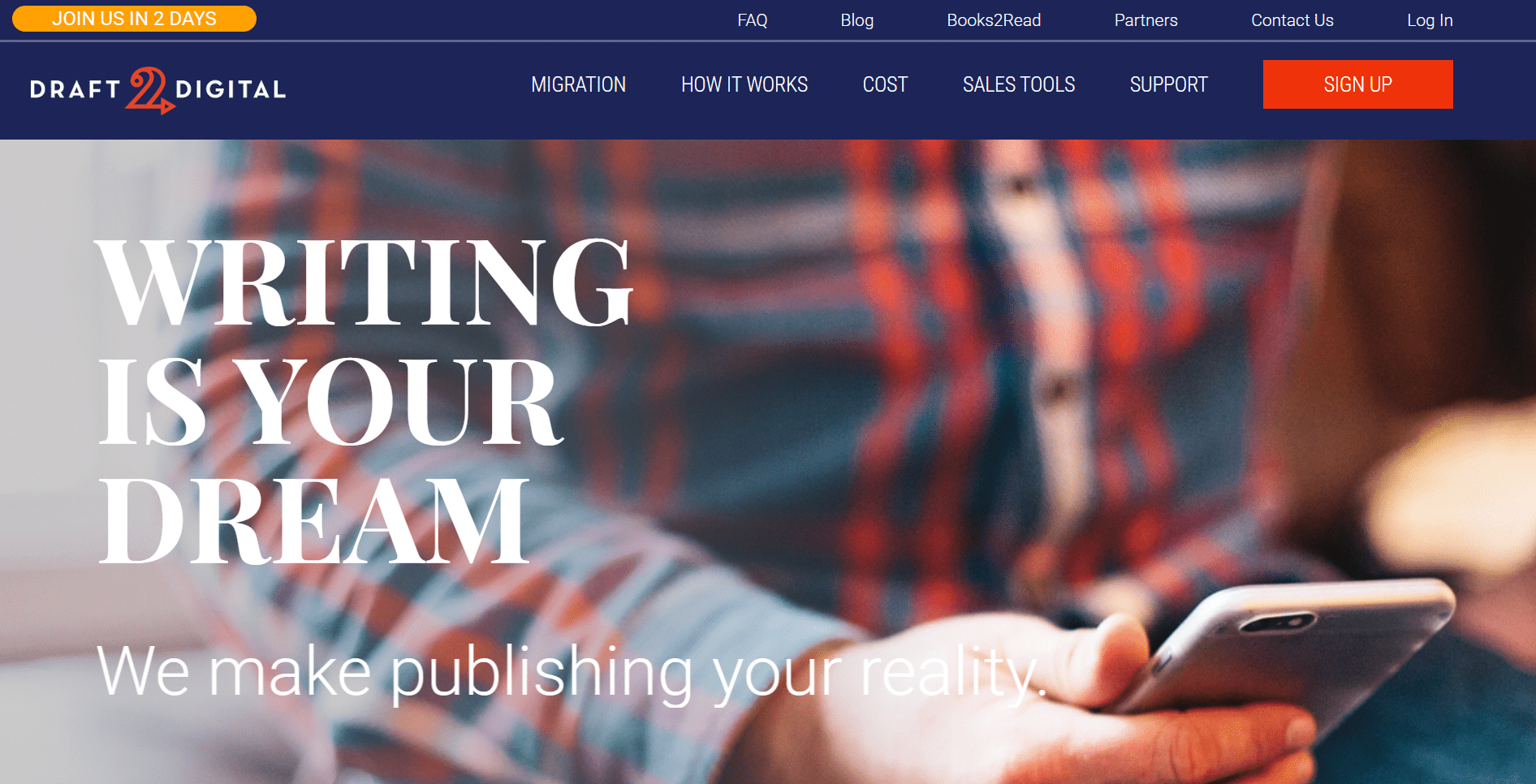
Draft2Digital (D2D) is a convenient platform for indie authors seeking seamless ebook distribution through universal book links. With user-friendly features and a focus on efficiency, D2D simplifies the publishing process. It offers various services like cover design assistance and competitive royalty rates. D2D stands out for its easy interface, making it an excellent choice for authors looking to reach major online retailers beyond just Amazon. This can be a significant advantage for indie authors looking for a hassle-free publishing experience, as D2D is a valuable ally in self-publishing.
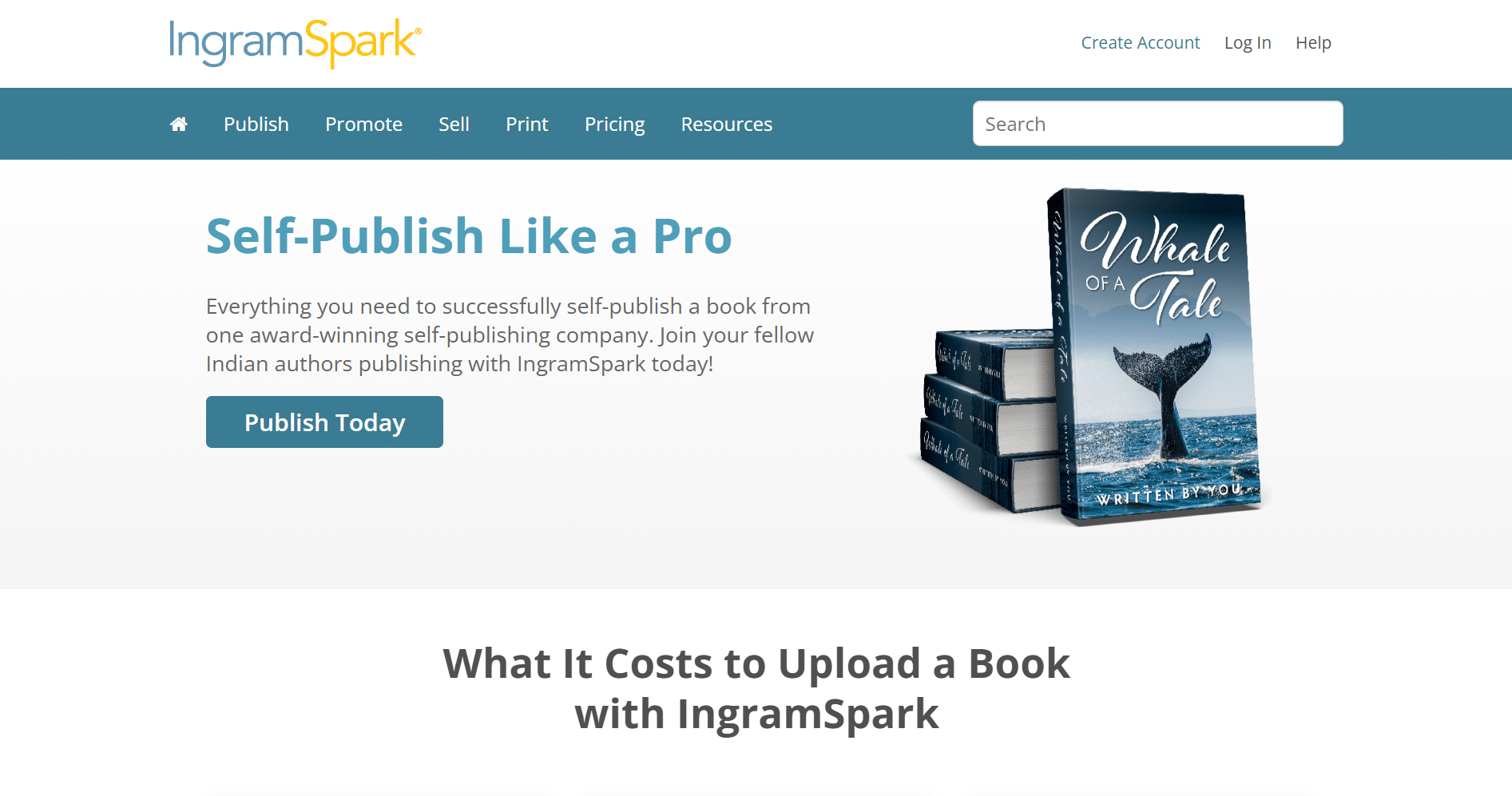
IngramSpark is a standout among self-publishing companies, offering a wide array of services for authors, including professional book design. It allows for the creation and distribution of print books and ebooks, making it a versatile platform for writers. With its user-friendly interface, authors can easily navigate the publishing process. Furthermore, IngramSpark enables access to major online retailers, expanding the reach of published works at the time of writing. Their focus on quality, including the royalty of the list price in their pricing strategy, including professional book printing, makes it a top choice for indie authors looking to self-publish efficiently and effectively.
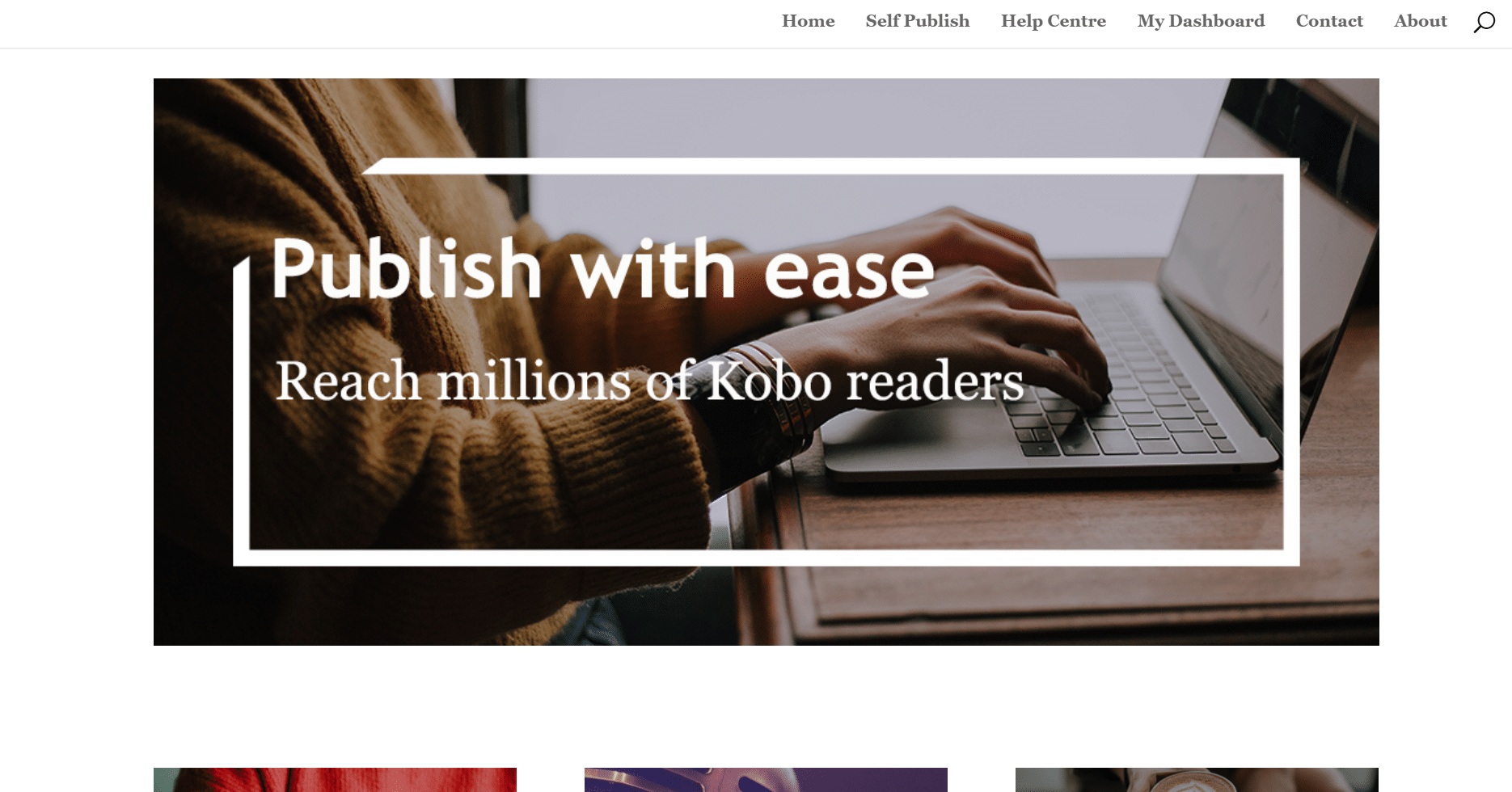
Kobo Writing Life offers a user-friendly platform for indie authors to publish their works. With a seamless interface, Kobo caters to a global audience, expanding its reach beyond borders. It allows authors to set their pricing and gain insights into performance metrics. Kobo Writing Life also provides audiobook and ebook publishing opportunities, tapping into diverse reader preferences and supporting Canadian ebook sales. The platform prioritizes author control, enabling customization of promotions and discounts. For authors seeking a comprehensive self-publishing experience, Kobo Writing Life is a valuable asset.
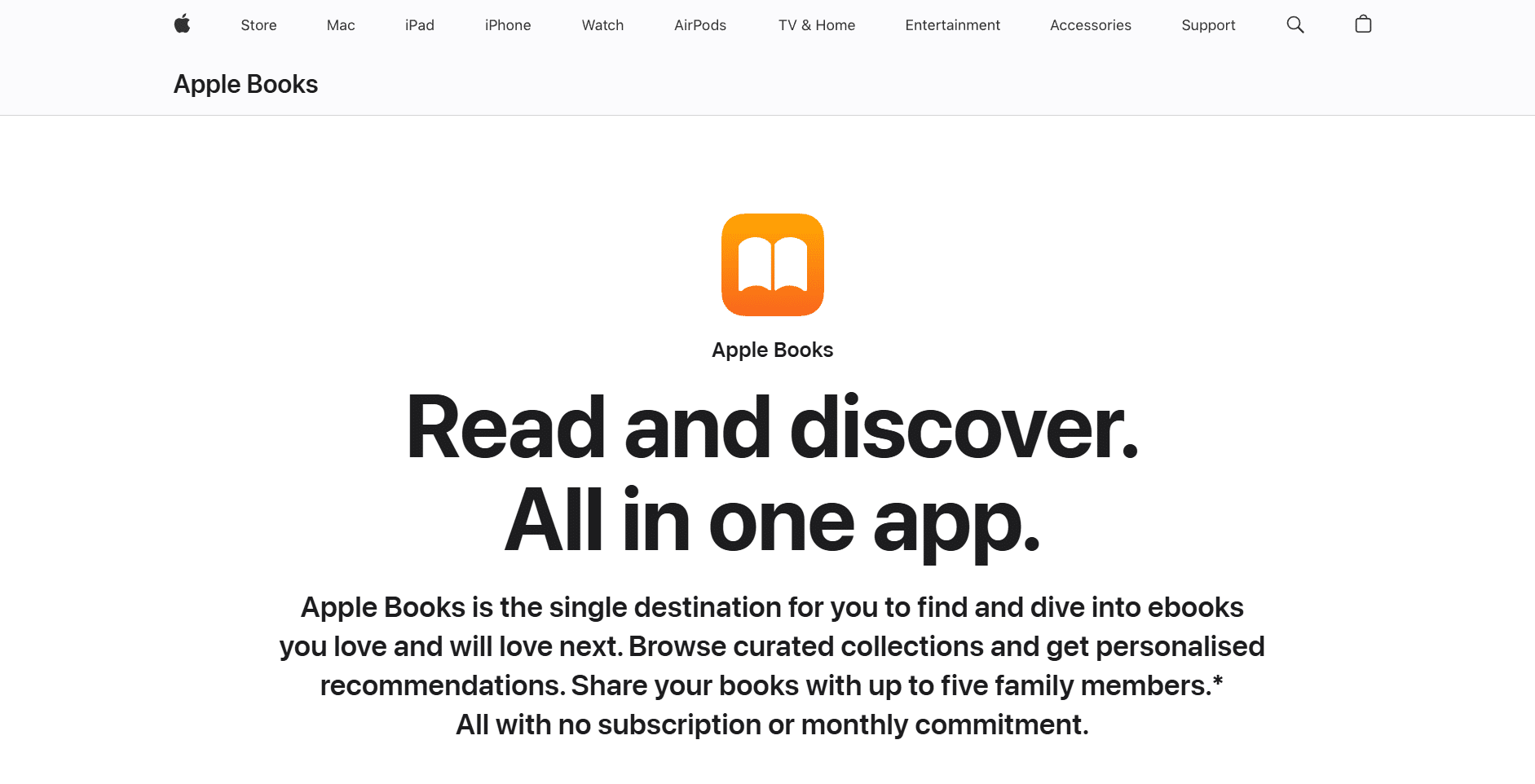
Apple Books is a key platform for authors looking to broaden their reach. With its user-friendly interface and global presence, Apple Books offers a seamless publishing process, including efficient book production services. As a Mac user, you can easily upload your manuscript and cover design to tap into the vast Apple Books market share. The platform's competitive royalty rates and wide availability across major online retailers make it a solid choice for indie authors. Utilize Apple Books to maximize your book sales and connect with a larger audience.
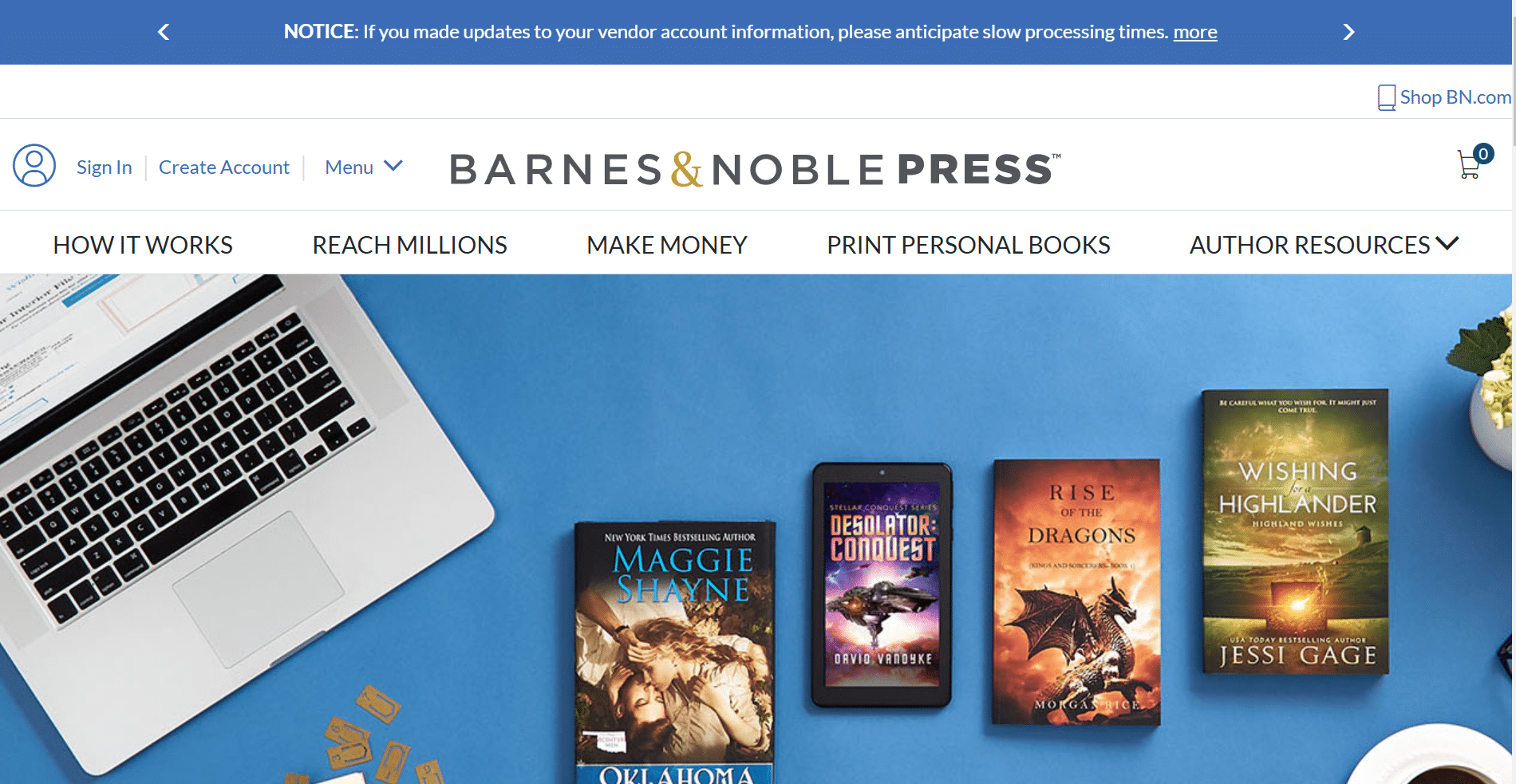
Barnes & Noble Press (B&N Press) offers a user-friendly platform for authors seeking to self-publish through Nook Press. With its intuitive interface and broad reach, B&N Press enables Mac users to navigate the publishing process easily. Authors can customize their book covers, set competitive pricing for both ebooks and print books, and take advantage of the cheaper printing costs available through Barnes & Noble Press. Barnes & Noble Press also provides excellent customer support to assist authors every step of the way, ensuring a smooth publishing experience. The platform is especially beneficial for reaching readers who prefer physical books over digital copies.
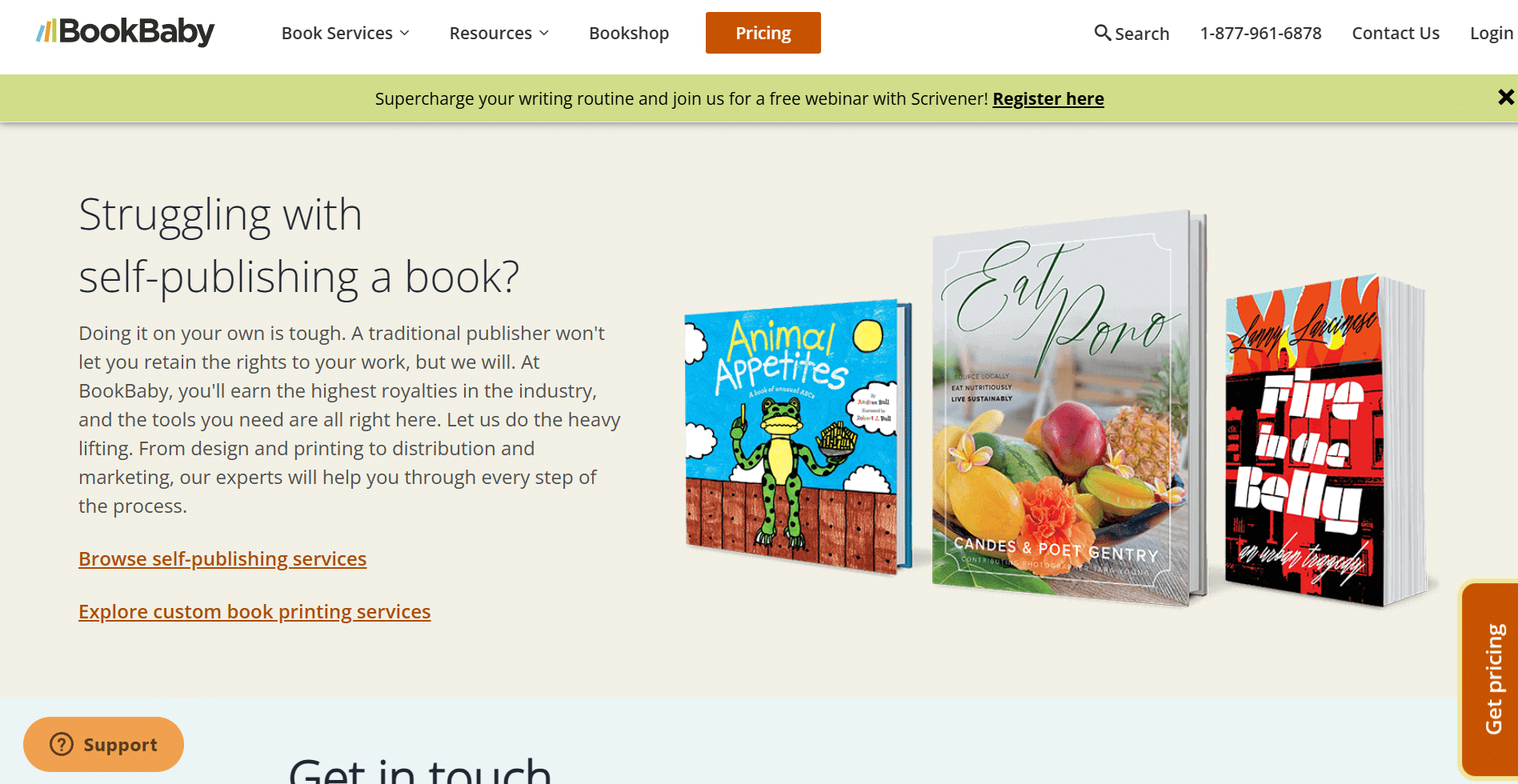
Bookbaby is popular among indie authors for its comprehensive range of services, including an attractive package deal. With a focus on assisting authors in every step of the publishing process, from manuscript to the marketing plan, Bookbaby offers much help in achieving successful book sales through various channels such as Bookshop. Their user-friendly interface and excellent customer support make the publishing journey smoother for authors. Bookbaby caters to both eBook and print book publishing, ensuring a wide variety of outreach for authors looking to establish their presence across different formats and platforms.
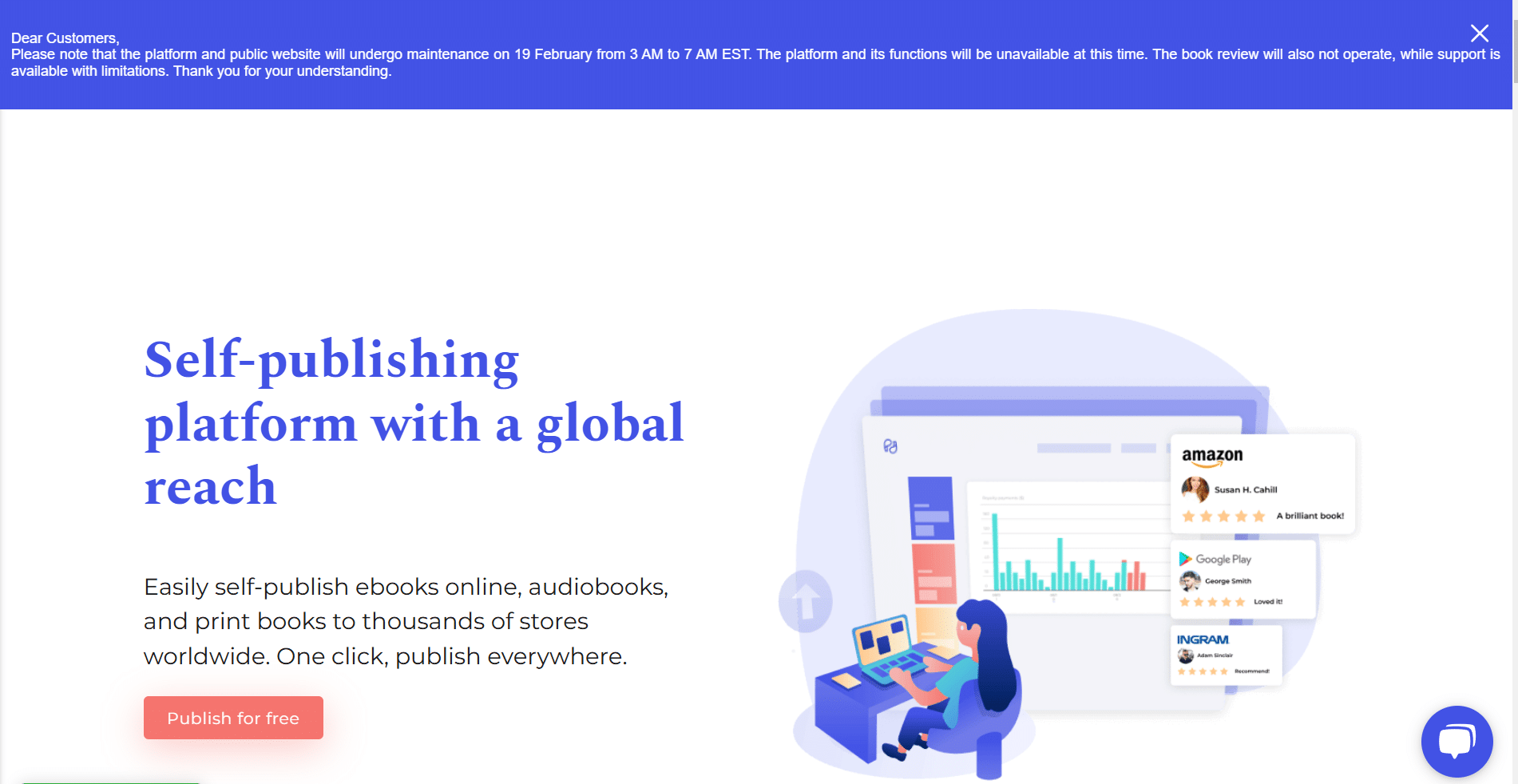
PublishDrive is a versatile platform catering to authors seeking expanded reach with subscription options. Established by Kinga Jentetics, it offers a user-friendly interface for hassle-free eBook publishing across various major online retailers, including Google Books. With PublishDrive, authors can tap into new markets, enhancing their visibility and maximizing sales potential, whether they are publishing a master’s thesis or a novel. The platform provides comprehensive services, including distribution to bookstores and libraries, amplifying the author's outreach. PublishDrive's diverse range of offerings makes it a go-to choice for indie authors looking to bolster their publishing endeavors. Its innovative tools streamline the publishing process, empowering authors to achieve their goals efficiently.

Reedsy provides a comprehensive platform for authors, offering a range of services from editing to cover design. With a focus on professionalism and quality, Reedsy assists indie authors in navigating the publishing process efficiently, especially for those looking to succeed in competitive markets like London. The platform enables authors to connect with experienced professionals for guidance on manuscript preparation and marketing strategies. Reedsy stands out for its user-friendly interface and commitment to supporting authors at every stage of their publishing journey. With Reedsy, authors can access top-notch resources to enhance their self-publishing experience.

StreetLib is a versatile platform for authors seeking a range of services for self-publishing. It offers a user-friendly interface that caters to ebook and print book publishing needs. With StreetLib, authors can access all major retailers online, like Amazon, Google Play, and Apple Books. StreetLib provides extensive support throughout the publishing process, including cover design and marketing plans. Authors can maximize their royalty rates through StreetLib's competitive pricing options. StreetLib is a valuable resource for indie authors looking to expand their outreach.
Self-publishing success goes beyond just choosing the right platform. A well-written manuscript, professional editing, and an eye-catching cover are essential, along with proper formatting and distribution. Additionally, a strong marketing strategy helps boost visibility and sales, while competitive pricing plays a key role in attracting readers. ExWhyZed simplifies this process by offering expert editing, stunning cover design, seamless formatting, strategic marketing, and transparent pricing—all in one place. By handling every aspect of publishing professionally, ExWhyZed ensures your book stands out, reaches the right audience, and maximizes its success in the competitive self-publishing market.
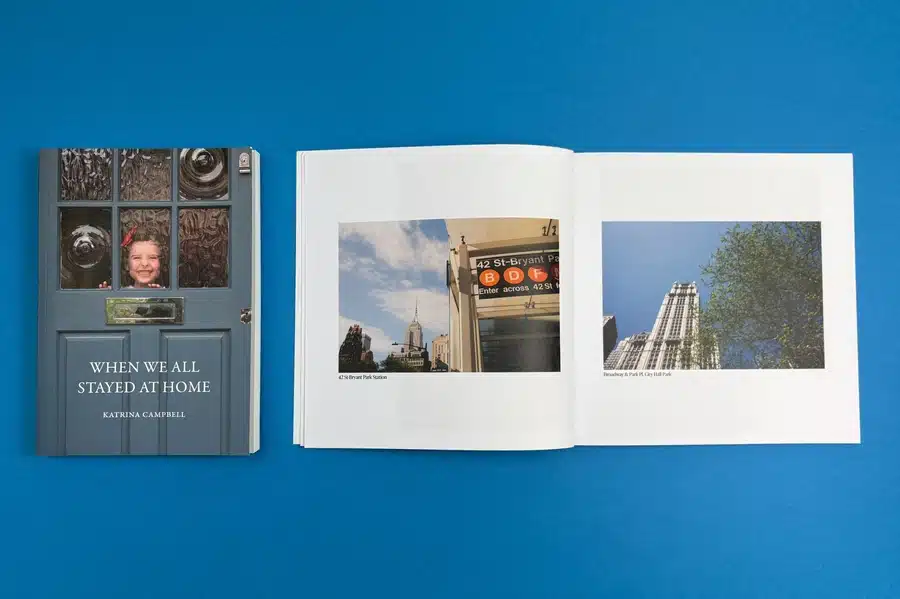
Editing and proofreading ensure your book is polished and professional. Errors can distract readers and harm your credibility. Professional editors help refine your writing, improving clarity, structure, and flow. Multiple rounds of editing, followed by thorough proofreading, can eliminate mistakes and enhance readability, making your book more appealing.
While content is key, a well-designed cover grabs attention and influences buying decisions. A visually appealing cover should reflect your book’s genre and theme, with balanced text and imagery that enhance readability and appeal. A high-quality cover signals professionalism and increases the likelihood of attracting readers. ExWhyZed connects authors with expert designers who create market-ready covers that stand out. By ensuring genre alignment, strong typography, and striking visuals, ExWhyZed helps authors make a lasting first impression, boosting visibility and sales in a competitive marketplace.
A solid marketing plan helps your book reach the right audience. Leverage social media, email marketing, and reader reviews to build awareness. An author's website enhances engagement, while PR and media outreach improve visibility. A well-executed strategy ensures your book stands out in a competitive market.
Want to promote your new book on social media? Try ExWhyZed's promotion back. Read more about it here.
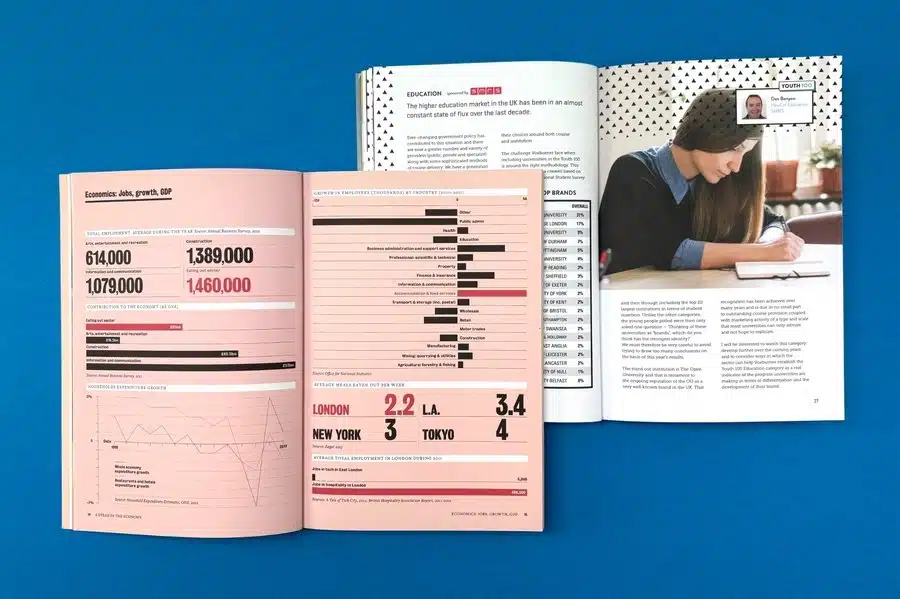
Looking for the best self-publishing company to turn your manuscript into a professional, market-ready book? ExWhyZed is here to make the process seamless and stress-free! We offer complete services, including professional editing, stunning cover design, expert formatting, and strategic marketing—ensuring your book meets industry standards and captures readers’ attention.
With competitive royalty rates, transparent pricing, and wide distribution options, ExWhyZed empowers authors to publish confidently. Unlike other platforms, we provide hands-on support at every step, helping you navigate everything from ISBN registration to metadata optimization, ensuring your book reaches the right audience. Whether a first-time author or a seasoned writer, ExWhyZed gives you the tools, expertise, and guidance needed to succeed in both print and digital markets.
Skip the confusion of self-publishing—let ExWhyZed handle the hard work while you focus on your writing! Get started today—email us at hello@exwhyzed.com or call +44 1206 766647. Your publishing journey just got easier!
Amazon KDP might be the go-to for self-publishing, but ease of entry doesn’t guarantee success. In fact, with high fees, crowded listings, and unpredictable support, many authors find themselves struggling for visibility and profit. This comprehensive guide explores the full self-publishing process—from manuscript prep to metadata—while revealing why ExWhyZed offers a smarter alternative. You’ll learn how to craft standout covers, format for maximum readability, and market your book beyond the Amazon echo chamber. More importantly, you’ll see how ExWhyZed’s transparent pricing, personal support, and expert design elevate your work from “just published” to truly professional. Whether you’re writing your first novella or launching a full series, this article delivers practical, high-level strategies to avoid rookie mistakes and publish with clarity, confidence, and control. Authors, this is your blueprint to doing self-publishing the right way—from the start.
Self-publishing puts you in the driver’s seat—but every decision, from editing to printing, impacts your bottom line. This expert guide strips away the guesswork and lays out the real costs of self-publishing in 2025, showing what it takes to transform a manuscript into a polished, sellable book. You’ll uncover how genre, word count, and production quality influence editing, cover design, formatting, and illustration costs. It also breaks down the difference between print-on-demand and bulk printing—plus what to expect from ebook conversion, marketing campaigns, and distribution fees. The biggest insight? Budgeting smart doesn’t mean cutting corners—it means knowing where to invest for long-term sales and visibility. And with ExWhyZed’s transparent pricing and hands-on support, you’re not just saving money—you’re setting your book up to succeed. Whether you're aiming for Amazon charts or indie bookstore shelves, this article gives you the financial roadmap to self-publish with confidence.
Every author reaches that pivotal fork in the road: do you pitch to a traditional publisher or take the self-publishing route? This deep-dive comparison lays out both paths with clarity, insight, and no fluff. Traditional publishing offers prestige, built-in marketing muscle, and bookstore access—but at the cost of time, creative control, and lower royalties. Self-publishing flips the script, giving authors autonomy, higher earnings per sale, and speed to market, but demands upfront investment, smart marketing, and serious hustle.
The article expertly dissects key decision points—like who controls your design, how distribution works, and what kind of royalties you can expect—while offering actionable takeaways for every author’s journey. If you thrive on independence and creative freedom, self-publishing might be your perfect fit. Want a team to do the heavy lifting? Traditional might suit you better. Either way, ExWhyZed is ready to help you print like a pro—start your journey here.
Self-publishing today is about more than hitting "publish"—it's about mastering the tools that shape your book’s quality, visibility, and long-term success. This article lays out the definitive tech stack for modern indie authors, covering every phase from manuscript to marketing. You’ll discover powerhouse writing apps like Scrivener, design essentials like Vellum and Canva, and marketing game-changers such as BookBub, StoryOrigin, and MailerLite. Beyond the list, the guide offers strategic advice on where to invest your time and budget—whether it's hiring freelance designers or running email campaigns that convert. The key insight? Successful self-publishing isn't luck—it's leverage. With the right tools, authors retain creative control and produce polished, professional books that stand toe-to-toe with traditionally published titles. Whether you're a first-timer or a seasoned indie, this resource is your launchpad to doing self-publishing smarter, faster, and with lasting impact. Ready to go pro? Start with ExWhyZed.
Self-publishing in 2025 is less about guesswork and more about strategy—and this smart, step-by-step checklist gives authors everything they need to succeed. From polishing your manuscript with tools like ProWritingAid to creating compelling blurbs, professional headshots, and ISBN-registered covers, every element is covered with clarity and intent. The guide goes beyond the basics, offering insight into typography choices, layout finesse, author branding, and early review strategies—details that distinguish amateur books from truly professional titles.
What sets this guide apart is its focus on readiness and results: it doesn’t just tell you what to do, but why it matters. Want to hit your deadlines, build buzz, and create a book you’re proud to share? Then this 12-step checklist is your launchpad. For authors who want their book to look and feel industry-grade from day one, ExWhyZed is ready to help you print and publish with polish—start your journey here.
Choosing the right self-publishing company is crucial for turning your manuscript into a well-published book, especially if you are considering your first book. Compare companies like Amazon KDP, Draft2Digital, and IngramSpark based on pricing, services, and retail price royalties. Success depends on more than just the platform; focus on editing, creating an eye-catching cover, and marketing effectively. Explore FAQs about costs, print-on-demand, and global distribution. Self-publishing requires you to take on the roles of writer, editor, designer, and marketer. Understanding this process sets the stage for self-success!
The costs of self-publishing can vary significantly depending on the services required, such as professional editing, cover design, and marketing strategy. Some platforms offer these services at additional costs, while others offer packages that include them. It's crucial to examine these costs before deciding on a platform.
Choosing the right self-publishing company depends on your individual needs and budget. Consider factors like the platform's user interface, customer support, distribution network, publishing costs, royalty rates, and any additional services they might offer, such as editing or marketing assistance.
Yes, many self-publishing companies, such as Amazon KDP, IngramSpark and BookBaby, offer print-on-demand (POD) services for paperback books, including children’s books. This can be a cost-effective way for authors to offer physical books without investing heavily in initial print runs, managing inventory, or reading the fine print of service agreements.
Many of the larger self-publishing companies offer global distribution through book retailers, including Google Play Books, either directly or through partner networks. This allows authors to reach readers worldwide and potentially explore untapped markets, contributing to their book’s success. Furthermore, leveraging global distribution channels is essential for enhancing a book’s success. However, the specifics of international distribution may vary from one platform to another and should be checked in detail.
You will be delighted to know that as of early 2025, Ex Why Zed now have two print hubs in the States - one on the East Coast, one on the West. So we can now deliver overland in 5/6 working days saving you both time and cost compared with shipping from the UK. Win win! You can choose which shipping method depending on how fast you need the books, but we tend to use UPS.
So our print price will be the same as we have already quoted but shipping will be much faster and cheaper (and no import Tariffs either, in case Trump launches them before you go ahead).
Are you struggling with a great way to create a professional photography portfolio book that reflects your creative journey? It can be a challenge to showcase your work in a way that resonates with potential clients, galleries, and collaborators, but it doesn't have to be overwhelming. If you're wondering how to create a photo portfolio, the right materials, and a clear vision can make all the difference.
A well-designed photo portfolio book is more than just a collection of images; it’s a marketing tool that can open doors to new opportunities! Let’s explore the top tips to help you craft a stunning portfolio book with a captivating layout that captivates and inspires.
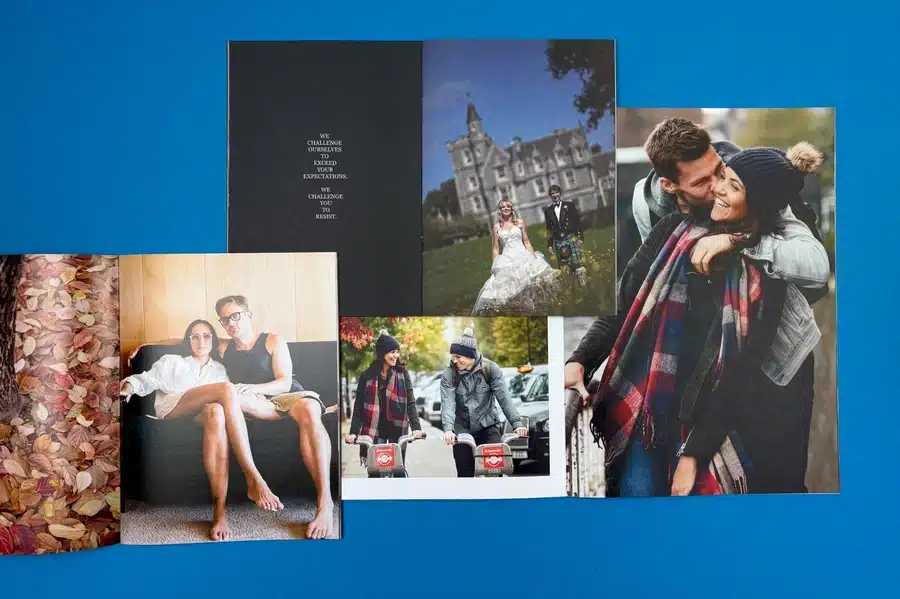
Creating a standout photo portfolio doesn't take a lot of time and begins with a clear plan and a consistent style. Follow this five-step guide to craft a portfolio that showcases your talent and attracts opportunities.
Creating a standout photo portfolio begins with a clear plan and a consistent style. The style of your portfolio book plays a big role in how your work is presented and perceived. Whether you choose one of the following options, the choice should reflect the tone and theme of your work:
It’s about matching the design to the story you’re telling. Follow this five-step guide to craft a portfolio that not only showcases your talent but also aligns with the visual identity of your work, attracting meaningful opportunities.
Understanding the purpose of your photo portfolio is crucial to showcasing impressive work, including your proficiency in Photoshop and using platforms like Adobe Portfolio. By asking key questions about your target audience, the type of photography to showcase, and your goals, you can create a portfolio that serves as a reference point and aligns with your professional objectives. Consider seeking a second opinion from a trusted colleague if necessary.
The first key step in curating a successful photo portfolio is defining your niche and understanding your target audience.
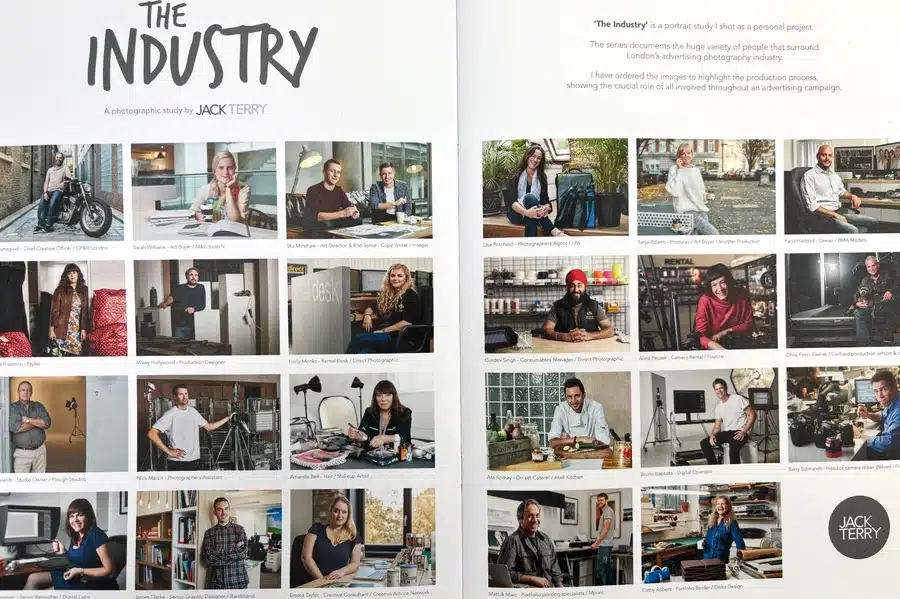
Your photo portfolio should reflect your personal brand, whether you're a portrait photographer, a landscape photographer, or a commercial photographer. It should showcase your unique style, skills, and the best images demonstrating your value to potential employers and future clients.
Since clients have limited time, choosing images and photo portfolio book designs that align with your strengths and maintain a consistent look is a good idea. Whether you specialise in black-and-white portraits or wedding photography, ensure your portfolio represents your contact information and includes your contact info to attract the right audience.

Picking the best images for your portfolio is a meticulous process and perhaps a hard part of the art of photography. It's all about showcasing top-notch images that represent you as a photographer. The key is to choose attractive photos, find those that reflect your distinctive style and photographic exploration, and consider suggestions from a photo editor. It’s important to handpick images that are consistently high quality, have a definite style, exhibit diversity, and can hold their merit individually.
In any portfolio book, quality matters more than quantity. Select sharp, well-composed photographs with strong dynamics and tones to set a professional tone and leave a lasting impression.
When selecting images, pay attention to the following:
Not every photo portfolio book needs to be technically flawless. An image that reflects your style or sparks strong emotions can still be a valuable addition. However, ensure that the overall selection meets a high standard of quality.
The consistent design of your hardback book photo portfolio defines your niche and creates a cohesive flow, showcasing your skills and passion. This clarity highlights your expertise and helps attract opportunities in your field.

While maintaining consistency is crucial, showcasing your versatility and creativity, including videography skills, is equally important. Prospective clients or employers often value a photographer's ability to effectively capture a wide range of subjects and styles. It demonstrates your adaptability to different assignments and your ability to think outside the box.
Here are a few ways to display your versatility:
Visual flow involves arranging your photos to guide the viewer’s eye smoothly from one image to the next, creating a cohesive and engaging story. Techniques like colour coordination, thematic links, and varying complexity help make your portfolio a great option for being more impactful and leaving a lasting impression.

A strong narrative is key to a captivating portfolio. Each photo should contribute to a broader story, evoking emotions and responses as viewers progress through the collection. Start with a striking 'hero' image to grab attention, then build momentum by introducing different elements or subjects. Balance thematic consistency with a variety of images and colours.
For example, a travel photographer might begin with sweeping landscapes, transition to vibrant cityscapes, feature local cuisine, and conclude with portraits of locals, creating a dynamic yet cohesive story.
To achieve visual harmony, ensure your images complement each other by consistently using colours, tones, and compositions. Arrange your photos so that colours flow smoothly, perhaps transitioning from warm to cool tones or grouping similar palettes. This creates a seamless and aesthetically pleasing viewing experience that draws the audience in and keeps them engaged.
| Warm toned images | Cool toned images |
| Showcasing images with similar warm colour tones | Showcasing images with similar cool colour tones |
Also read: Printing CMYK for an Eye-Catching Zine Cover

While online portfolios are convenient, nothing compares to the impact of a printed photo portfolio. A printed portfolio allows your audience, including industry professionals and a professional photographer, to engage with your work more personally. They can appreciate your images' texture, quality, and detail in a way that online formats simply can’t replicate. A high-quality printed portfolio leaves a lasting impression, showcasing your work with a tangible and professional touch.
At Ex Why Zed, we specialise in printing customised photo portfolios that reflect your unique style. Whether you need a small batch of portfolios for a few key clients or a larger exhibition run, we ensure that your images are printed to the highest quality, preserving colour accuracy and detail. With various binding and paper options, we can help you create a photo portfolio that stands out and captures the essence of your work.
Get a quote today and let Ex Why Zed help you create a customised photo portfolio that truly reflects your style and vision.
A personalised photo book is an impactful way to present your portfolio. The tactile experience of flipping through high-quality prints can spark a deeper emotional connection with your work. A well-crafted portfolio book also becomes a keepsake, adding a sense of permanence to your photography journey.
While digital formats such as PDFs and personal websites offer flexibility and global reach, printed portfolios provide a physical presence that digital versions cannot match. Printed photo portfolios create a memorable, hands-on experience that highlights the fine details of your work. With Ex Why Zed, you can create a portfolio book that elevates your photography, offering a personalised and lasting impression for clients and galleries.
Let us help you bring your photo portfolio to life with our expert printing services, ensuring your work is presented best.
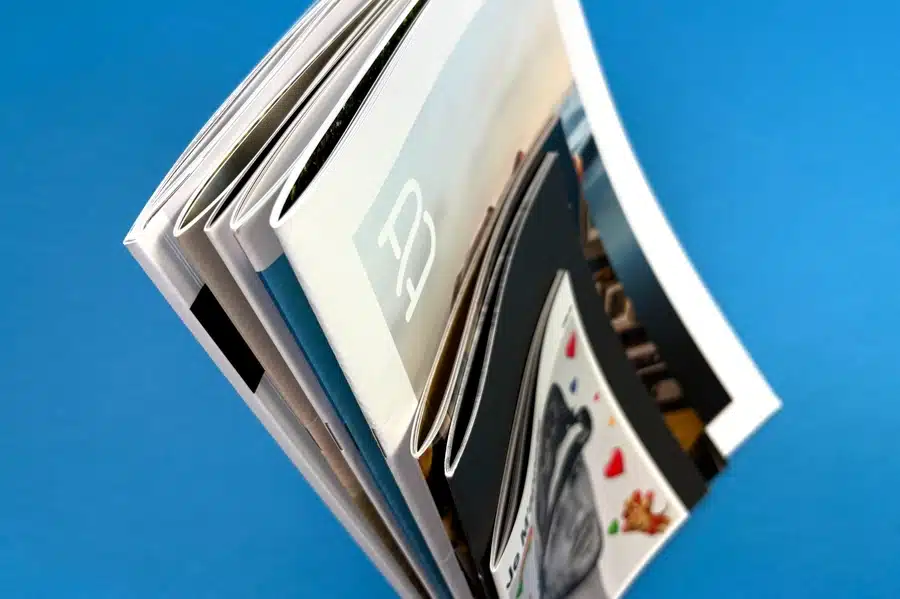
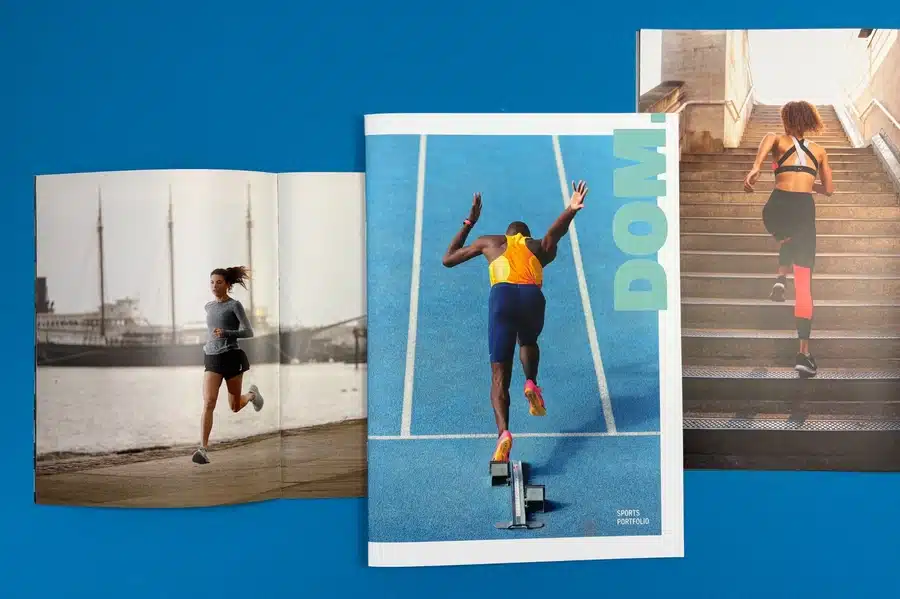
Presenting your portfolio skillfully with effective captions is as important as creating it. The right presentation can set the tone for your engagement with your audience. It’s crucial to tailor your portfolio to your target audience and present only the most relevant and impressive works.
Regularly updating and improving your portfolio also helps keep it dynamic and relevant. Ultimately, your presentation should underline your commitment to quality, attention to detail, and professionalism -qualities that potential clients, employers, and collaborators seek and appreciate.
Your portfolio should not be a one-size-fits-all collection. Tailoring it to your viewers' interests can significantly enhance its effectiveness.
Adapting your portfolio to suit your viewers' preferences ensures you hit the right notes with your audience and increases your chances of establishing successful collaborations.
Your photo portfolio should reflect your growth as an artist. Regular updates keep it fresh, exciting, and aligned with your current skills.
Regular revisions ensure your portfolio stays relevant and accurately represents your evolving style and capabilities.
Also read: Finding your Perfect Book Designer on PeoplePerHour – An Easy 5-Step Guide
Your portfolio is a powerful tool for communicating who you are as a photographer, but creating one that effectively reflects your brand can be challenging. At Ex Why Zed, we understand how crucial it is to have a portfolio that aligns with your professional image, including typography and fonts. Our customised printing services ensure your portfolio is crafted to highlight your best work using the highest-quality materials.
We’ll help you create a stunning, personalised photo book or printed portfolio that reflects your unique brand and makes an impact on potential clients, collaborators, and galleries.
Get a quote or contact us at 01206 766647 or hello@exwhyzed.com to showcase your photography with customised and professional photo book printing services!
Final Words
Creating a portfolio to curate your photography business is an ongoing process reflecting your photography growth. It showcases a collection of your best work, technical skills, style, and evolution, serving as both a marketing tool and a personal milestone. By understanding your goals, taking your photography business to the next level, defining your niche, and selecting high-quality images, you can create a portfolio that truly represents your abilities.
A well-curated portfolio can lead to exciting opportunities, such as attracting potential clients, securing exhibitions, or collaborating with other creatives. Revisiting and refining your portfolio regularly to ensure it always showcases your best and most current work is essential.
The answer depends on your goals and target audience. If you have a range of skills, include a variety. However, maintain consistency in quality and style while showcasing diverse genres, making your collection interesting and cohesive.
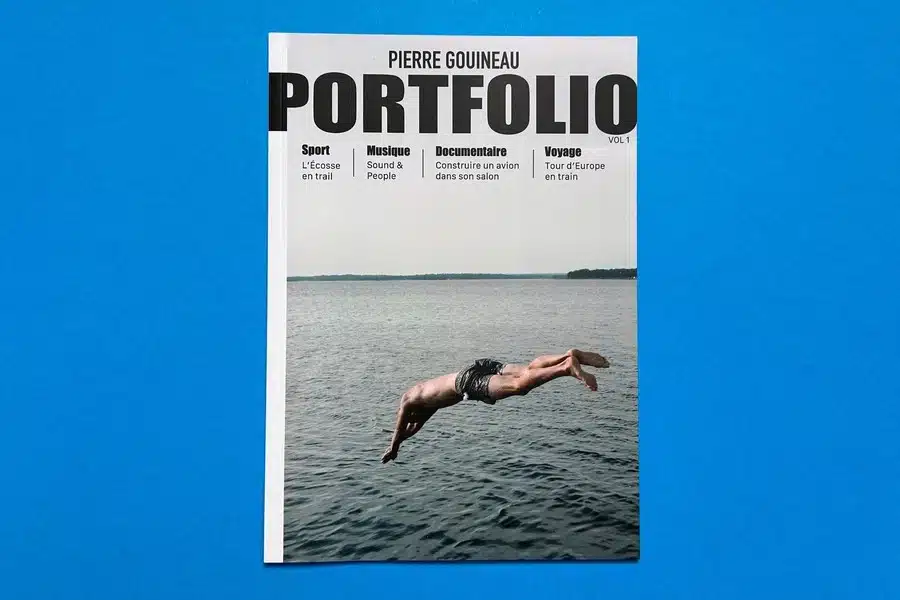
Typically, an impressive portfolio contains 12 to 25 photos. However, remember quality over quantity. Maintaining a balanced selection that truly represents your stunning photographic skills is key.
Visual flow is integral to creating a compelling narrative through your images. Coherent transitions and a carefully managed sequence hold the viewer's attention, making your collection more aesthetically pleasing and impactful. Overall, it ensures that the portfolio is perceived as a collective whole rather than individual snapshots.
Absolutely! Although digital portfolios are more popular, print portfolios, also known as physical portfolios, can provide a tactile and personalised experience. They offer viewers a chance to experience texture and quality. Print portfolios are remembered because they give your work a physical form, making it tangible and timeless.
Are you feeling overwhelmed by the constantly changing landscape of the book publishing industry? As a writer, it can be frustrating to navigate through the evolving trends and shifts influenced by the world of self-publishing, cultural changes, and economic factors.
This blog delves into ten critical book publishing trends shaping the industry's future, from technological impacts to socio-political influences. These trends present new opportunities and challenge writers, publishers, and readers alike, offering valuable insight into the future of book publishing.
Significant trends toward sustainability are set to impact the book publishing sector by 2025. Let's discuss these top trends in detail, from the surge in self-publishing and the rise of audiobooks & ebooks to authors embracing digital marketing and growing interest in political literature.
The publishing industry is shifting towards audiobooks and ebooks, offering readers convenience and instant access to a wide range of titles. According to the Association of American Publishers, audiobooks have seen a significant rise in popularity, with sales steadily growing yearly.
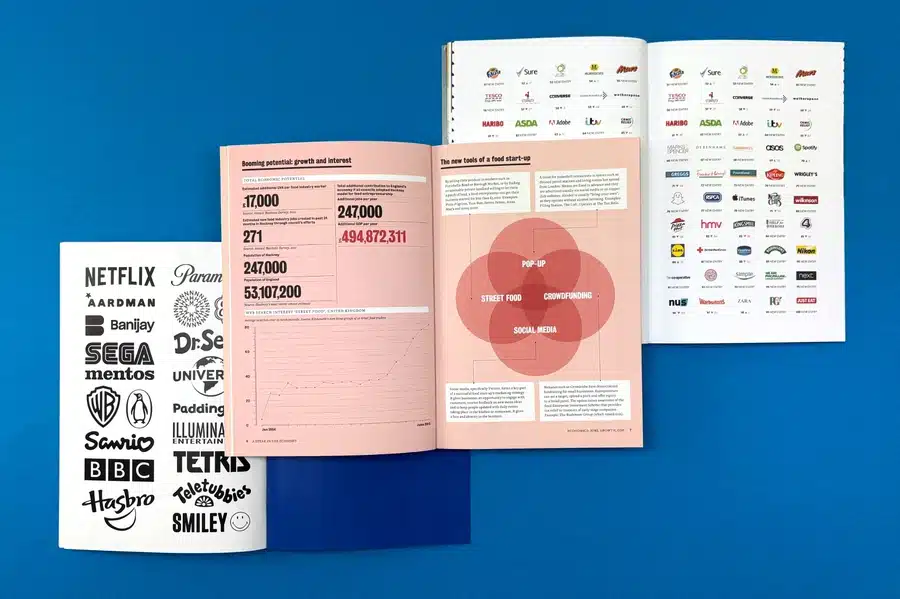
Ebooks, on the other hand, generate substantial revenue, with Amazon dominating the market. This trend has created opportunities for independent authors to quickly enter the digital publishing space. Tech advancements have further facilitated reader access to digital media from public libraries, shaping the modern publishing landscape.
An interesting trend in book publishing is the rise of platforms summarising nonfiction content. These platforms cater to our busy lives, providing quick summaries for readers who seek efficient understanding and new ways to consume information. As society values speed and efficiency, these services that simplify complex information will likely keep growing.
Also read: Self Publishing a Book in 2024 and Printing a Creative Idea.

In today's polarised world, political books are highly popular. This trend is expected to continue beyond 2025 due to recent global political dynamics. Memoirs of political figures, such as Barack Obama's "A Promised Land," have seen remarkable success, with millions of copies sold. Books about polarising figures like Donald Trump also enjoy widespread popularity worldwide, including works on President Joe Biden. The sustained demand for political books reflects our collective interest in understanding the leaders shaping our societies.
Small bookstores have faced significant challenges due to the rise of online shopping and the impact of COVID-19. Many have struggled to stay afloat, but bookstores continue to find ways to adapt and generate revenue despite these difficulties. Some have embraced digital platforms, while others focus on creating unique in-store experiences. The future for small bookstores will rely on ongoing adaptation and resilience as they navigate a constantly evolving landscape.
The book publishing industry faces a significant trend: the conflict between libraries and book publishers over ebook access. Publishers have imposed restrictions on library ebook lending, limiting checkouts or licenses. This hinders libraries from serving their communities effectively. While libraries advocate for free information flow, some publishers fear profit loss. Negotiations between Amazon and the Digital Public Library of America signal ongoing industry tensions.
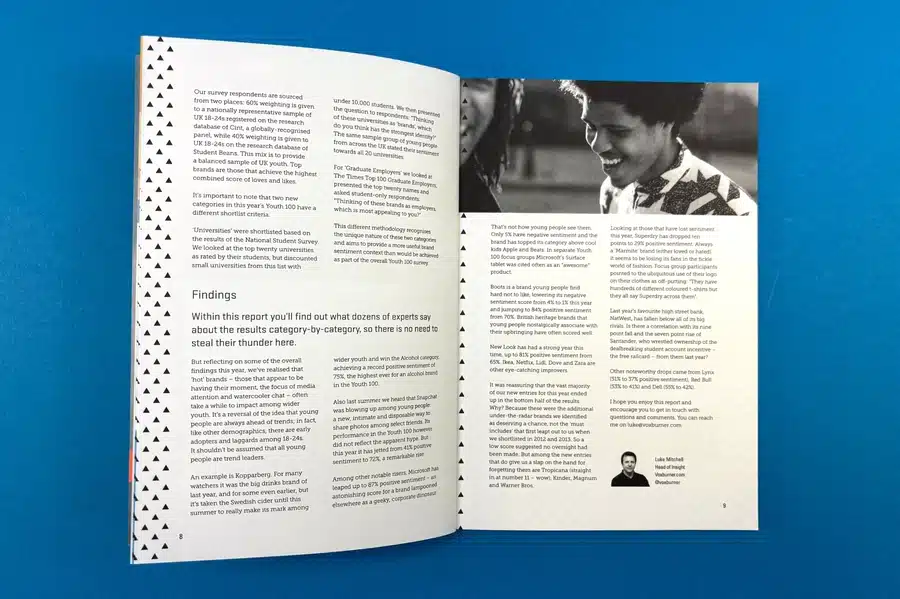
AI has transformed publishing, aiding authors in brainstorming and editing. Platforms like Grammarly and Jasper lead this shift, enhancing writer support. Looking to 2025, the ethical use of AI is crucial for a balanced human-machine creativity blend. AI streamlines content creation, improving writing accuracy and efficiency. These tools detect errors, enhance clarity, suggest topics, boosting productivity and quality.

By 2025, ethics in AI integration will be a focus of publishing. Balancing AI capabilities with human creativity is vital for authenticity and originality in literary works. This evolution ensures that technology ethically complements traditional creative processes, preserving human expression in storytelling.
Self-publishing, a growing trend, empowers authors to control their publication process through platforms like Amazon Kindle Direct Publishing. This trend is expected to continue expanding. Authors enjoy speed and control over design, editing, and pricing, catering to new and established writers seeking autonomy over their work's presentation and marketing. Self-published books allow authors to directly share their stories with audiences, introducing new perspectives and genres.
Platforms like Amazon's ACX convert books into various formats, while Wattpad offers collaboration opportunities with traditional publishers and potential adaptations into printed books or movies. The future of self-publishing presents exciting prospects for author innovation and exploration.
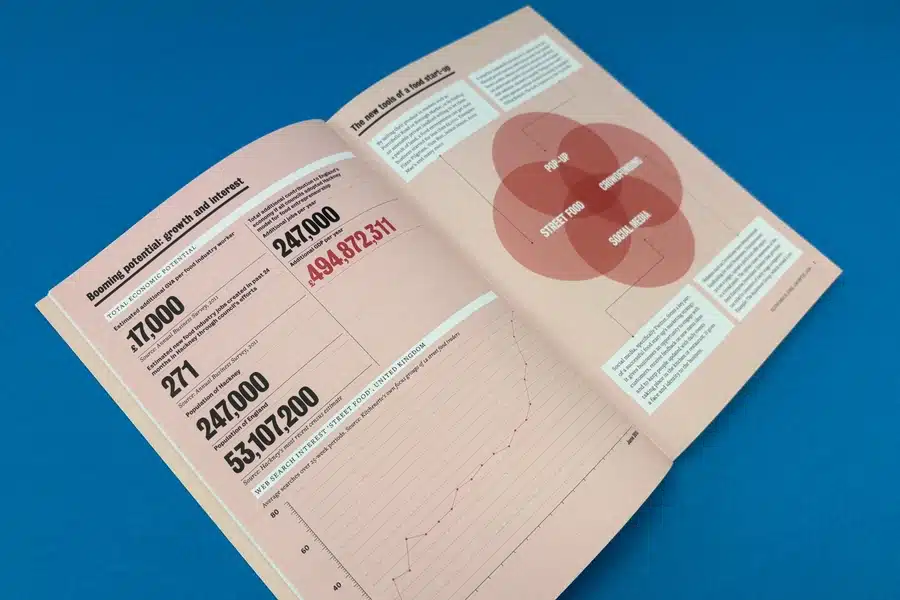
The publishing industry has experienced significant consolidation in recent years, with the 'big six' reducing to the 'big four.' This shift has raised concerns among critics about reduced competition for manuscripts and more challenging contract negotiations for authors. Calls for intervention have been made in Canada, the UK, and the US, but no concrete legislation has been passed yet. Watching how this trend unfolds and affects authors and the book market will be intriguing as we approach 2025.
Independent publishers like Ex Why Zed are gaining ground despite industry consolidation, taking bold risks with unique genres and emerging authors. These indie publishers champion diversity in literature, offering a broader range of perspectives. As we head into 2025, the influence of indie publishers, including ExWhyZed, will be one to watch in the evolving publishing landscape.
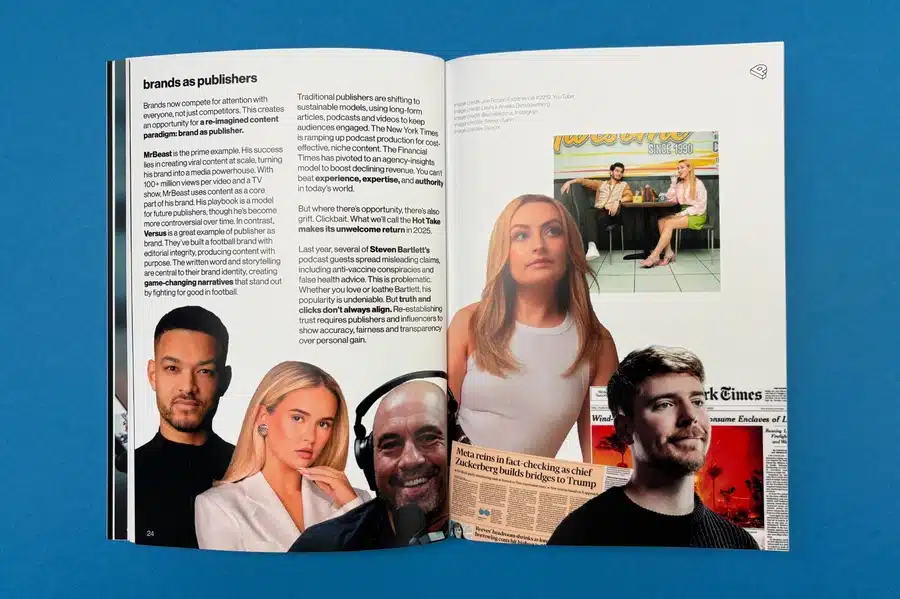
The book industry is shifting towards digital formats, with authors, especially self-published ones, focusing on online marketing and social media for effective book marketing. Email marketing is a powerful tool for engaging readers, while platforms like Facebook through #BookTok drive book promotion. AI is revolutionising marketing tasks for authors by aiding in writing blurbs and social media content. The future of publishing lies in embracing digital trends for meaningful author-reader connections in 2025.
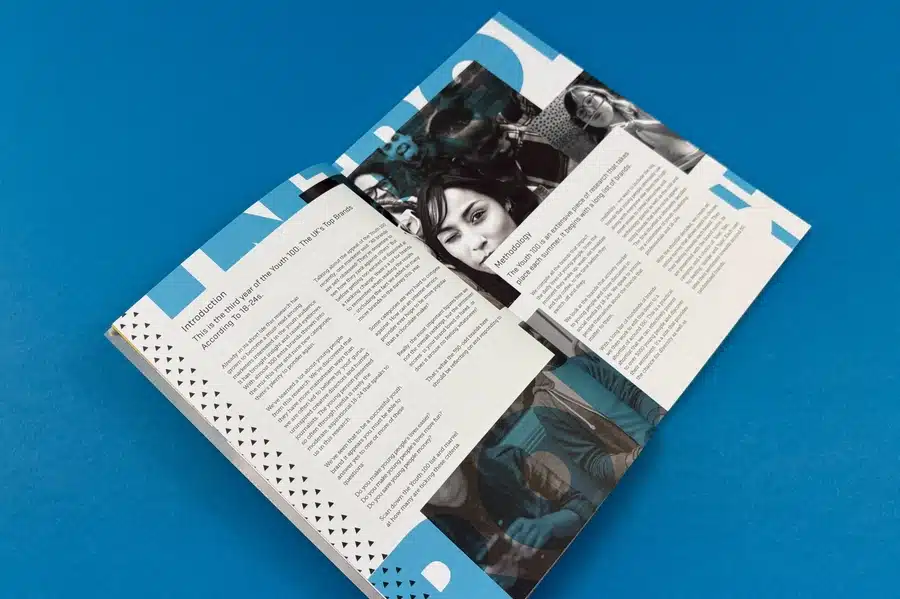
Stay ahead in the ever-evolving world of book publishing with Ex Why Zed, your trusted partner for expert insights and tailored publishing solutions. We guide authors and publishers through every stage of the publishing process—from manuscript development and design to innovative marketing strategies.
Whether launching a debut novel, exploring self-publishing, or expanding your publishing brand, Ex Why Zed helps you navigate industry trends and maximise your success. Let’s create exceptional books and shape tomorrow’s bestsellers together—Connect with Us today!
The publishing industry is undergoing a profound transformation, driven by technological advancements and societal shifts that are reshaping storytelling and placing greater emphasis on inclusivity. From the rise of digital formats to the growth of diverse voices and independent publishers, each trend adds a new chapter to this evolving narrative. As literary genres and experiences continue to diversify, writers and readers are offered new opportunities. Amidst this dynamic landscape, literature remains a powerful and unifying force. Embracing change is not just inevitable but crucial—highlighting the importance of navigating these developments to shape the future of book publishing.
New authors can break into the publishing industry by honing their writing skills, understanding their target audience, and crafting an engaging manuscript. They could opt for traditional publishing routes or consider self-publishing. Utilising digital marketing strategies is also essential to promote their work effectively.
Successful self-publishing strategies include understanding your target audience, crafting compelling content, investing in professional editing and design, utilising platforms like Amazon Kindle Direct Publishing, and leveraging email marketing and social media promotion to reach and engage readers.
Even though the demand for digital books is steadily increasing, printed books are not becoming obsolete. Many readers still prefer the tactile satisfaction of turning actual pages and building physical collections. However, according to trends, the growth rate of print book sales is slowing.
One can leverage the growth in ebooks and audiobooks by creating digital versions of their work. Self-publishing platforms or services like ACX can convert written work into formats suitable for a broader, digitally inclined audience, thereby increasing reach and potential revenue.
In the digital age, where flicking through images on a screen has become second nature, the tangible allure of a beautifully printed photography book remains unmatched. The subtle sound of a turning page, the gentle texture of premium paper, and the richness of ink-soaked images all contribute to a reading experience that no online gallery can replicate. At Ex Why Zed, we believe in the enduring power of print as a medium that adds depth, permanence, and intimacy to every photograph. Our process goes beyond ink on paper—we collaborate closely with creators, advising on paper stock, colour fidelity, layout precision, and binding methods, ensuring that each book is a timeless testament to the photographer’s vision.
To help you make informed print choices when you self publish a book, we have analysed and dissected a series of recent projects. Each case study offers a window into the intricate considerations behind photography book printing: from selecting the right bindings for perfect bound photography books and choosing formats like A5 photobook editions, to the subtle artistry of finishing touches such as foil stamping and the careful management of colour profiles. Whether you’re producing a landscape photo book, experimenting with stapled photography books, or aiming to showcase stunning street photography in a hardback format, these examples will guide you through the nuances of bringing your printed vision to life.
Once your book is finished, let Ex Why Zed handle your book fulfilment, storage, and distribution.
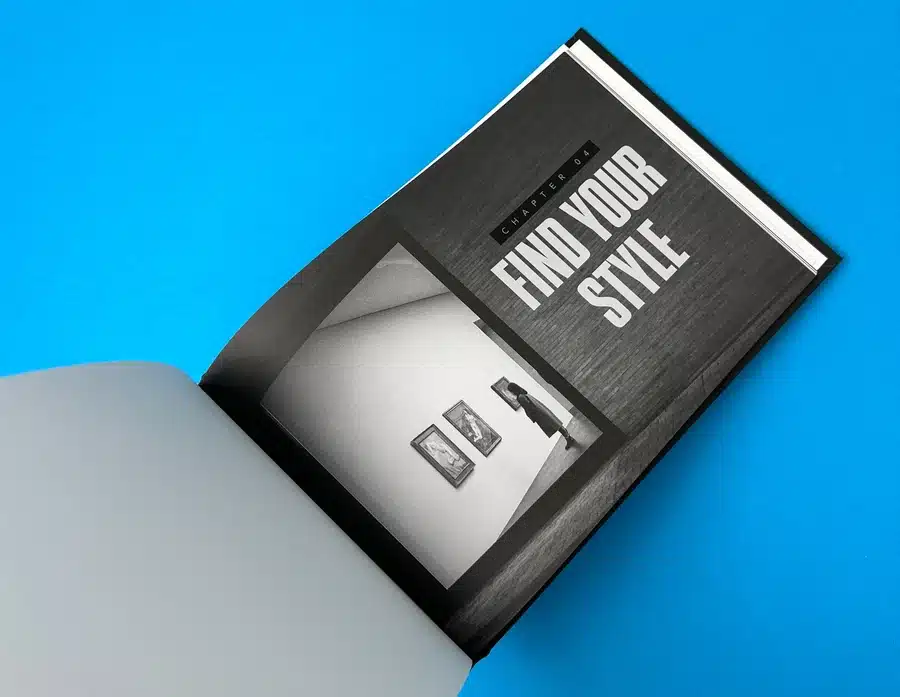
Street Tools epitomises what happens when a photographer’s artistic intent meets exceptional print craftsmanship. Designed as a landscape casebound book, this project demonstrates how cover materials, lamination, and interior stock choices can reinforce the raw energy of street photography. With a matte-laminated cover wrapped over greyboard, the book conveys substance and durability, allowing it to hold its own among well-thumbed collections. The interior pages, printed on uncoated stock, complement the gritty aesthetic, giving each full-colour image a tactile, organic feel. Bold typography and strategic annotations highlight compositional techniques, making the book both an educational tool and a gallery-quality showcase.
Print Insights and Challenges:
The design of Street Tools is a masterclass in balancing aesthetics with practical instruction. The bold headers and annotated images show how text and visuals can coexist harmoniously, ensuring readers gain immediate value from each spread. Instead of dazzling readers with gloss or varnish, the project relies on a minimalist layout that places full trust in the imagery and typography. Colour management is critical in maintaining the tonal depth and contrast so integral to street imagery. Here, the uncoated paper not only softens glare but also translates subtle greyscales and vibrant hues with pleasing authenticity. The result is a photo book printing triumph that guides readers to truly "see" as they learn.
Key Takeaways for Self Publishers:
Street Tools reminds us that sometimes the quiet confidence of a matte finish and an uncoated interior can speak volumes. If you’re looking to self publish a photo book focusing on dynamic cityscapes, consider how tactile stocks and bold, minimalist layouts can heighten engagement. Let your design choices serve the content, ensuring readers can immerse themselves in your images without distraction.
Enjoy the full Street Tools case study >

Avanipok by Conor McDonnell is a shining example of an A5 photobook delivering monumental visual impact. Printed on uncoated stock with a sturdy 300gsm laminated cover, this small-format book harnesses the power of colour photography to immerse readers in wildlife and natural scenes. The compact size complements the sense of intimacy, encouraging readers to hold the book close and savour each image. Vibrant landscapes and animal portraits spring to life through careful colour management, proving that even a smaller format can exude gallery-grade quality.
Print Insights and Challenges:
A key challenge with Avanipok was retaining the vibrancy of its wildlife shots on uncoated paper, a stock that tends to absorb more ink and can slightly mute colours. By leveraging the precision of our HP Indigo digital press, we ensured that each hue—be it a lush green rainforest or the deep blue of ocean waters—maintained its integrity. The result? A tactile, visually compelling object that sold out rapidly, demonstrating that photo book printing done right can create instant demand. This project is a testament to the power of mixing sustainable materials, premium lamination, and four-colour reproduction on a petite scale.
Key Takeaways for Self Publishers:
Avanipok underlines the importance of testing and fine-tuning your print approach for maximum colour fidelity, especially in smaller formats. When aiming for a pocket-friendly, self publish a photo book endeavour, remember that size need not limit impact. With thoughtful paper choices and impeccable colour management, even a compact volume can deliver outsized visual punch.
Enjoy the Avanipok perfect bound photo book case study >
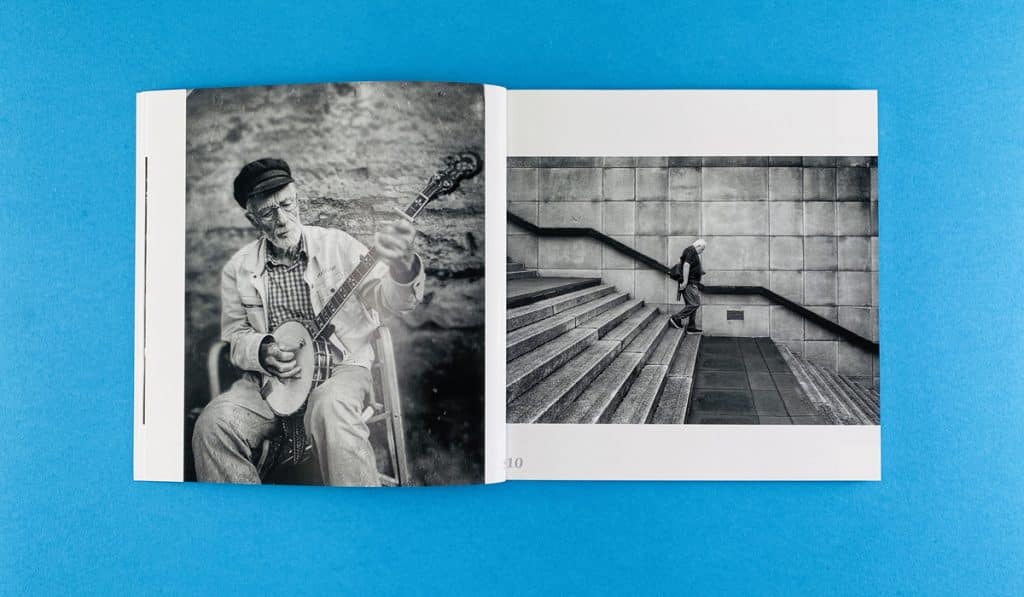
The 100 by Tom Lee is a monochrome gem demonstrating the elegance of perfect bound photography books. Its softcover design at approximately 210x210mm, coupled with 170gsm gloss pages, creates an immersive visual flow through a carefully curated selection of black-and-white images. The understated cover design and lack of distraction ensure readers focus on the interplay of light and shadow captured in each photograph. By scaling the images uniformly and maintaining consistent spacing, The 100 presents a cohesive narrative that pays homage to the timeless aesthetic of monochrome photography.
Print Insights and Challenges:
Black-and-white photography demands absolute precision in print. Any colour cast or tonal inconsistency can disrupt the desired mood. Here, converting images required meticulous attention, ensuring that deep blacks and crisp highlights reproduced faithfully. The gloss pages imbue the images with subtle sheen, enhancing contrast while preserving texture and mid-tone detail. Perfect binding provides a sleek spine, creating a streamlined visual presence that underscores the modernity and simplicity of Lee’s work.
Key Takeaways for Self Publishers:
For those producing monochrome images, do not underestimate the importance of test prints and proofs to fine-tune contrast and tone. The 100 illustrates how minimal graphic design and a solid binding approach can transform a compilation of images into a beautifully unified whole, ideal for anyone looking to produce an elegant, monochrome photo book printing masterpiece.
Read the 210x210mm Photo Book Case Study >
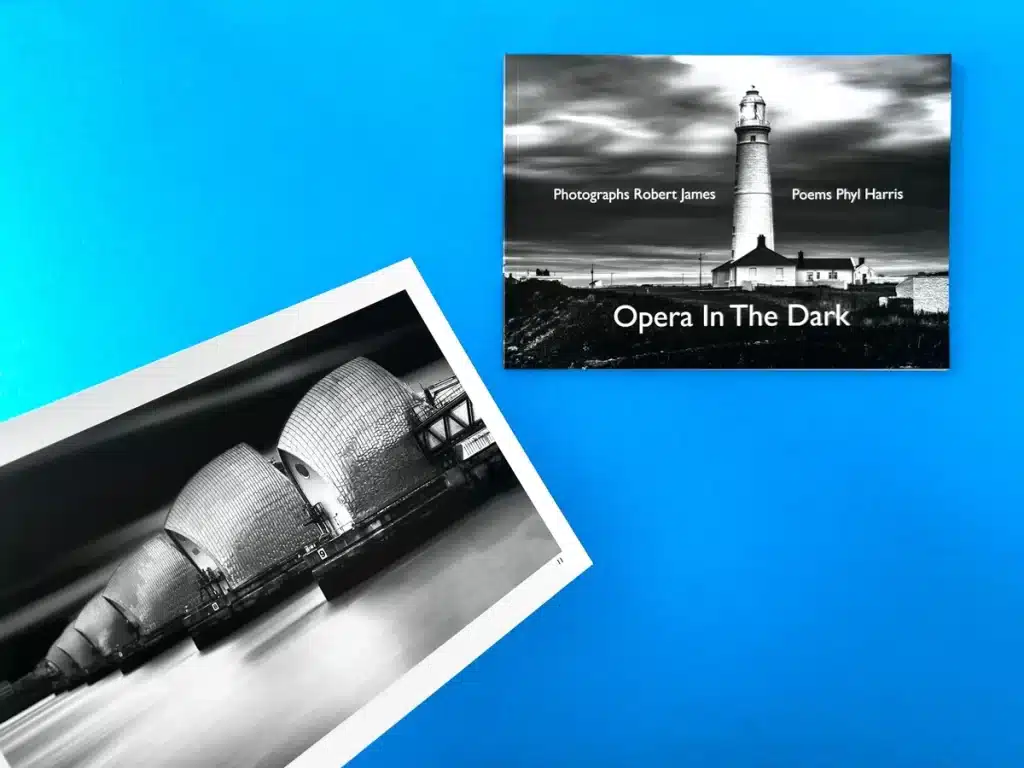
Opera In The Dark by Robert James pairs atmospheric black-and-white photography with poetry and annotations, resulting in a layered, educational experience. Printed as a zine-like book with perfect binding and silk stock, it offers a tactile quality that enhances the drama of urban landscapes and industrial textures. The thoughtfully arranged text and images maintain a delicate equilibrium—allowing readers to pause at each spread, interpret visual cues, and then read annotations to deepen their understanding.
Print Insights and Challenges:
Maintaining crisp contrasts in a book that heavily relies on black, white, and grey tones can be challenging. By opting for a silk stock, the project achieved a subtle sheen that enriched the tonal range. The annotations, set in understated typography, required careful placement to avoid overshadowing the imagery. Opera In The Dark showcases how typography, layout, and print material selection collectively influence a reader’s interaction, offering a balance between instruction and inspiration.
Key Takeaways for Self Publishers:
If you plan to integrate annotations or instructional text into a self publish a photo book project, Opera In The Dark exemplifies how to weave text and imagery together without compromising visual integrity. By using high-quality stock and minimalist design, you can guide readers’ understanding without diluting the power of the photographs themselves.
Digest the full Black and White Photo Book Case Study >

Sorrento and Puglia is a travel-inspired landscape photo book, merging photography and minimal typography to create an oasis of calm. With uncoated stock and a perfect-bound format, the images—ranging from rustic coastal scenes to intricate village details—feel textured and authentic. The generous white margins and minimal captions allow readers to linger in each moment, evoking the serenity of the Italian countryside.
Print Insights and Challenges:
Achieving cohesive colour fidelity across a diverse range of landscapes, from azure coastlines to earthen village façades, required careful colour calibration. The uncoated stock toned down overly saturated hues, ensuring a natural and soothing palette. This approach captures the essence of slow travel, allowing images to speak for themselves. Sorrento and Puglia also demonstrates how strategic use of negative space can enhance a book’s pacing, making page turns feel like contemplative pauses.
Key Takeaways for Self Publishers:
For projects that rely on atmosphere and mood, consider uncoated stock for a softer, more intimate aesthetic. Minimal typography and ample breathing space can guide readers into a meditative journey, reinforcing your thematic vision and encouraging reflection—ideal when creating your own tranquil photo book printing experience.
Read the perfect bound photography book case study >

Learning to See by Mike Chudley exemplifies the premium end of photography book printing, featuring a hardback casebound cover with foiled details. Bound with Winter&Co fabric and adorned with reflective silver and black foils, the cover is a tactile and visual feast, setting a high-end tone even before the pages are turned. Inside, 170gsm silk pages capture street photography scenes with crisp clarity and balanced contrast, giving readers a front-row seat to candid urban narratives.
Print Insights and Challenges:
Hardback binding, especially when incorporating foils and custom fabrics, involves detailed planning and absolute precision. Ensuring foil alignment, testing different foils for best legibility, and colour matching images to maintain authenticity are critical steps. The result is a book that both looks and feels luxurious, with the durability to remain a cherished keepsake. Learning to See proves that finishing techniques aren’t just embellishments; they communicate the book’s ethos and elevate the overall reader experience.
Key Takeaways for Self Publishers:
For those eyeing a premium look, investing in specialty covers, foil stamping, or embossed titles can transform your self publish a photo book project into a collector’s item. High-quality internal stock ensures that the content matches the cover’s promise, delivering a well-rounded presentation worthy of gallery shelves.
Read the case study of Mike Chudley's hardback photo books >

Illumination by Adam Karnacz weds exquisite materials—Wibalin Napura Canvas, bespoke endpapers—with a four-colour print process that honours the subtle tonal shifts of natural landscapes. Presenting a hardback collector’s edition that feels as graceful as the scenes it contains, this is photography book printing at its most refined. The design balances text and imagery, giving viewers room to contemplate each panoramic scene, while the lush materials reflect the richness of the world Karnacz captures.
Print Insights and Challenges:
Reproducing nuanced hues—soft dawn light, misty horizons, and lush greenery—required delicate calibration to maintain natural realism. Premium binding materials and flawless section sewing ensured that the book would lie flat, providing uninterrupted vistas. Illumination demonstrates how every production choice, from cover fabric to paper grain, influences the reading experience. The end result is both a gallery in book form and a tactile journey into the heart of the landscape.
Key Takeaways for Self Publishers:
When aiming for a collector’s feel, consider premium fabrics, high-end paper stocks, and thoughtful finishing touches. Illumination proves that with careful planning, you can create a book that feels less like a product and more like an heirloom.
Get inspired with the Illumination Photo Book case study >
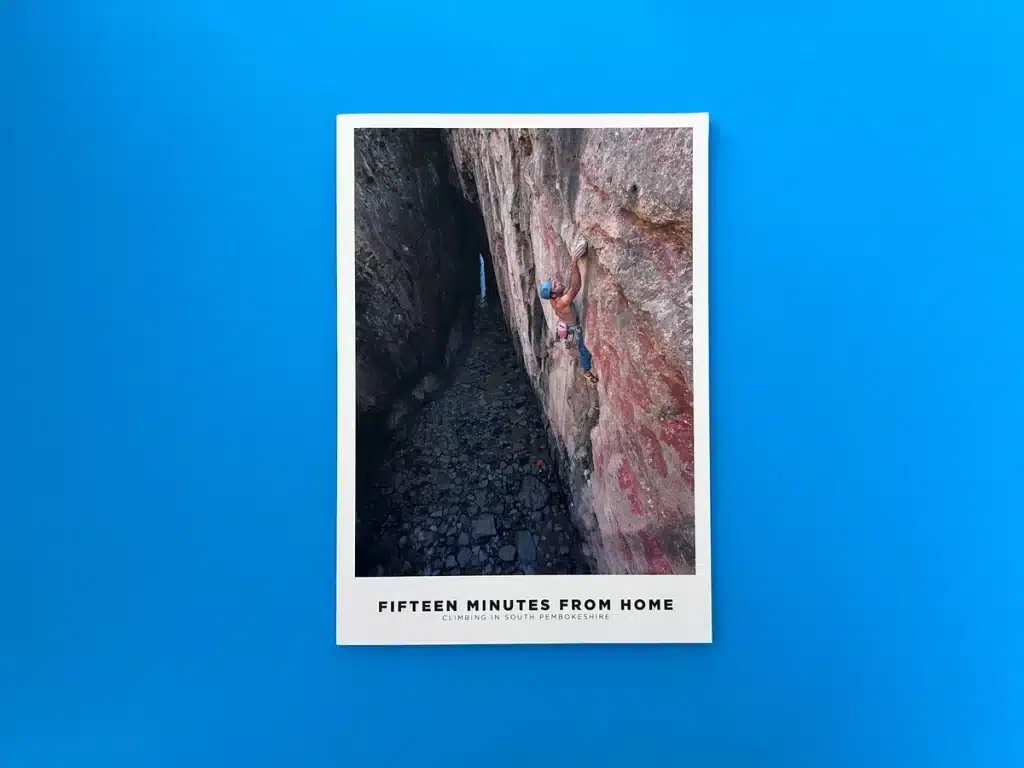
Fifteen Minutes from Home captures outdoor climbing scenes in South Pembrokeshire. At A4 size, perfect bound, and printed in full colour on silk stock, it conveys scale and depth, providing readers with an immersive sense of place. Double-page spreads highlight the soaring cliff lines and minute details of climbing gear, while minimal text gently orients viewers without distracting from the raw power of nature.
Print Insights and Challenges:
Translating the grandeur of natural landscapes onto the printed page involves balancing large format images with binding integrity. Perfect binding here supports seamless spreads without losing crucial details in the gutter. Managing colour accuracy for landscapes—ensuring the rugged cliffs, vibrant skies, and deep ocean hues remain authentic—was key. Fifteen Minutes from Home shows how thoughtful sizing and paper choices can turn an adventurous theme into a dynamic visual story.
Key Takeaways for Self Publishers:
If your images rely on scale and detail, consider a larger format to give them breathing room. An A4 size, combined with a suitable paper stock and minimal typography, can accentuate the immersive nature of your content, drawing readers into your photographic narrative.
Gain further insight into this perfect bound photography book >
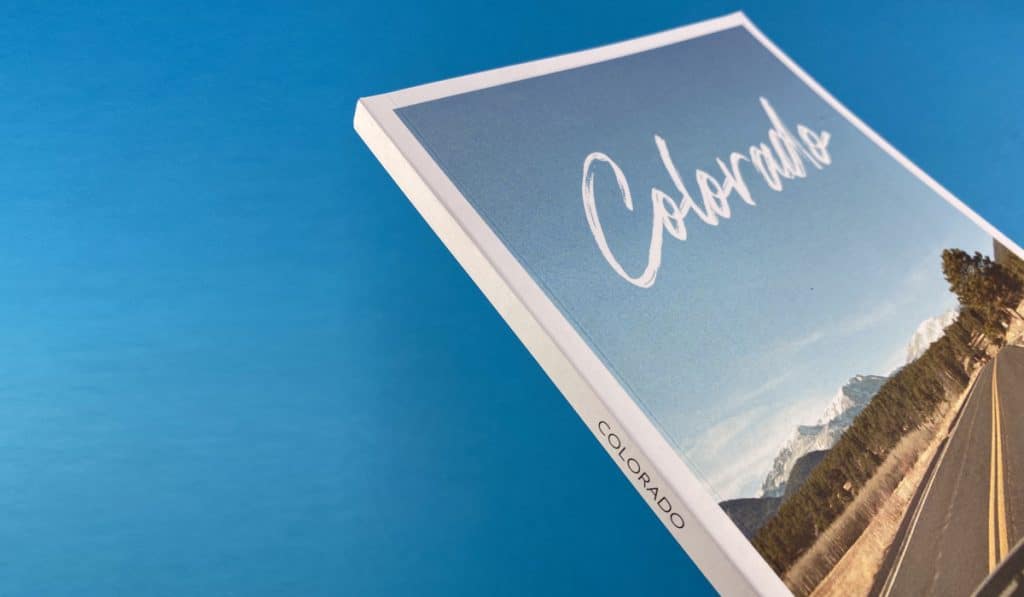
Colorado by Alex Matragos proves that eco-conscious materials can complement stunning visuals. Printed on 100% recycled uncoated paper, this perfect bound volume celebrates the rugged textures and organic forms of the Colorado landscape. Unlike glossy finishes, the uncoated stock accentuates the earthy feel of the images, making them more tangible and grounded. Readers experience a pleasing interplay between the sustainable material choices and the natural subject matter.
Print Insights and Challenges:
Maintaining colour vibrancy on recycled uncoated stock is no small feat. By meticulously adjusting ink levels and reviewing proofs, we preserved the visual integrity of each scene. The result is a book that marries sustainability with artistry, resonating with readers who value environmental considerations. Colorado shows that eco-friendliness and technical excellence can go hand in hand, broadening the appeal of photo book printing for conscientious creators.
Key Takeaways for Self Publishers:
If environmental responsibility is a priority, consider recycled or FSC-certified stocks. With the right print partner, you won’t sacrifice colour fidelity or image quality. This approach enhances storytelling by harmonising subject matter, materials, and message into a cohesive whole.
Read further about this uncoated perfect bound photo book >
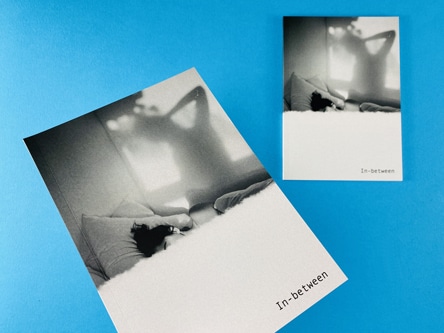
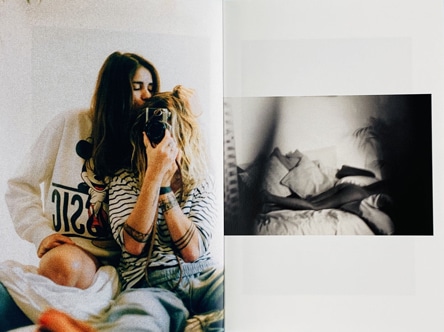
Tiffany Roubert’s photobooks embody the charm of limited runs and personal touches. These A5, perfect-bound editions feature a 300gsm silk cover with matte lamination and 130gsm silk interiors that display intimate travel images spanning Europe to Brazil. Hand-signed by Tiffany, each copy feels like a keepsake, forging a personal connection between creator and reader. The silk finish gives images a smooth polish, subtly enhancing colours without overshadowing delicate details.
Print Insights and Challenges:
Combining the precision of four-colour print with a manageable A5 size, these books effortlessly slip into personal collections. Ensuring that portraits and landscapes retain their authenticity on silk stock required careful proofing and minor tonal adjustments. The end product is a vivid yet intimate publication that engages readers both visually and emotionally. This project stands as a testament to how limited editions and personal signatures can add genuine value and exclusivity.
Key Takeaways for Self Publishers:
If you’re aiming to create a personal bond with your audience, limited editions and hand-signed copies can elevate your brand. Compact formats, quality lamination, and carefully selected stock ensure that your self publish a photo book project has a professional finish, encouraging readers to treasure it for years to come.
Enjoy more information about this personal photography book portfolio >
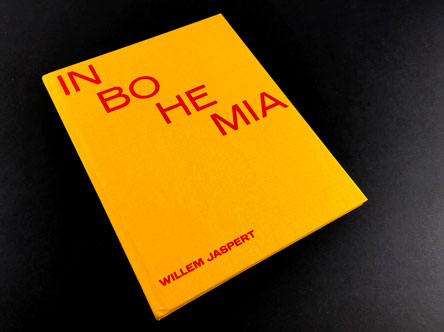
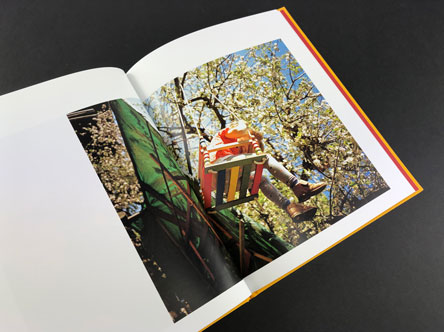
In Bohemia by Willem Jaspert is the epitome of hardback photography printing. Bound in Wicotex Dunkengelb with red foiling, this book exudes immediate character before a single page is turned. Inside, the four-colour print on 150gsm silk pages showcases a quiet, rural corner of Bohemia. The combination of Colorplan Vermillion endpapers, carefully chosen binding materials, and vibrant foils results in a book that’s as much a design statement as it is a photographic record.
Print Insights and Challenges:
Hardback binding requires great attention to detail—material textures, foil stamping precision, and consistent trimming are all crucial. The consistent reproduction of lush fields and subdued village life demanded careful colour management. By blending artisanal binding with technical expertise, In Bohemia emerges as a collector’s item that inspires many to follow its lead. It’s an example often referenced by those seeking to replicate its striking, off-kilter size and tactile appeal.
Key Takeaways for Self Publishers:
For those aiming high, a hardback edition with specialty materials and bespoke formatting can set your book apart. Consider unique sizing, bold colour contrasts, and foiling to elevate the visual dialogue between cover and content.
The result? A photography book that makes a powerful, lasting impression.
At Ex Why Zed, we’re passionate about more than just producing beautiful books—we’re dedicated to empowering creators. Our commitment to communication, technical guidance, and craftsmanship ensures that every client feels supported, whether they’re producing their first stapled photography book or a high-end collector’s edition. We understand that photography book printing is both an art and a science, requiring expertise in paper stocks, binding methods, colour management, and finishing techniques.
As we look at our office shelves for examples of photography books and photo books, it is easy to spot that the majority of them are A5. 240x170mm and 280x200mm are popular sizes and very few are at unwieldy and predictable A4 dimensions.
Our case studies highlight how we help clients navigate these decisions. Together, we can transform your vision into a tactile narrative that resonates deeply with audiences—one that stands the test of time on any bookshelf.
Whether you’re planning a personal project, a commercial release, or simply exploring the possibilities of self publish a photo book, Ex Why Zed is here to guide you. Reach out to us today for a bespoke consultation and let’s bring your images to life in print, creating a work of art your readers will treasure, revisit, and celebrate.
Let Ex Why Zed handle your book fulfilment, storage, and distribution! Click to read more.


With growing concerns about climate change and dwindling natural resources, industries worldwide are taking steps toward sustainable practices. The print industry is adopting sustainable methods to reduce waste, such as UV printing and uncoated recycled paper. These innovations are one of the best ways to combat the high risk of unused white paper. Additionally, digital printing produces much less waste, helping to reduce their environmental footprint.
Sustainable printing focuses on the most environmentally friendly paper materials and processes, such as recycled paper, FSC-certified paper, and biodegradable inks. These methods are not only eco-conscious but also cost-effective and efficient. This blog delves into the latest advancements in sustainable printing, their benefits, and actionable steps businesses can take to implement them.

Sustainability in the printing industry is essential for reducing environmental harm caused by traditional types of printing methods, including conventional printing inks and friendly ink options. Conventional printing often results in significant resource wastage, energy consumption, and high carbon emissions, leading to much less waste. Adopting sustainable techniques benefits both the planet and businesses.
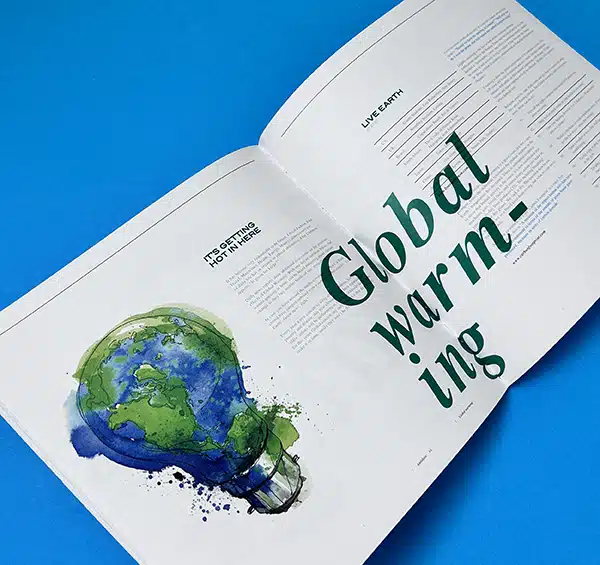
Beyond environmental benefits, sustainable printing demonstrates a company’s commitment to responsible practices. It boosts brand reputation, aligns with consumer preferences for green initiatives, and contributes to long-term cost savings.
The printing industry has embraced several cutting-edge sustainable methods. These techniques aim to minimise environmental impact while maintaining or enhancing the quality of print outputs. Let’s discuss 5 sustainable printing techniques below.
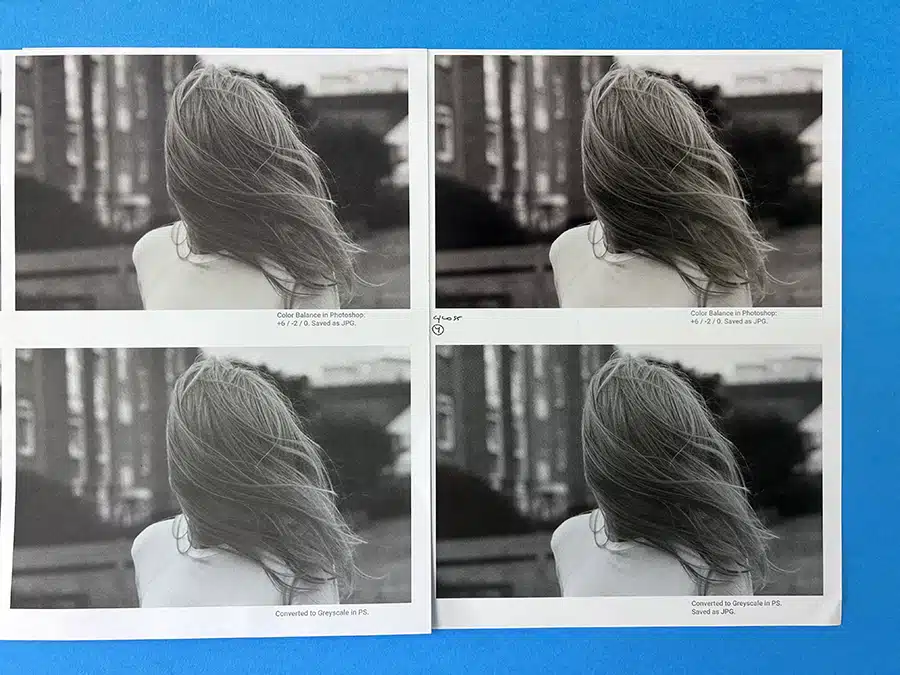
Using recycled paper significantly reduces the demand for virgin paper production, which involves deforestation and high energy consumption. Recycled paper is made from 100% recycled pulp and is biodegradable.
Key Features of this paper:
The Forest Stewardship Council (FSC) certifies paper sourced from responsibly managed forests. The FSC-certified paper ensures sustainable harvesting, supports reforestation and maintains biodiversity.
Key Features of this paper:
Traditional petroleum-based inks release volatile organic compounds (VOCs) that harm the environment. Biodegradable inks derived from renewable sources eliminate these risks.
Key Features of this paper:
Plant-based inks, made from renewable resources like soy, corn, and other vegetables, are a sustainable alternative to petroleum-based inks.
Key Features of this paper:
Sustainable printing offers a wide range of benefits for businesses and the environment. Below, we will discuss them in detail.
The printing industry can significantly reduce its ecological footprint by adopting green practices, such as using carbon-balanced paper, which is one of the most sustainable print solutions available today.
| Benefit | Details |
| Minimal Waste | Recycled paper and renewable inks cut down waste. |
| Lower Carbon Footprint | Processes like carbon offsetting reduce harmful emissions. |
| Resource Conservation | Utilising recyclable and renewable materials protects natural resources. |
| Energy Efficiency | Digital printing and biodegradable inks consume less energy. |
Sustainable printing not only benefits the planet but also helps businesses save money:
Adopting sustainable practices enhances a company’s image by showcasing its commitment to environmental responsibility. Consumers increasingly prefer brands that prioritise eco-consciousness, making sustainability a competitive advantage.

Implementing sustainable printing practices requires strategic planning and a focus on eco-friendly initiatives.
Start with sustainable materials that reduce environmental impact:
Streamlining processes can significantly improve efficiency:
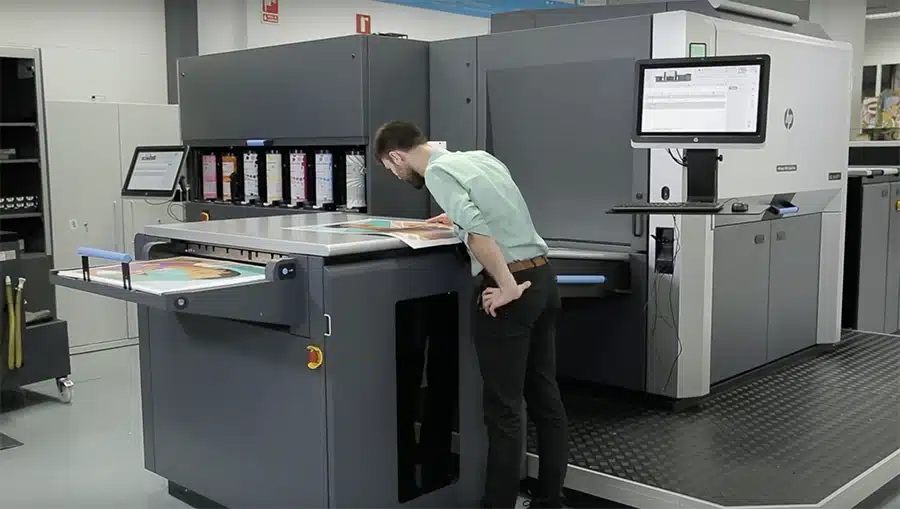
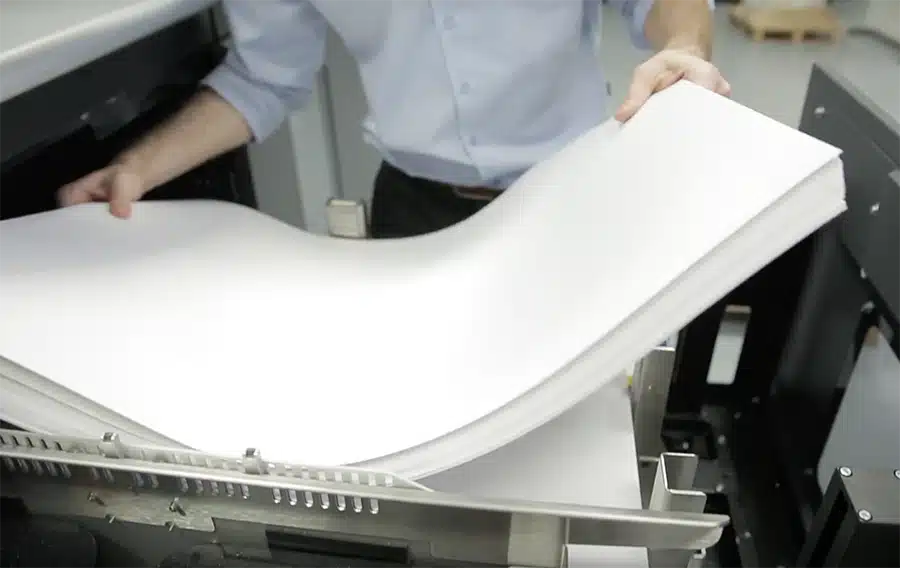
Collaborate with printing providers that prioritise sustainability. Look for companies that:
At ExWhyZed, we are committed to delivering high-quality printing solutions that prioritise environmental responsibilities and showcase our environmental credentials. Our sustainable printing practices utilise eco-friendly materials, recyclable resources, and energy-efficient processes to minimise environmental impact without compromising on quality.
By choosing ExWhyZed, businesses can reduce their carbon footprint while showcasing their commitment to a greener future. Let us help you bring your vision to life with sustainable printing that benefits both your brand and the planet. Contact us today to explore our eco-friendly printing options for your next project!
Sustainable printing is transforming the industry by combining innovation with eco-conscious practices, including a group of high quality high white silk techniques, like recycled paper, biodegradable inks, and the recycling process involved in direct-to-garment printing. These methods enable businesses to reduce waste, save costs, and minimise environmental impact, including options for larger jobs that often require the use of high amounts of ink and standard Saturday delivery with Royal Mail or Parcel Force. By adopting sustainable practices, companies can improve their operational efficiency and contribute to a greener, more sustainable future. It’s a win-win for the planet and businesses alike—showing that profitability and environmental responsibility can go hand in hand.
A sustainable printing process uses renewable resources, minimises waste, and reduces energy consumption. Examples include recycled paper, FSC-certified materials, and biodegradable inks.
Businesses can implement sustainable printing methods by using recycled paper, eco-friendly inks, printing double-sided, and opting for digital proofs to reduce waste. Additionally, choosing local printing services and minimising packaging can further enhance sustainability efforts in printing practices.
Companies can adopt eco-friendly materials, optimise processes to reduce waste, and partner with green printing providers.
Sustainable printing practices benefit the environment by reducing waste, conserving resources, and minimising pollution in print materials, which is essential for environmental protection. Additionally, with the support of the World Land Trust, they help companies enhance their reputation, meet regulatory requirements, and appeal to eco-conscious consumers who prioritise sustainable products and services.
Look for certifications like FSC, carbon-neutral initiatives, renewable energy usage, and sustainable material offerings.
Crafting an impeccable piece of literature is half the battle won. The other half lies in presenting it to the world in the most captivating manner, and this is where the role of book cover art and design comes into play. It's often remarked, 'Don't judge a book by its cover,' but let's be candid: that's precisely what readers do initially. An eye-catching book cover acts as the facade of your literary work, tempting potential readers to delve deeper.
If you are venturing into the world of self-publishing, nailing your book cover design is more than necessary; it's essential. It's okay if you're not a wizard graphic designer; good book cover design doesn't equate to intricate designs and heavy detailing.
Often, simple yet thought-out compositions can work wonders when it comes to tempting the reader to pick up your book. This blog will guide you through several aspects of crafting a unique book cover design, so let's get started!
In the field of self-publishing, the book cover is the foremost marketing tool at one's disposal. While your literary merit will be the ultimate determining factor, the cover catalyses the reader's journey from glancing to browsing to eventually purchasing the book. Let's delve deeper into the need for book cover design in self-publishing.
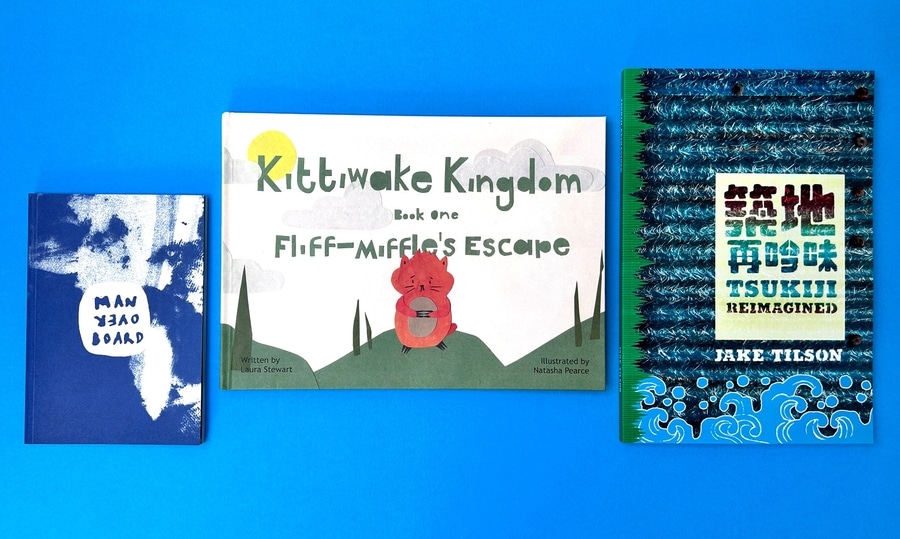
In book publishing, a captivating cover is crucial. It's the first thing readers notice, often determining whether they'll explore further or move on, even when purchasing a Kindle version on Amazon. Even a significant story risks being overlooked without an engaging cover.
Thus, investing in a well-designed cover ensures your book makes a strong first impression. It can spark curiosity and draw readers into discovering what lies beyond the cover. Remember, your book cover is your silent salesperson.
A good cover grabs attention and appeals to your target audience. Genre-specific designs—like warm tones for romance or dark, mysterious themes for thrillers—create familiarity and attract the right readers.
By reflecting on the book's theme and genre, the cover sets clear expectations for readers. It becomes essential for creating emotional connections before they even turn the first page.
Excellent book cover ideas are not just about flamboyance but involve smart integration of various key elements—each playing a significant role in setting the tone through effective lighting, shading, and the detail of your cover for your book. Let's discuss these elements in the following sections.
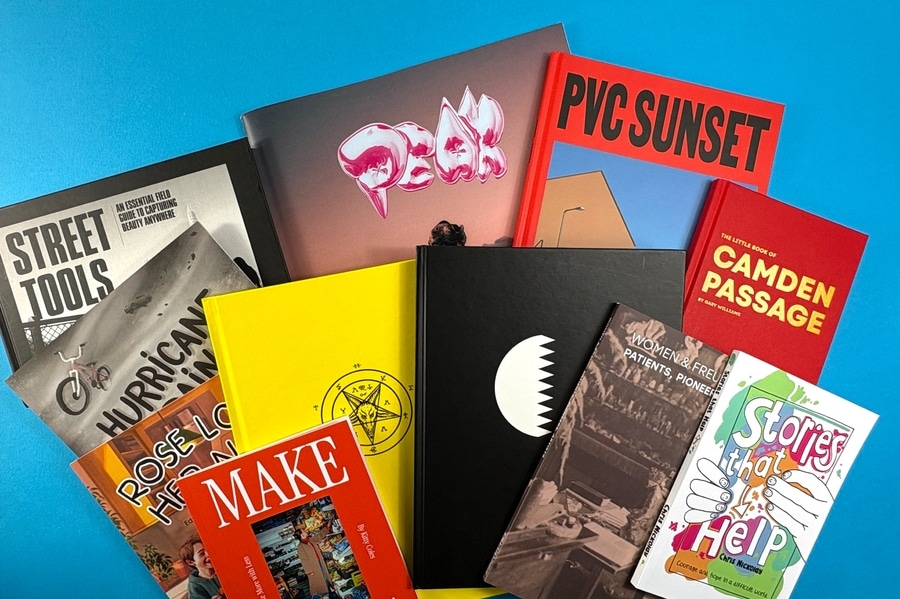
Imagery is the focal point of any book cover, whether it's a photograph, illustration, or an interesting play on unique colour. It should visually represent the essence of your book's theme or setting, even if it doesn't depict the plot directly.
For example, a high-fantasy book might showcase a mystical realm or a dragon, instantly conveying its genre. Since imagery is the first non-verbal interaction with potential readers, it must effectively capture the book's core essence.
Typography is another key aspect of a great book cover that stands out on a bookshelf. Font style, size, and colour should align with the design and genre. The book’s title, being the most prominent text, must grab attention and remain legible—even at thumbnail size for online displays.
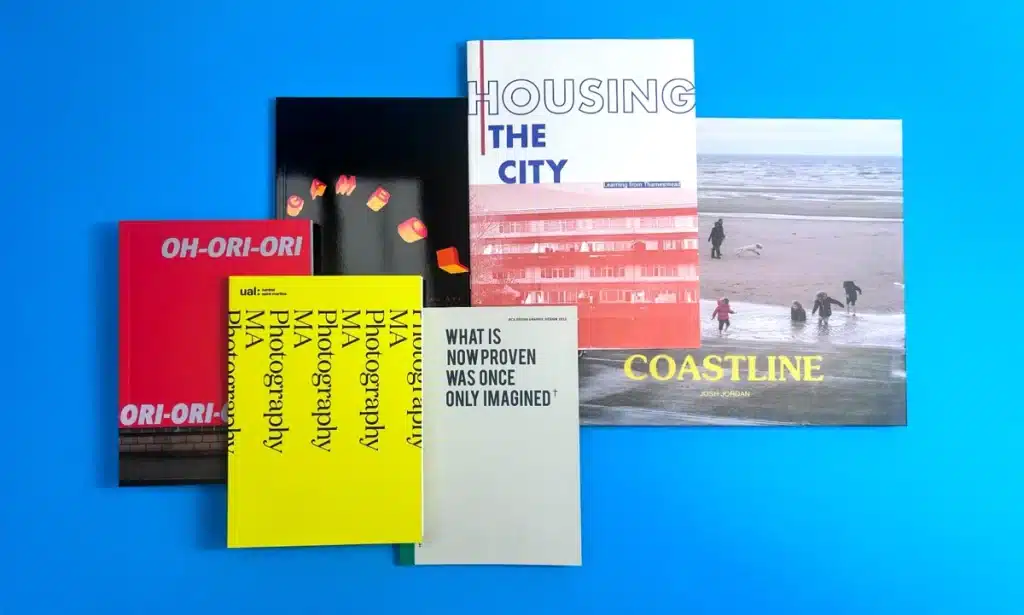
Besides, a clear text hierarchy is crucial to emphasise the title text over other details like subtitles or the author name. Choose fonts that enhance readability while matching the book's tone and style.
Colour theory plays a fundamental role in effective book cover design. The colours you choose can evoke specific emotions in your prospective readers, making them more or less inclined to learn more about your book. A thoughtful colour scheme can elicit the desired mood and help your book appeal better to the target audience.
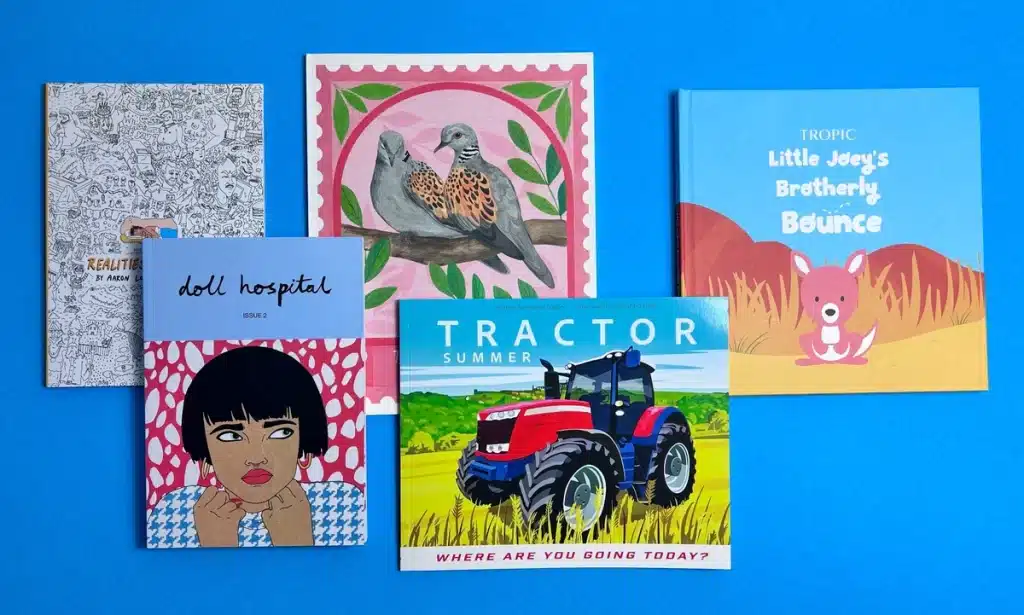
Designing your own covers requires considering the intended format—E-book, Paperback, or Hardcover. Ebooks must prioritise straightforward typography and eye-catching imagery for digital thumbnails. In contrast, paperbacks and hardcovers need additional design elements, like back and spine covers, tailored to their physical dimensions and format-specific requirements. Let's learn the differences in detail in the following sections.
Hardcovers and paperbacks differ in more than cover material. Hardcovers are sturdy, often with dust jackets, offering design options like embossing and inside flaps for a premium feel. Paperbacks are lighter, simpler to handle, and have straightforward design needs.
| Aspect | Hardcover | Paperback |
| Feel | Sturdy, high-end | Light, practical |
| Design Opportunities | Inside flaps, embossing | Cover bends easily |
| Price | More expensive | More affordable |
Ebooks are preferred for their portability and ease, requiring covers optimised for small screens, clarity in black and white, and thumbnail impact. In contrast, print books—paperbacks and hardcover books—require attention to factors like paper quality, finish, and physical dimensions, including considerations for print copies in a bookstore. Each format has unique design needs, especially when publishing in multiple formats.
| Aspect | Ebook | Print Book |
| Design Opportunities | Optimised for small screens, clarity, and thumbnail impact | Includes spine and back cover design, paper quality, and finish options |
| Price | More affordable | Hardcover: Expensive, Paperback: Affordable |
We often limit book cover design to the 'cover,' focusing only on the front. However, a holistic book design goes beyond just the front cover—it involves careful thought and artistic input on the back cover and the spine, too. Let's discuss these concepts in the below sections.
Perfect Bound Cover Design Video Guide
Illustrated guide and instructions
This page also includes a list of common spine sizes for various page numbers and paper choices.
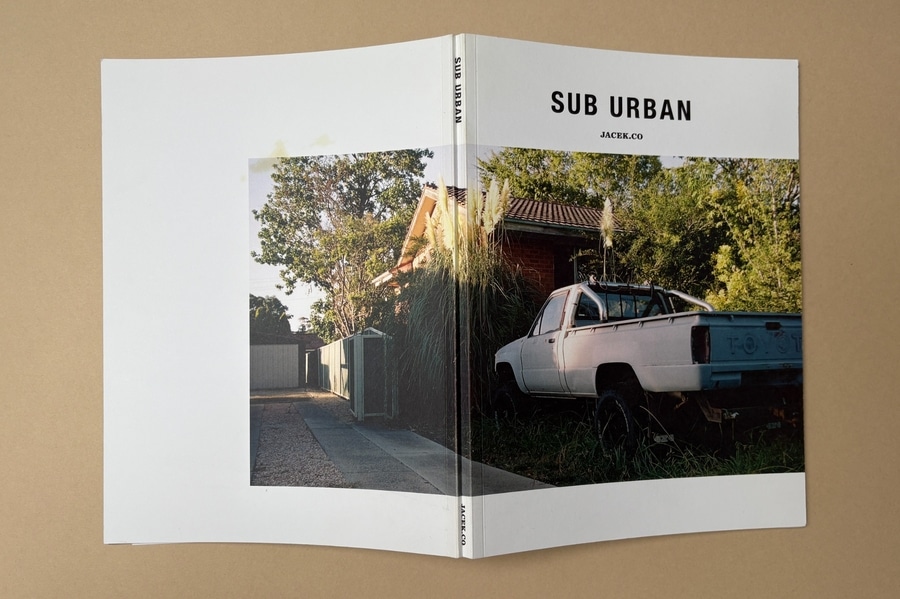
To save you a bit of time and head scratching, we have a set of downloadable templates for softback book covers. Each template has the required spine through the centre. (You will need Adobe InDesign to open it. They do offer a free one week trial).
When you export to PDF can you set the bleed to 3mm on the right and left and 10mm on the top and bottom - this way the hairlines will show on the PDF and we'll know where to fold the spine. We have locked the hairlines and white box so drop your artwork in over those.
Ultimately, we only need a PDF laid out as a spread to print the cover, so do use whichever design/layout program you are most comfortable with. We’ll give the file a good check and preflight when it arrives and will flag up any potential issues. So don’t worry if you’re not 100% sure you’ve done it correctly.

There is a slightly different process between designing the cover for a perfect bound softback book and a hardback book. The hardback book cover design requires extra 17mm flaps around the edge which are the parts of the printed cover which fold around and are glued to the inside of your hardback case. You can just about see on the image below, the 17mm of the cover which has been tucked around and glued down underneath the orange endpapers.
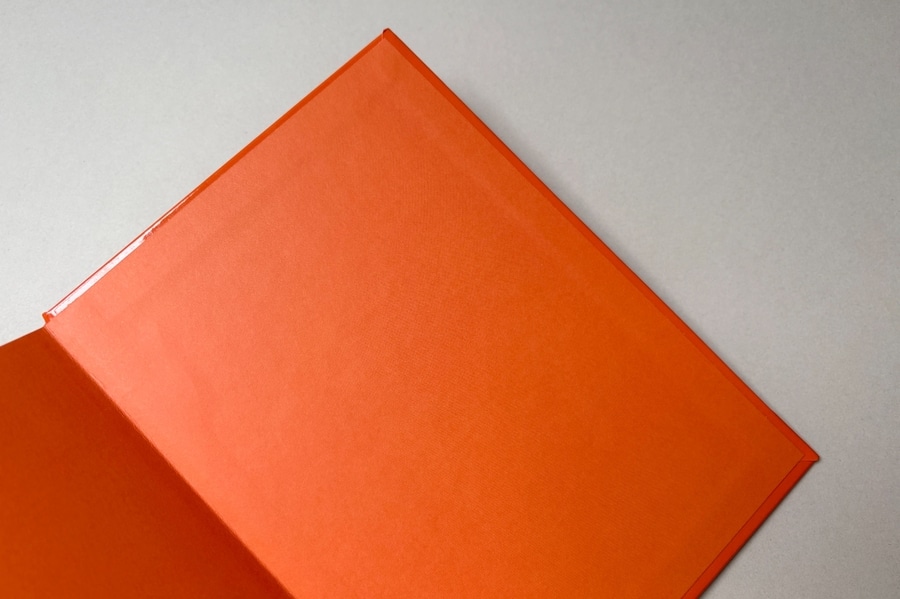
The front cover should offer a clear, intuitive glimpse into your book's content, immediately capturing the viewer's interest. It must blend compelling imagery and the two main parts of your front cover, genre-appropriate fonts, and colours that evoke the intended emotions. The goal is to create a visual narrative that intrigues potential readers, compelling them to explore the book further.
Key Considerations while designing the front cover:
The back cover provides additional details, including the book's description, author bio, and book reviews, similar to what you would find on an ebook’s description page. The layout should be organised and flow logically, starting with a brief synopsis or blurb. The goal is to smoothly guide the reader from learning about the book's story to getting to know the author.
Key Considerations while designing the back cover:
The spine width calculator is pivotal in making your book stand out when aligned with others on a shelf. It carries the book's title, the author's name, and often, the publisher's logo or imprint.
Key considerations while designing the spine are:
Your book’s font is more than just a design choice—it shapes how readers experience your words. The right typeface enhances readability, sets the tone, and ensures a professional, polished final product. Whether you're writing a gripping thriller, an insightful non-fiction book, or a whimsical children's story, selecting the perfect font is crucial for both aesthetics and accessibility.
This deep dive guide explores the best fonts for self-publishing, breaking down serif vs. sans-serif styles, genre-specific recommendations, and font-pairing strategies. You’ll learn why classics like Garamond and Baskerville work beautifully for fiction, while Helvetica and Avenir are ideal for modern non-fiction. We also cover key technical considerations, such as font size, spacing, and licensing, ensuring your book is both visually appealing and easy to read.
Whether you're opting for professional assistance or going the DIY route, learning specific book design’s top tips and trends can guide you towards creating an impactful book cover. Read on to learn these fantastic design tips and trends.
Understanding your book's genre and audience is essential for effective cover design, as it sets the appropriate dominant tone of your book. Each genre, including those with bright colours and cartoonish illustrations, has its own visual style that resonates with readers. For example, thrillers often feature darker tones and intense imagery, while romance novels use warm colours to evoke emotion.
Similarly, knowing your audience's age, tastes, and expectations helps shape the design. A young adult novel, for instance, requires a different approach than one aimed at mature readers. Focus on these elements to create a cover that appeals to your target demographic.
Avoid the temptation to cram too many elements on your cover—remember, simplicity sells. Your book's narrative may have multiple themes, characters, and settings—however, resist illustrating them all on the cover. Instead:
Whether to attempt a DIY book cover design or hire a professional designer depends on your level of comfort with design software, creative abilities, and budget. Let's check out more details on both of them.
DIY design provides a hands-on approach to your book cover design, maintaining complete control over the creative process. However, there are specific pros and cons when opting for a DIY design, which we shall discuss in the following table.
| Pros | Cons |
| Full creative control | Time-consuming |
| Cost-effective | Limited design skills may impact the output |
| Variable revision times | The learning curve for design software |
We will just need a high res PDF file to go ahead. SO do use the program you are most comfortable with laying out the artwork in. Ensure that you are happy with how everything looks on the page, then Export or Save As PDF. Easy!
We'll give the files a thorough check and preflight when they arrive and at that stage we will flag up anything that doesn't look right so you can change it before printing.
When you hire a professional designer for your book cover, you essentially invest in their expertise and experience. They deeply understand design principles, genre-based trends, and audience preferences and can seamlessly blend these factors into an appealing design. However, there are both advantages and disadvantages to hiring them, which we shall learn in the table below.
| Pros | Cons |
| Expertise in design software and tools. | It can be expensive. |
| Transforms vision into polished, high-quality cover. | It may not match your personal design style. |
| Access to premium resources. | Longer collaboration and revision time. |
| It can boost book sales and attract readers. | Doesn’t need design skills or a limited budget. |
As you decide to seek professional help, why not choose Ex Why Zed? We specialise in creating visually stunning, brand-aligned covers that genuinely reflect the essence of your book. Whether you need a simple design or a more intricate, creative approach, we ensure your cover stands out from the crowd.
Our team uses various techniques, from vibrant colour schemes to clever typography, to make your cover as captivating as your story. We also handle all your other publishing needs, so Reach out to us today to collaborate and bring your book to life!
Creating a compelling book cover is crucial in self-publishing, as it serves as the first visual impression of your story. The cover should effectively capture your book's essence through imagery, typography, and colours while aligning with your book’s genre and appealing to your target audience.
Whether you hire a professional or design it yourself, ensure the cover is a professionally designed cover that is engaging and relevant to make a substantial impact on potential readers. Your book cover is your story's first impression—make it count!
You can design a book cover for self-publishing through professional services, utilising online design platforms with customisable templates like Canva or graphic design software like Adobe InDesign or GIMP for a more hands-on approach to selling copies of your book. A great way to ensure success is by understanding your genre and audience and using sound design principles, particularly sharing your designs on Instagram to check how your followers initially interact with the designs.
The cost of hiring a professional book cover designer can vary significantly based on experience level, complexity of the design, revisions, and licensing fees for images or fonts. It can range from a few hundred to a few thousand dollars depending on how complex your brief is and how many pages there are in your book to typeset and design.
To format your book for self-publishing, use professional design software like Adobe InDesign or hire a designer. Ensure proper margins, fonts, and sizes for a polished look. Convert the file to PDF for submission. Consider hiring a professional formatter for best results.
The best approach to creating a book cover is combining a clear understanding of your book's essence, genre, and target audience with strong design principles, including the rules of design that showcase a distinct style and give readers a sneak peek of what's to come. This might involve professional help, online design tools, or learning graphic design software for a personal touch.
Various free DIY book cover design tools are available online. Canva is a popular choice, offering a plethora of templates and graphic elements. GIMP offers advanced photo editing, while Adobe Spark and Microsoft Word are other accessible options providing customisations in design templates.
At Ex Why Zed, we believe that Business Printing should transcend the ordinary and create meaningful, tangible connections between brands and their audiences. In a world dominated by digital screens, expertly printed materials can instantly captivate the senses, establish credibility, and reflect the true essence of a company’s vision. Whether you are a fashion label looking to transform your seasonal collection into a stunning lookbook, an arts organisation producing a commemorative catalogue, or an entrepreneur aiming to add polish to your annual report, the right print choices can significantly enhance your brand’s impact. From careful stock selection and considered formats to vibrant colour reproduction and durable binding, every element matters when bringing your story to life on paper.
To help you make informed print choices when you need business printing, we have analysed and dissected a series of recent book printing projects for SMEs, design agencies and our corporate clients. Each case study highlights not only the production techniques and materials that have proven successful but also how thoughtful design decisions can influence a publication’s reception. By examining these diverse projects—ranging from high-end fashion lookbooks and community programme booklets to boundary-pushing zines—we aim to demonstrate the remarkable possibilities of well-executed Business Printing. With these insights, you can move forward with confidence, knowing exactly how to craft printed pieces that resonate with readers and stand the test of time.
An interesting takeaway is that the vast majority of the books we print for businesses and brands are perfect bound. This allows you more pages and creates a professional looking bound book.

Read the full lookbook printing case study >
Sabina Savage’s intricate scarf designs are world-renowned, and her A5 collection lookbooks required a printed format that would mirror the elegance and detail of her work. We chose 300gsm uncoated cover stock with matt lamination for a delicate yet durable finish. Inside, the 46pp text pages printed on 170gsm uncoated paper allowed the nuanced illustrations and sumptuous patterns to speak for themselves. This approach ensured that the textures, hues, and line work of each scarf were faithfully reproduced, enabling readers to experience the evolution of designs from rough sketches to richly detailed artworks.
These neat, perfect-bound books guide readers on a narrative journey through Sabina’s imaginative themes. Each collection tells a story—of fortune, prophecy, or festive revelry—unfolding page by page with carefully composed still-life photography and draft illustrations in progress. The combination of high-quality printing and sympathetic design transforms the lookbooks into collectible pieces that align perfectly with Sabina Savage’s luxury brand identity, inspiring customers not just to buy a scarf, but to engage with the artistry and storytelling behind it.
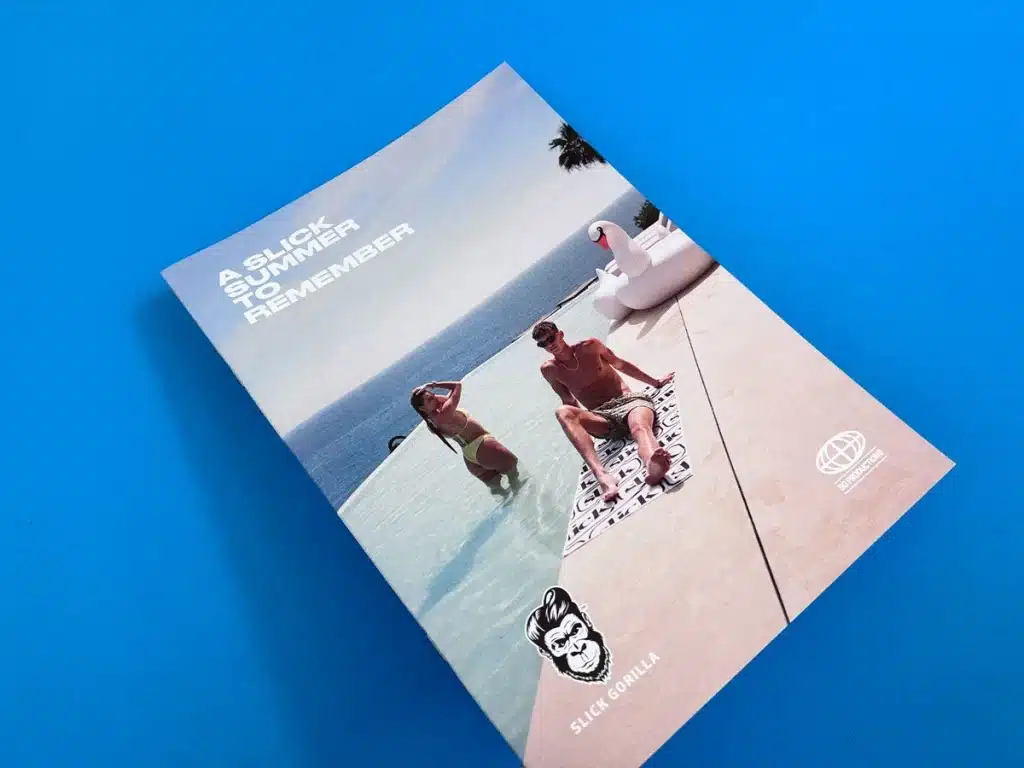
Read the business brand printing case study >
Slick Gorilla’s “A Slick Summer to Remember” is a lifestyle lookbook that immerses readers in a breezy, beachside narrative of fashion, grooming, and relaxation. Printed as a wire-stitched A4 zine on uncoated stock, the piece leverages warm colour palettes, tactile textures, and film-like photography to evoke the languid pace of summer holidays. The subtle integration of branding and product placement within aspirational images allows readers to envision themselves enjoying their own carefree escapes, while maintaining a modern, style-conscious edge that resonates with younger audiences.
Carefully chosen typography and generous white space ensure that the visuals command attention, while the four-colour print process preserves the subtle gradients and depth of each image. The result is more than a mere promotional piece—it is an immersive sensory journey that aligns perfectly with Slick Gorilla’s ethos. This approach shows how Business Printing can shape perceptions, inviting readers to connect emotionally with a brand’s story and ultimately leading to stronger, more meaningful relationships with the audience.

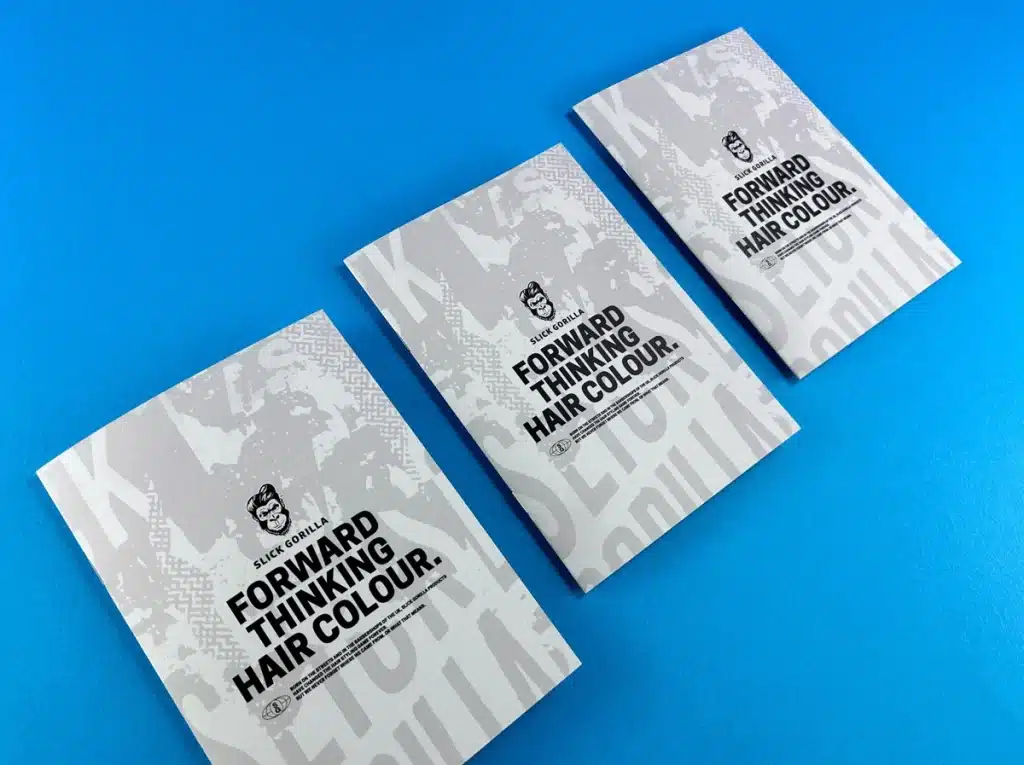
In “Forward Thinking Hair Colour,” Slick Gorilla challenged conventions by blending bold aesthetics, vegan values, and innovative hairstyling concepts into an A5 zine that feels both contemporary and ethically conscious. Uncoated stock forms the perfect canvas for vibrant, four-colour printed imagery, ensuring the dynamic, saturated tones pop off the page. This material choice not only enhances the tactile allure but also underscores the brand’s sustainable, cruelty-free credentials—qualities that today’s discerning consumers increasingly demand.
Inside, editorial-style photography sits alongside bold typography, weaving a narrative that champions individuality and expressive self-care. The seamless harmony of design elements—from colour contrast and strategic font selection to full-bleed photography—creates a confident and energetic aesthetic. This publication reminds us that considered Business Printing can galvanise a brand’s message, translating abstract concepts like “innovation” and “ethical production” into a tangible, shareable, and memorable form.
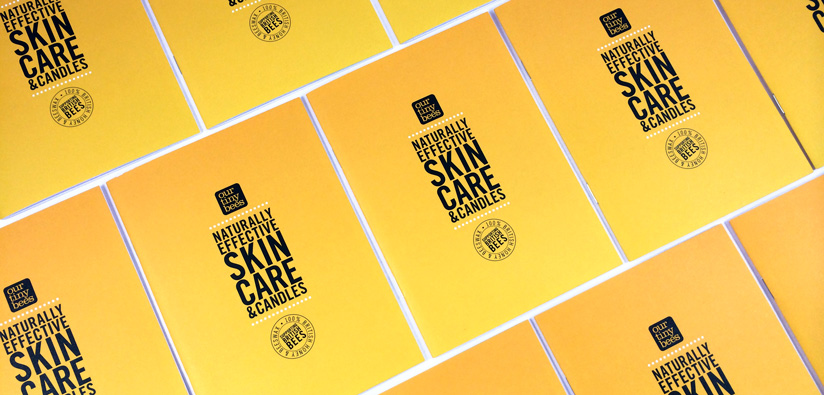
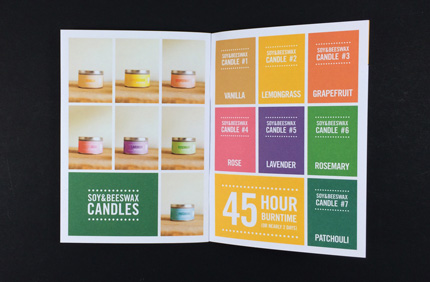
Read the product lookbook printing case study >
For Our Tiny Bees, a brand rooted in nature and sustainability, we created A6 self-cover booklets on 120gsm uncoated paper that reflect the simplicity and purity of their products. Uncoated stock was selected to maintain a rustic, organic feel that resonates with their 100% British honey and beeswax skincare range. By trimming, collating, and wire-stitching the booklets, we ensured they would be easy to handle and distribute, making them ideal as product guides at markets, fairs, or in-store promotions.
The four-colour printing throughout brings out subtle hues and delicate textures in the photography, perfectly complementing the brand’s ethos. By crafting lookbooks that allow the natural beauty of Our Tiny Bees’ ingredients and packaging to shine, we’ve shown that effective Business Printing isn’t always about lavish embellishments—sometimes it’s about letting authenticity and craftsmanship speak for themselves. The result is a piece that feels honest, tactile, and worthy of prolonged engagement.
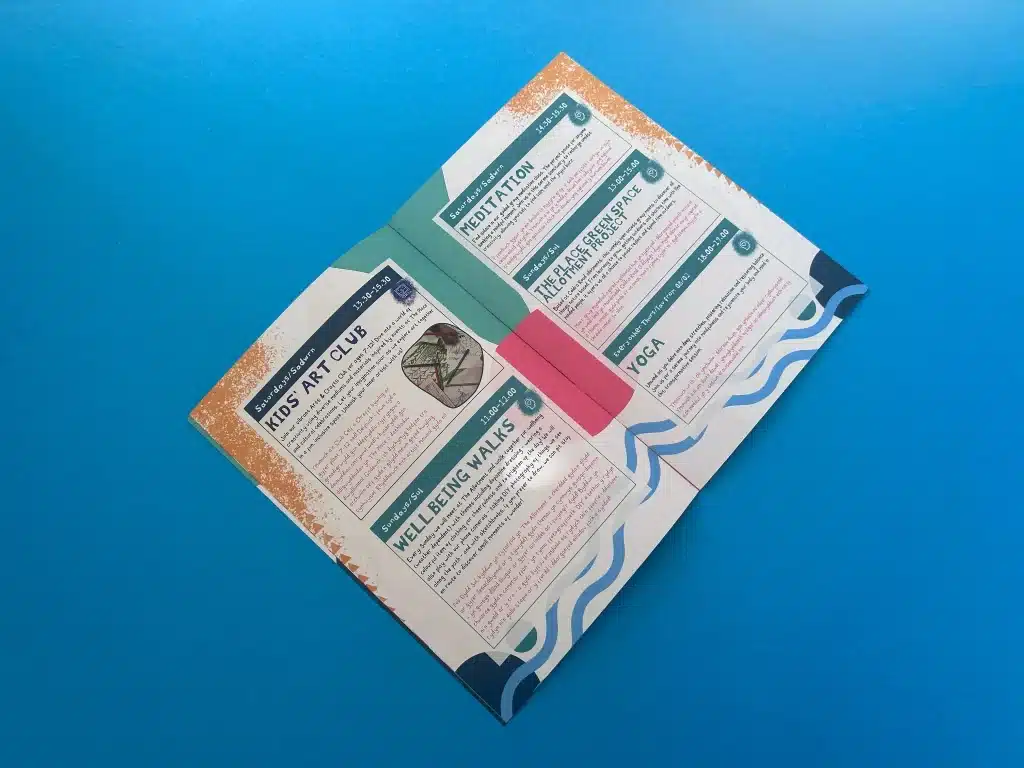
Read our local community printing full case study >
The “What’s Happening at The Place” booklet embodies the spirit of community interaction at a vibrant Welsh arts hub. Produced at 250x170mm, wire-stitched, and printed on uncoated stock, it fosters accessibility and inclusivity through an inviting design. Bright speech bubbles, bilingual text, and modern typography encourage engagement, while a consistent colour scheme and carefully structured layouts ensure that event listings are easy to navigate and enjoy.
This Business Printing project demonstrates how design choices can reflect and reinforce a venue’s identity. By combining white space with dynamic visuals, the publication resonates with readers, making them feel welcomed and informed. The result is not simply an events guide—it’s a tool for building connections, celebrating cultural diversity, and inspiring the community to come together for shared experiences.
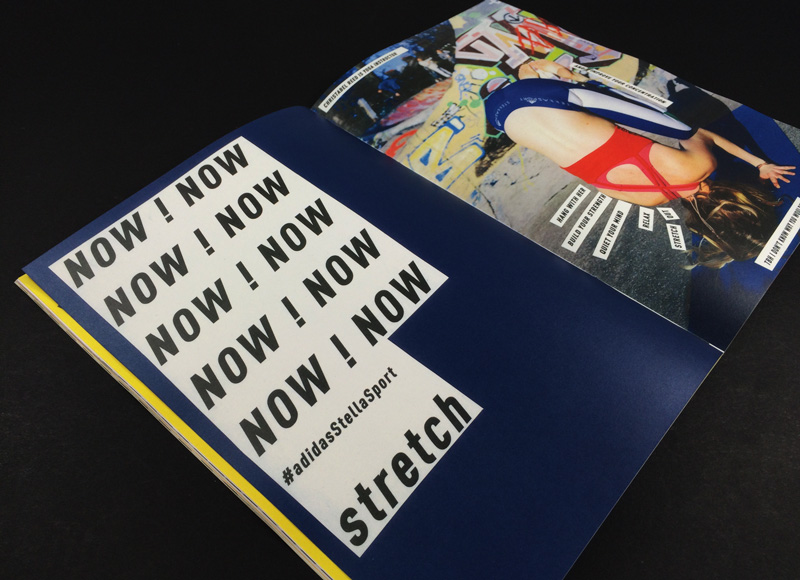
Read our enlightening Fashion Lookbook case study >
For the Stella McCartney Sport x Adidas lookbooks, we crafted A4, 40pp self-cover publications on evolution uncoated stock to reflect the collaborative brand’s commitment to sustainability and style. By using recycled, environmentally conscious materials, we ensured these lookbooks mirrored the values of a forward-thinking fashion audience. The uncoated texture offers a natural, matte finish that complements the dynamic athletic imagery and conveys an air of conscious luxury.
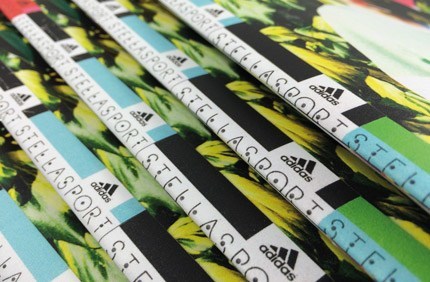
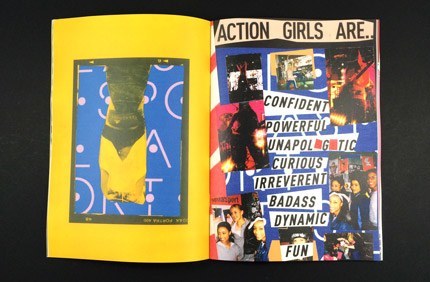
Inside, vivid photography captures the energy of the designs, from functional leggings to statement accessories. Bold yet refined typography guides readers through product information without detracting from the visual storytelling. This project is proof that Business Printing can elegantly merge form, function, and responsibility, reinforcing a brand’s image while ensuring the finished piece contributes positively to the narrative of eco-friendly production.
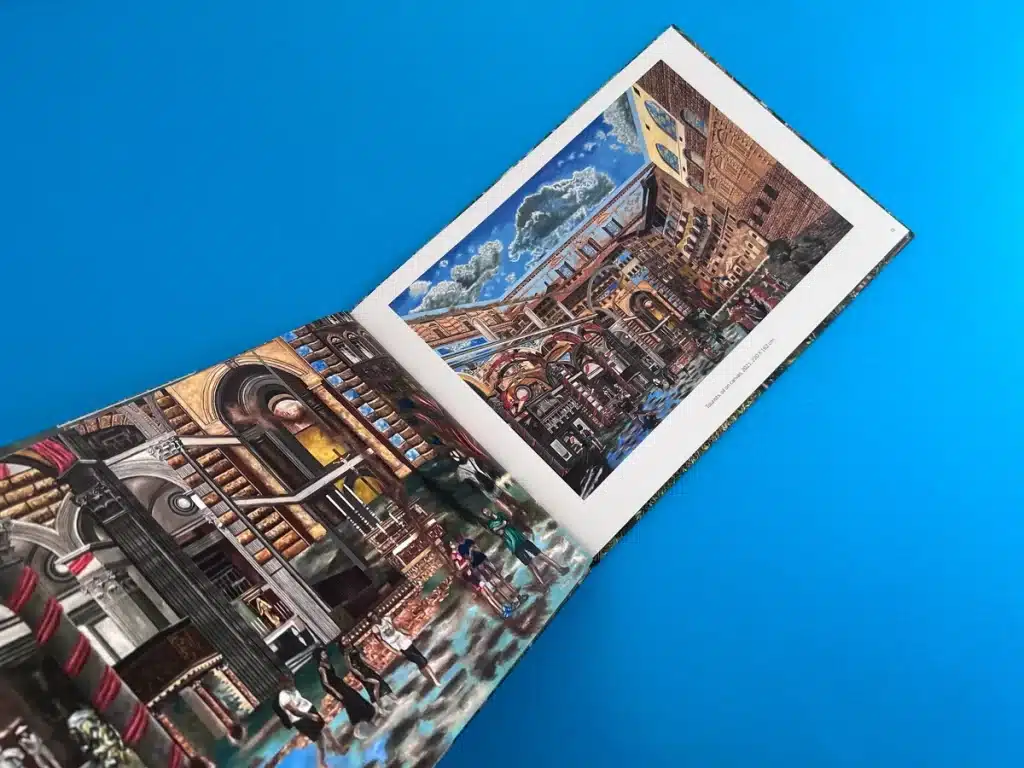
Read our Art Gallery Catalogue Book case study >
Raoul Orazabal’s A4 landscape case-bound art book “When is Enough” demanded meticulous attention to detail from start to finish. We combined a matt-laminated silk cover with uncoated endpapers and 170gsm silk inner pages, striking a balance between tactile variety and premium presentation. The careful binding, exact spine calculation, and precise colour reproduction ensured each painting’s layered complexity and depth came through on the printed page.
This project demonstrates how Business Printing can heighten an artistic narrative. Orazabal’s surreal, fractured cityscapes and environmental themes benefit from thoughtful layouts that highlight both macro compositions and intricate brushwork. The result is a gallery-quality book that celebrates the artist’s vision, inviting viewers to linger, reflect, and appreciate his oeuvre in a format that stands the test of time.
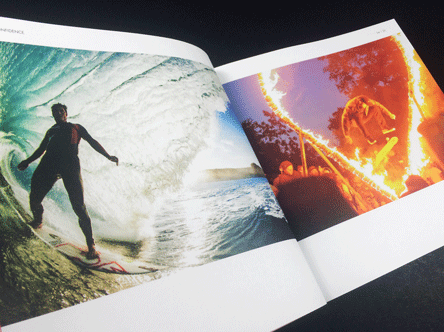
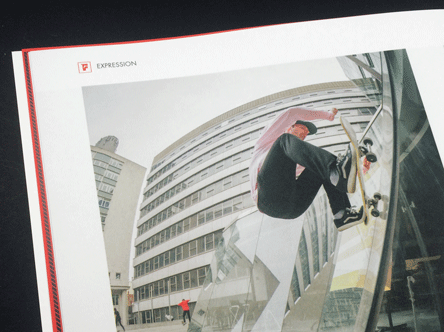
Get inspired with book printing to promote your brand in our full case study >
Capturing the energy of action sports in print requires a careful interplay of format, paper choice, and colour fidelity. For Factory Media’s 250x250mm perfect-bound annual, we used uncoated stock to let vivid four-colour images pop naturally, preserving the intensity of boarders in silhouette against bright skies, BMXers mid-trick, and skateboarders defying gravity. The result is a tactile, immersive publication that mirrors the rush of the sports themselves.
This piece highlights how considered Business Printing decisions can ensure images of fast-paced action retain their dynamism. By prioritising crisp reproduction and balanced layouts, we transformed these annuals into coveted keepsakes—perfect for building anticipation, celebrating achievements, and inspiring readers to become part of the action. Every page turn fuels excitement, ensuring the brand’s connection with its audience remains strong and vibrant.
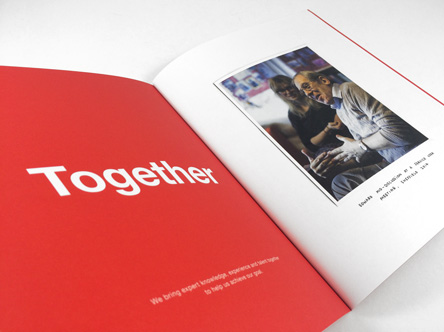
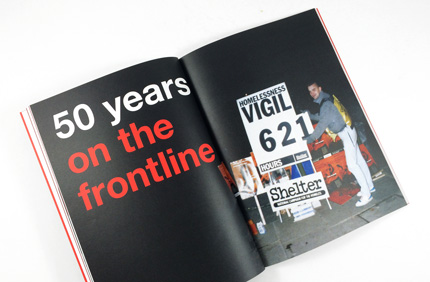
Commemorating Shelter’s 50th anniversary called for a publication that would honour the organisation’s legacy while maintaining a respectful tone. We produced a slightly smaller than A4, perfect-bound book entirely on uncoated stock for an archival feel, allowing historical photographs and documentary images to stand out with honest clarity. The understated choice of materials, combined with a dignified design, emphasises the gravity and importance of Shelter’s work over half a century.
By running a hard copy proof and involving multiple stakeholders before the final print run, we ensured that everyone’s expectations were met. This careful approach to Business Printing resulted in a collection of pages that not only serve as a documentary record but also encapsulate the values and impact of an organisation dedicated to improving lives. In doing so, this commemorative book becomes a cherished artefact, reflecting both past achievements and future ambitions.
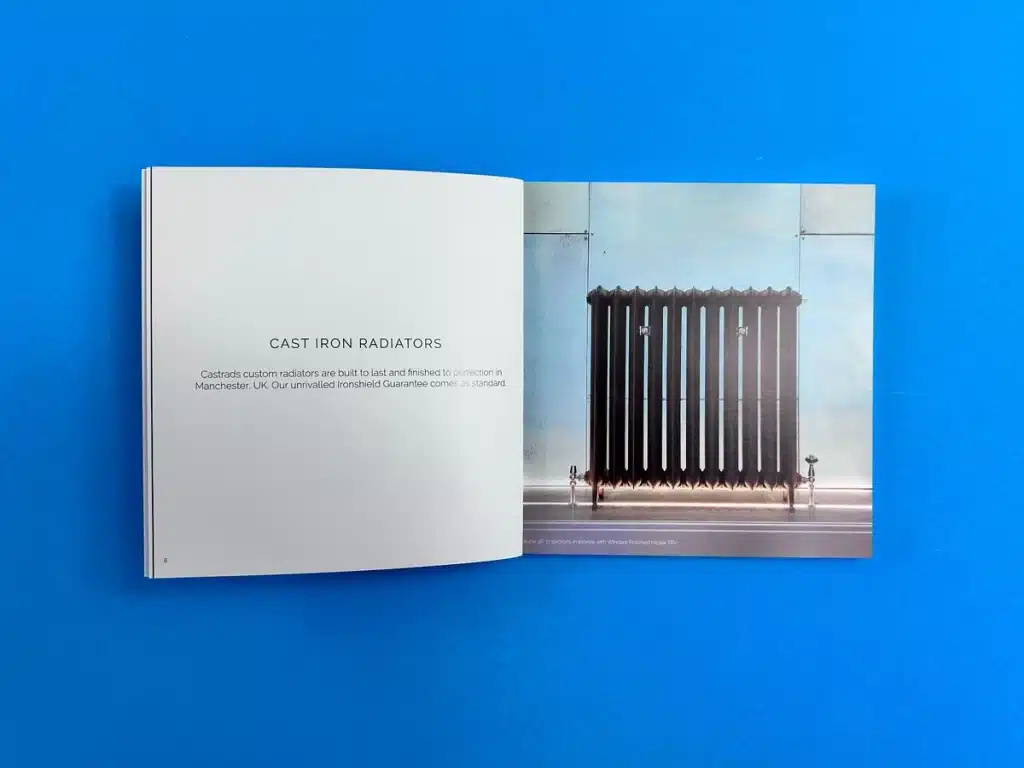
Enjoy the case study of these Lookbooks and Product Card printing >
Castrads’ premium cast iron radiators merit a printed presentation that aligns with their timeless, industrial-chic appeal. For these 150x150mm lookbooks and product cards, we used uncoated stocks to introduce a pleasant, tactile quality that resonates with the brand’s heritage aesthetic. The neat, compact square format and matt-laminated covers give the publications durability and presence—ideal for in-store displays or on-site consultations with discerning customers.
Inside, the minimalist design focuses on showcasing the radiators’ shape, finish, and customisation options without clutter. By balancing white space with carefully selected typography and four-colour images, we allowed the products’ elegance to speak for itself. This approach to Business Printing emphasises that sometimes, less is indeed more. A refined, tactile publication encourages readers to appreciate craftsmanship and consider the infinite possibilities of a product designed to last for generations.
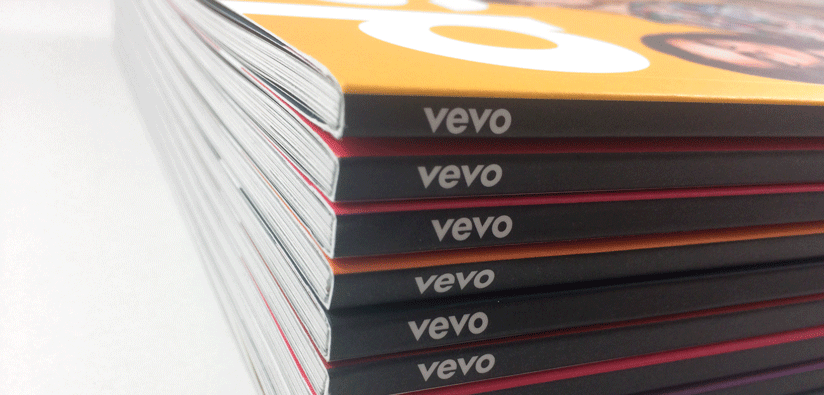
Learn more in our Music Book printing case study >
Vevo’s first-ever print magazine was a true international endeavour, celebrating 20 emerging artists to watch in a unique 254x203mm perfect-bound format. Printed on uncoated stock, the publication carried a tactile richness that balanced cutting-edge music culture with the warmth of a physical artefact. Handling multiple cover variations and coordinating with teams in London and New York demanded precision and adaptability—a challenge we embraced wholeheartedly.

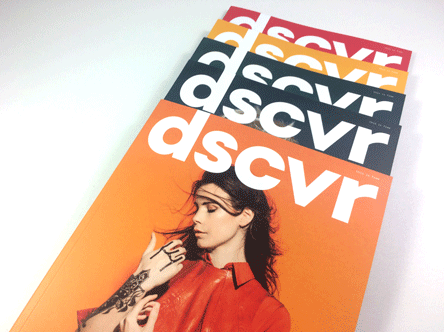
Through careful communication, preflighting, and logistical management, we ensured the magazine arrived on both sides of the Atlantic, capturing the vibrancy of the featured artists with crisp, four-colour reproduction. This project exemplifies how expert Business Printing can serve as a global ambassador, bridging digital trends with print tradition, and connecting audiences to new voices in music through a uniquely tangible medium.
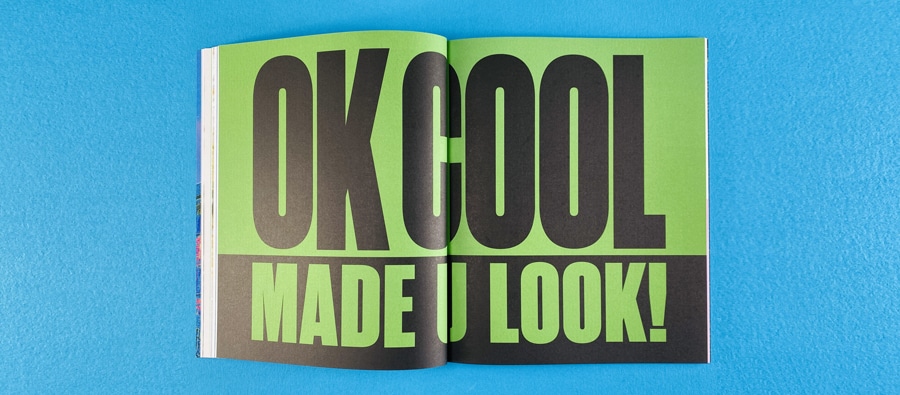
Read the Photography Book for Business case study
The “R U on TikTok” zine by Ok Cool embraced innovation and experimentation in print. Featuring multiple paper stocks, translucent pages, Pantone spot colours, and a bespoke size of 230x195mm, this project broke the mould of traditional book design. Such complexity required careful coordination to ensure every element—from vivid neon inks to see-through overlays—contributed to a cohesive, visually stimulating narrative.
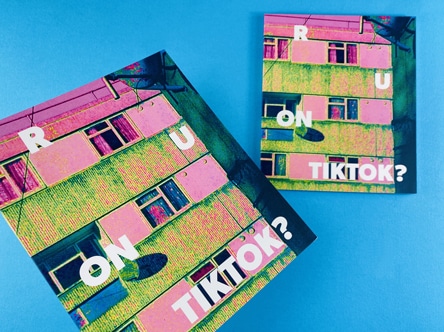
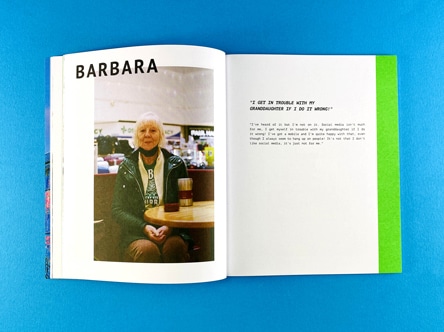
This zine demonstrates the power of unconventional Business Printing. By blending digital culture references with physical mediums, Ok Cool effectively translated the intangible energy of social media into a handheld conversation piece. The result is a provocative exploration of how the virtual can be made tactile, ultimately reminding readers that even in a hyper-connected age, the charm of print remains alive and well.

Read this Fashion Lookbook Printing case study >
Footpatrol’s “Jewels of Soho” merges street culture with refined design, encapsulated in an A5 perfect-bound book printed on silk stock with a matt-laminated cover. By integrating bold typography, crisp photography, and restrained colour accents, we echoed the edgy authenticity of London’s Soho neighbourhood. The final piece possesses a sense of modernity and grit that mirrors the city streets, while still offering a premium, collectible finish that stands out in any environment.

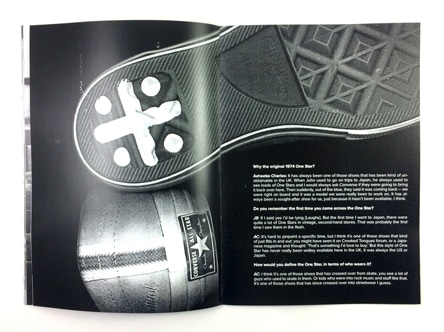
This project underlines how Business Printing can help a brand articulate its identity in tangible form. Every design choice—from paper weight to lamination—reflects the brand’s ethos, allowing readers to immerse themselves in Footpatrol’s narrative. In doing so, “Jewels of Soho” becomes more than a promotional tool; it becomes a creative artefact that deepens the brand’s connection with its audience and inspires ongoing dialogue around fashion, culture, and place.
As these expanded case studies show, printing is far more than putting ink on paper. It’s about combining the right materials, formats, colours, and finishes to create an object that resonates, informs, and inspires. Our projects—from compact lookbooks and commemorative publications to cutting-edge zines and high-end product brochures—demonstrate Ex Why Zed’s unwavering commitment to excellence, innovation, and personalisation.
When you’re ready to self publish a book or produce a printed piece that truly stands out, Contact Ex Why Zed. Our team will provide expert advice, guide you through material selections, and work closely with you to ensure your project exceeds expectations. Business Printing is about more than practicality—it’s about creating something memorable, meaningful, and worthy of being held in someone’s hands. Let us help you tell your story through print.
When it comes to tight deadlines, rush orders, and last-minute printing, Ex Why Zed is here to help.
If you have a project that is being sent to print today, great, let us provide you with a quote for a fast turnaround, high quality solution.
Chat to us on 01206 766647, hello@exwhyzed.com or through the Live Chat box on our website.
We will get your work back to you when you need it at a good price point.
• Your usual go-to printer has let you down and just cannot do the turnaround or print specification you need.
• You fell for the maxims of a cheap online printer (don't worry you're not the only one 🙂 but the printing they sent is shocking quality and need a quick replacement.
• There is an important business meeting coming up and you just discovered the business cards are running dry.
Going to print today need not be stressful when you turn to us. Our decades of expertise in the printing industry gives us unparalleled experience in providing the best end product, even with a quick turnaround time. Thanks for stopping by and welcome to Ex Why Zed.
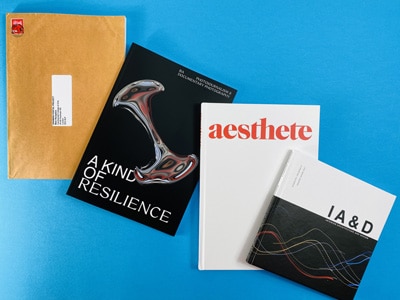
You are in a hurry and need book and booklet printing? No problem, Ex Why Zed are your UK express printing experts. We are aware of the fast-paced nature of life thus our dedicated creative team always works to provide quick solutions and respond to your needs and demands. We offer express printing and delivery at a price within your budget.

Just give us a call, email or make your print choices on our Printed Project Builder. Within a few minutes, our friendly Account Managers will be at your service helping you have all your material printed and delivered in just a few days. It is just that simple!
At Ex Why Zed, we use environmentally friendly printing materials and products. If you need just a few copies of your next project, maybe for a student project, design pitch or Companies House submission, we can do that as well. From brochures to postcards, children’s books to zines, artist books and catalogues, you can get everything printed today at cost-effective prices.
We look forward to transforming your idea into print!
Printing A5 booklets can feel overwhelming, especially with budget constraints and so many layout options to consider. Their compact size and informative nature make them perfect for impactful branding and communication, but finding cost-effective solutions can be tricky.
This guide is here to make it easier. We’ll walk you through the diverse uses of A5 booklets, the best printing options, and how to estimate costs effectively. Plus, we’ll share insider tips to help you cut costs while maintaining quality.
By the end, you'll be well-equipped to navigate A5 booklet printing in the UK and make smart choices to maximise your investment. Let’s dive in!
Several factors influence the final cost of printing A5 booklets. While some, such as page count and ink type, are straightforward, others may be less obvious. Key elements affecting the cost include:
You can also check out our video on booklet printing guide to get actionable tips and insights on brochures, zines, and catalogues.
Remember, the idea is not just to find the cheapest option but to strategically select a blend that aligns with your brand image and audience expectations while fitting within your budget.
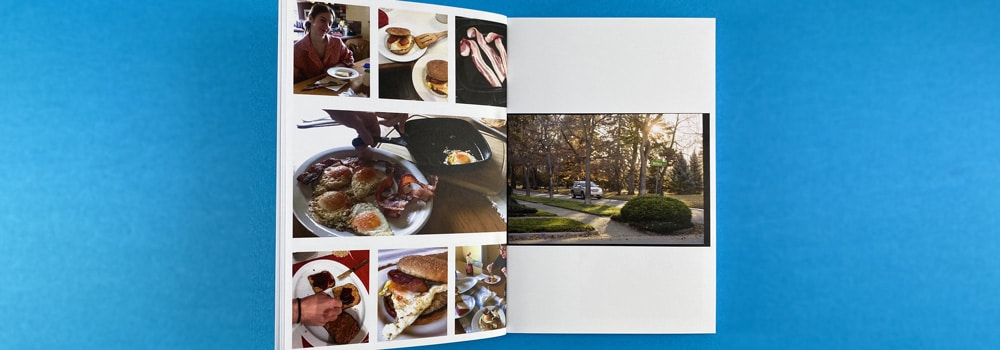
A5 booklets are incredibly versatile and perfect for a wide range of business needs. Their compact size and ample page space make them a go-to choice for various purposes. Whether you're looking to advertise your brand through postcards, flyers, leaflets, or a newsletter, showcase your products, or provide detailed manuals and guides, A5 booklets have got you covered.
Think of them as the ultimate multi-tasker in your marketing toolkit. They’re small enough to be easily carried around but large enough to hold all the essential information you want to share. So, let’s dive into how A5 booklets can boost your business and help you connect with your audience effectively.
A5 booklets are one of the fantastic marketing materials you’ll need! Their handy size is perfect for sharing important information about your business without the bulk of larger posters. You can distribute them at trade shows, exhibitions, or even in stores, and they’re easy for customers to carry around and read later.
Whether you leave them at a help desk or hand them out door-to-door, A5 booklets can boost your brand’s visibility and make your advertising campaigns more effective. They’re a smart, portable way to get your message into the hands of potential customers.
A5 booklets are perfect for product catalogues. They let you showcase a wide range of products in a neat and attractive way. Even though they’re compact, they have enough space for detailed product lists, high-quality images, and key information.
These high quality booklets offer a fun-sized, effective way to present your products, making it easy for customers to browse through your offerings. Adding colour pages can make your catalogue even more eye-catching, blending great visuals with essential details to create a truly appealing package.
Five booklets are perfect for manuals and guides. Their size strikes the right balance, offering enough space for detailed illustrations and instructions while remaining easy to handle. Whether you need a training manual for your team or an equipment guide for users, A5 booklets are a great choice.
You can opt for coloured or black-and-white pages for exceptional print quality, depending on what best highlights the important information. This flexibility ensures that your manuals and guides are not only informative but also user-friendly, making it easier for readers to understand and follow along.You can check out this video for information on different creative uses of booklet printing and more.
To estimate A5 booklet printing costs, consider factors like quantity discounts, booklet design, and whether you choose online or local printing. While some costs are clear, others depend on various factors. Let’s break down these details to get a clearer picture.
Quantity discounts can significantly reduce the cost of book printing A5 booklets. The more you print, the lower the cost per unit, which is great for large-scale advertising or promotions. However, buying in bulk might not be ideal for short-term needs or frequently changing content. Weigh the benefits against storage and future needs before committing to large orders.
Choosing between online and local print shops can really impact your A5 booklet costs. Online printers often offer better rates and more options because they have lower overheads and serve a larger customer base. Plus, you can easily compare prices. Local print shops, however, can provide personalised service and fast turnaround without delay in the delivery date. Weigh the benefits of each based on your needs, budget, and timeline.
Customisation can really make your A5 printed booklet stand out, but it usually costs more. Extras like special paper, unique binding options, embossing, and custom designs add to the cost but can boost your booklet’s look and effectiveness. Professional design services can also ramp up expenses but may be worth it if you’re aiming for a strong impact on your audience.
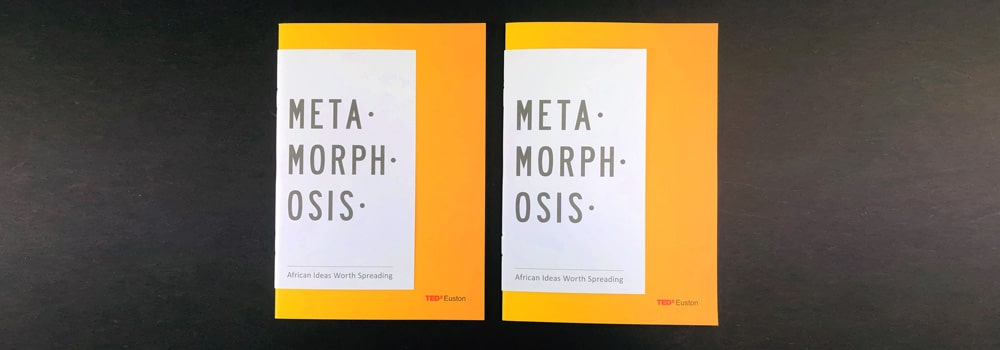
To help you manage your printing expenses, we’ll explore several cost-saving tips. We’ll cover strategies like choosing the right printer, the perks of bulk ordering, and effective design principles.
Choosing the right printer can make or break your A5 booklet project. High-end printers offer great quality but at a higher cost, while budget printers may lack in quality or options. Research your options—read reviews, order sample prints, and check for special discounts. Also, consider delivery time and location, as distant printers might add extra shipping costs or delays. Find a printer that balances quality and cost to fit your needs.
In the printing world, ordering in bulk can lead to big savings. Larger orders often come with significant discounts because the cost of setup and design is spread across more booklets. This works well for content with a long shelf life. However, for content that changes frequently or is time-sensitive, bulk ordering can lead to waste, negating the savings. So, weigh the benefits of discounts against potential wastage to make the best choice.
A professionally designed booklet doesn't always require an outsized budget. By implementing a few smart design principles, you could create an impact without denting your pocket. Here are some tips to optimise design without escalating costs:
Experiment with digital design tools available online to minimise professional designer charges. Use templates where possible and then add personalised touches to tailor them to your brand.
For top-notch A5 booklet printing at great rates, ExWhyZed is your go-to choice! We offer extensive customisation options, including page colour, binding, finishes, and materials. Our pricing adjusts based on your selections, ensuring you get the best value.
Get a quick cost estimate using our online project builder. Just enter your booklet’s details, and we’ll provide a quote. For more information or to start your project, email hello@exwhyzed.com. Let’s make your printing project a success!
Printing A5 booklets involves several key decisions that impact cost and quality. From choosing the right paper and finishes to selecting between online and local printers, each choice affects your budget. By balancing these factors and applying cost-effective design strategies, you can create a booklet that meets your goals and impresses your audience while staying within your budget. Use this guide to make informed decisions and achieve a successful, cost-effective printing project.
The cost varies significantly depending on various factors, like paper type, page count, and colour options. As an estimate, basic A5 booklet printing can start at around £58 for an order of 25 copies, with prices escalating based on additional customisations or higher quantities.
The overall cost of booklet printing depends heavily on factors like the number of pages, paper quality, ink used, perfect binding style, etc. A Standard A5 booklet’s printing starts from approximately £58 for a minimum order, with costs rising for more extensive or premium selections.
Several factors impact the cost of A5 booklet printing, including the number of pages, paper type and quality, colour and ink usage, finish options, and binding style. The chosen printer's pricing structure, quantity discounts, and any additional services like customisation or design could also significantly affect the costs.
Saddle-stitched (or stapled) binding style is often the most affordable option, given its minimalist approach with merely a few staples along the spine. However, the ideal binding style should be chosen as per the intended use and desired durability of the booklet.
Turnaround times are primarily dependent on your chosen printer and their specific production schedules. On average, it can range from a few days to a couple of weeks, though express services might offer quicker turnarounds at an additional cost.
Digital printing serves as a cost-effective alternative to traditional offset printing, particularly for short runs or customised printing requirements. With reduced setup costs and quicker turnaround times, digital printing can offer considerable savings without compromising on quality.
Keeping content concise, limiting colour usage, optimising space usage, and leveraging available design templates or digital design tools can significantly reduce design-related costs. Additionally, matching the design complexity to the booklet’s purpose and audience can avoid unnecessary expenditure.
Choosing the right art print size can be tricky. A piece that's too small may go unnoticed, while an oversized one can overpower a space, leaving both artists and buyers frustrated.
For buyers, it can be hard to decide what size works best. Figuring out how it fits with your décor, understanding aspect ratios, and factoring in framing costs can feel overwhelming.
But don't worry—this blog will guide you through everything you need to know about print sizes, helping you choose one that fits perfectly and enhances your space. Let's make art simple and stunning!
Alt text: So Young Magazine Printing: A Confluence of Music, Art, and Exceptional Print Quality
Art prints come in various sizes to suit different tastes and needs. Starting from around 4” x 6”, small prints work well as intimate pieces, perfect for cosy corners or as part of a gallery wall.
Medium-sized prints, up to 11” x 14”, provide more visual impact while still being adaptable to various settings. Large prints, typically from 20” x 30”, make bold, attention-grabbing statement pieces in spacious environments. By offering a range of sizes for image options, understanding these dimensions and choosing the right size for different artwork types is key to their aesthetic appeal and commercial success.
For those looking to make a bigger impression, A2 poster printing (420mm x 594mm) is a popular choice, offering a versatile size ideal for displaying impactful artwork without overwhelming the space.

Small, medium, and large art prints offer different options. Small prints, starting at 4” x 6”, are similar to postcard size and work well in personal spaces like bookshelves or grouped with other pieces on larger walls.
Medium prints, up to 11” x 14”, balance impact and versatility, making them ideal for living rooms, above dressers, or in office corridors.
Large prints, starting around 20” x 30”, are made to stand out. They showcase intricate details and create a strong visual experience, perfect for bigger rooms or statement walls. Understanding the differences between these sizes and where they fit best helps artists and sellers appeal to a broader audience with varying design needs.

Standard sizes are generally agreed-upon dimensions used by artists, galleries, and printers, including various paper sizes. You might notice these best sizes when buying frames or mats for your art gallery walls. They are practical, as custom-fitting for unusual sizes can hike prices and make it harder to accommodate in common spaces. Some of the popular standard art print sizes include:
| Size (Inches) | Ideal Settings |
| 5 x 7 | Perfect for intimate displays on bedside tables or bookshelves. |
| 8 x 10 | Fits well in living rooms, above dressers, or in office spaces. |
| 11 x 14 | Suitable for larger areas such as homes, offices, and galleries. |
| 16 x 20 | Ideal for making impactful pieces in spacious rooms. |
| 18 x 24 | Commonly used for bold wall art in homes and galleries. |
| 20 x 30 | Great for dramatic displays, serving as the focal point of a room. |
These art print sizes offer a great starting point for artists and sellers. They fit into standard frames, cater to common space dimensions, and can be scaled according to customers' preferences, allowing a wider audience to enjoy them. Maintaining these standardised sizes is crucial in ensuring art prints find their place in varied settings without much hassle. It eases the framing process and optimises the print quality.
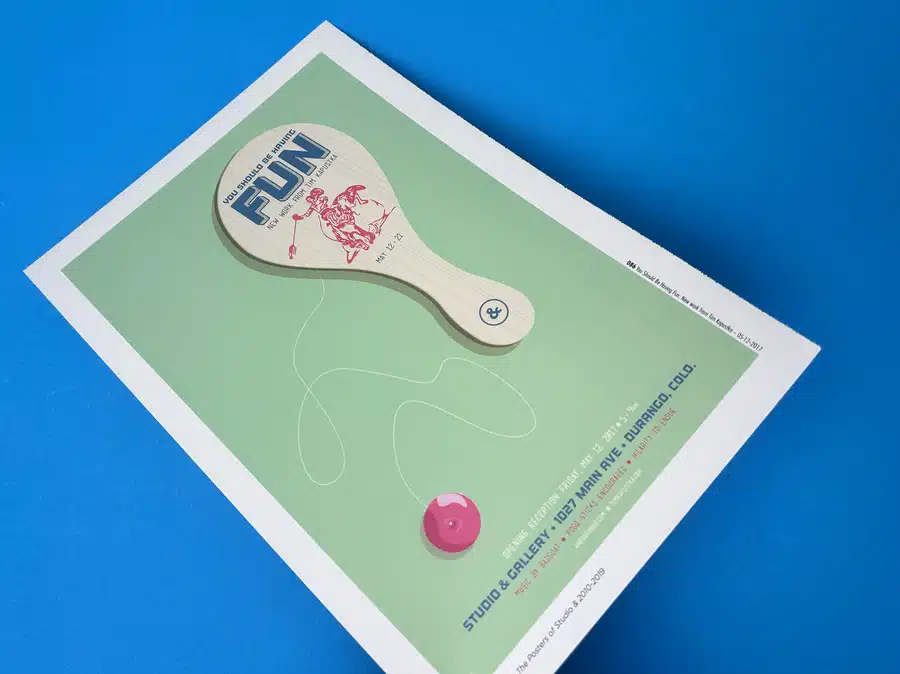
Certain print sizes, including common sizes such as 8x10 inches, 11x14 inches, and 18x24 inches, stand out due to their versatility and the availability of standard frames. They offer a range of visual impact that works well in homes, offices, and galleries. Review these sizes, reviewing their benefits, ideal placements, and typical price points.
Smaller prints, such as 5” x 7”, 6” x 8”, and 8” x 10”, are popular for their charm and flexibility. They are often chosen for capturing intimate moments like portraits, close-up details, or personal artistic expressions. Their compact size makes them perfect for small spaces such as desks, bookshelves, or as part of a gallery wall.
| Size (Inches) | Advantages | Ideal Settings |
| 5 x 7 | Affordable, captures intimate moments | Perfect for bedside tables, bookshelves, or grouped with other artworks. |
| 6 x 8 | More room to showcase work without overwhelming a space. | Fits well on end tables or mantelpieces or as part of a larger wall collage. |
| 8 x 10 | A broader canvas without requiring much wall space. | Ideal for walls, above dressers, or even in dining spaces. |
These small art sizes typically command a lower price range due to their dimensions, making them accessible for those with limited wall space or tighter budgets.
Medium-sized fine art prints strike an attractive balance between size and versatility. Measurements of 8” x 12”, 10” x 10”, and 11” x 14” are commonly sought after.
| Size (Inches) | Advantages | Ideal Settings |
| 8 x 12 | Favoured for landscapes and panoramic shots. | Suitable for living room feature walls or office corridors. |
| 10 x 10 | Offers a sense of balance, favoured for abstracts and contemporary art. | Exquisite for gallery walls or shared workspaces. |
| 11 x 14 | Provides ample space for detailed work. | Beautiful in bedrooms or professional offices. |
These prints are neither too large nor too small and can seamlessly fit into diverse settings, ranging from homes to offices.
Large prints excel at capturing attention. They offer a larger canvas for intricate details and strong visual experiences. Sizes often range from 18” x 24” to large square prints measuring 20” x 20”, up to even larger dimensions like 24” x 36”.
| Size (Inches) | Advantages | Ideal Settings |
| 18 x 24 | Suitable for intricate details and focal points. | Perfect for spacious bedrooms or galleries. |
| 20 x 20 | A harmonious blend of length and width. | Impressive in spacious living rooms or boardrooms. |
| 24 x 36 | Makes a strong visual statement. | Ideal for grand living spaces or star attractions of an exhibition. |
These large art print sizes are geared towards making a bold statement in driveways, meet-up spaces, and gallery halls.
Alt text: Artist Catalogue printing
In addition to size, the medium of a digital art print also plays a significant role in its overall impact and marketability. From traditional posters to innovative formats like canvas, aluminium, and acrylic prints, the choice of print type can significantly alter the appeal of an artwork. In this section, let's explore popular art print types that resonate with today's market trends.
Posters are a versatile and widely accessible form of fine art print. Often printed on paper, they provide an affordable way for art enthusiasts to incorporate high-quality artwork in their homes or offices. They can feature a wide spectrum of subjects, including classic artworks, modern designs, personalised quotes and more.
This combination of versatility, accessibility, and adaptability makes posters a widely popular choice among various art print types.
A2 poster printing (420mm x 594mm) is popular for those seeking something larger but not overwhelming. It provides a striking balance between size and impact, making it ideal for displaying bold designs or intricate artwork in home or office settings. Standard frame availability for A2 posters also adds to its appeal, making it a convenient and attractive choice.
Whilst not being a service we offer at Ex Why Zed, canvas prints can mimic the texture and look of traditional paintings, adding a touch of sophistication to any space. The process involves printing the image directly onto canvas material, which is then stretched and mounted onto a wooden frame. Perfect for showcasing art pieces in galleries and homes, Canvas prints offer several benefits:
Canvas prints, with their elevated aesthetic charm and longevity, make an alluring addition to any art collection, supplementing the overall appeal of an artwork.
Aluminium prints, also known as metal prints, are gaining popularity for their crisp, vibrant, and modern aesthetic. By infusing inks into specially coated aluminium sheets, aluminium prints offer vividly coloured and durable images. Suitable for both indoor and outdoor displays, they provide:
The appealing visuals, longevity, and modern look make aluminium prints a trendy choice among art print types.
You can also Check out Ex Why Zed's print portfolio.
Acrylic prints deliver a high-end, contemporary display option that enhances colours and depth. The image is printed on high-quality photographic paper and then encapsulated between acrylic glass sheets. Here are a few advantages:
With bold colours, striking depth, and an extravagant look, acrylic prints stand out in the print market.
For high-quality art print sizes and A2 poster printing, Ex Why Zed is your go-to solution. We offer many options, ensuring your artwork looks stunning in any size. Our services cater to personal and professional needs, whether you’re after small, medium, or large prints. Besides, our A2 poster printing perfectly balances size and impact for bold displays. You can get a quote for a2 poster here.
Understanding art print sizes is key to enhancing the artistic value, commercial success, and viewer reception of your work. The right size, medium, and display can create a harmonious visual experience, making your piece more appealing and impactful.
Whether you choose small, medium, or large prints, selecting the correct size can elevate your artwork. Pairing it with quality reproductions, proper framing, and thoughtful placement boosts its aesthetic and monetary value. Balancing artistic vision with market demands is crucial for artists and sellers’ success in the art world.
The size of your art prints largely depends on the nature of your artwork and your target market. When deciding on the print size, consider factors like the detail level of your work, the potential display settings, and your audience’s preferences.
While there isn't a definitive 'best' size, some commonly popular and sought-after sizes for art prints include 8”x10”, 11”x14”, and 18”x24”. These sizes offer versatility and fit well in various settings, making them a commonly preferred choice among buyers.
Understanding standard art print sizes can help streamline production, ensure better print quality, and simplify framing and displaying artwork. It also allows artists to cater to a broader audience by offering their work in sizes that are preferred and commonly sought after in the market.